Spiro[3H-indole-3,2'-pyrrolidin]-2(1H)-one compounds and derivatives as MDM2-P53 inhibitors
Weinstabl , et al.
U.S. patent number 10,576,064 [Application Number 14/790,032] was granted by the patent office on 2020-03-03 for spiro[3h-indole-3,2'-pyrrolidin]-2(1h)-one compounds and derivatives as mdm2-p53 inhibitors. This patent grant is currently assigned to Boehringer Ingelheim International GmbH. The grantee listed for this patent is Boehringer Ingelheim International GmbH. Invention is credited to Andreas Gollner, Juergen Ramharter, Harald Weinstabl, Tobias Wunberg.

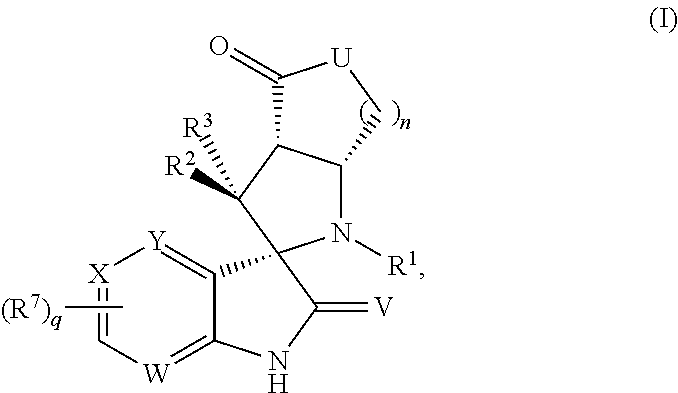




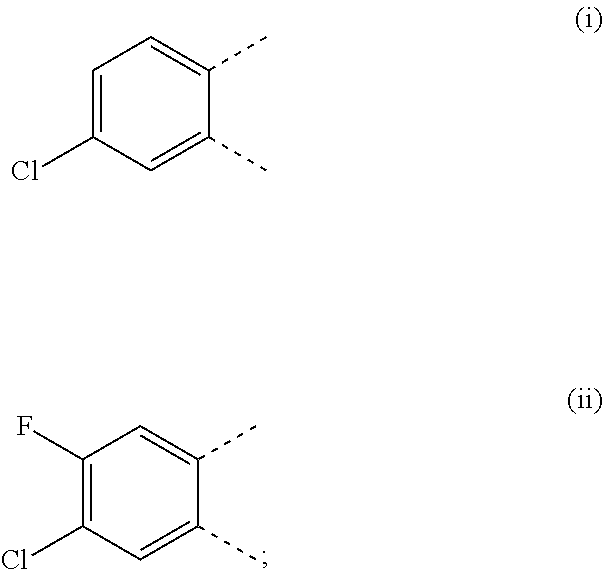





View All Diagrams
| United States Patent | 10,576,064 |
| Weinstabl , et al. | March 3, 2020 |
Spiro[3H-indole-3,2'-pyrrolidin]-2(1H)-one compounds and derivatives as MDM2-P53 inhibitors
Abstract
The present invention relates to compounds of formula (I) ##STR00001## wherein the groups R.sup.1 to R.sup.3, R.sup.7, U, V, W, X, Y, n and q are as defined herein, their use as inhibitors of MDM2-p53 interaction, pharmaceutical compositions which contain compounds of this kind, their use as medicaments, especially as agents for treatment and/or prevention of oncological diseases and synthetic intermediates.
| Inventors: | Weinstabl; Harald (Vienna, AT), Gollner; Andreas (Vienna, AT), Ramharter; Juergen (Vienna, AT), Wunberg; Tobias (Hinterbruehl, AT) | ||||||||||
|---|---|---|---|---|---|---|---|---|---|---|---|
| Applicant: |
|
||||||||||
| Assignee: | Boehringer Ingelheim International
GmbH (Ingelheim am Rhein, DE) |
||||||||||
| Family ID: | 51033079 | ||||||||||
| Appl. No.: | 14/790,032 | ||||||||||
| Filed: | July 2, 2015 |
Prior Publication Data
| Document Identifier | Publication Date | |
|---|---|---|
| US 20160000764 A1 | Jan 7, 2016 | |
Foreign Application Priority Data
| Jul 3, 2014 [EP] | 14175620 | |||
| Current U.S. Class: | 1/1 |
| Current CPC Class: | A61K 31/635 (20130101); A61K 31/427 (20130101); A61P 29/00 (20180101); C07D 471/20 (20130101); C07D 487/20 (20130101); A61P 35/00 (20180101); A61P 37/06 (20180101); A61P 43/00 (20180101); C07D 471/22 (20130101); A61K 31/437 (20130101); C07D 491/20 (20130101); A61K 45/06 (20130101); A61K 31/407 (20130101); A61P 31/04 (20180101) |
| Current International Class: | A61K 31/437 (20060101); A61K 45/06 (20060101); A61K 31/427 (20060101); A61K 31/635 (20060101); C07D 487/20 (20060101); A61K 31/407 (20060101); C07D 491/20 (20060101); C07D 471/22 (20060101); C07D 471/20 (20060101) |
| Field of Search: | ;546/15 |
References Cited [Referenced By]
U.S. Patent Documents
| 8119623 | February 2012 | Burdack et al. |
| 9045414 | June 2015 | Burdack et al. |
| 10138251 | November 2018 | Gollner et al. |
| 10144739 | December 2018 | Gollner et al. |
| 10246467 | April 2019 | Ramharter et al. |
| 2010/0075949 | March 2010 | Burdack et al. |
| 2011/0319378 | December 2011 | Bartberger et al. |
| 2012/0071499 | March 2012 | Chu et al. |
| 2012/0122839 | May 2012 | Burdack et al. |
| 2015/0291611 | October 2015 | Gollner et al. |
| 2016/0052938 | February 2016 | Ramharter et al. |
| 2017/0174695 | June 2017 | Gollner et al. |
| 2017/0247394 | August 2017 | Ramharter et al. |
| 2018/0273541 | September 2018 | Gollner et al. |
| 2018/0291030 | October 2018 | Gollner et al. |
| 102443004 | May 2012 | CN | |||
| 103910746 | Jul 2014 | CN | |||
| 2008531504 | Aug 2008 | JP | |||
| 2008531542 | Aug 2008 | JP | |||
| 2012502887 | Feb 2012 | JP | |||
| 2012162550 | Aug 2012 | JP | |||
| 2012524745 | Oct 2012 | JP | |||
| 2013530958 | Aug 2013 | JP | |||
| 9912904 | Mar 1999 | WO | |||
| 2006090261 | Aug 2006 | WO | |||
| 2006090646 | Aug 2006 | WO | |||
| 2006091646 | Nov 2006 | WO | |||
| 2010028862 | Mar 2010 | WO | |||
| 2010121995 | Oct 2010 | WO | |||
| 2012038307 | Mar 2012 | WO | |||
| 2012116989 | Sep 2012 | WO | |||
| 2015155332 | Oct 2015 | WO | |||
| 2016001376 | Jan 2016 | WO | |||
| 2016027195 | Feb 2016 | WO | |||
Other References
|
Matthew Marx et al , 1997, Synthetic Design for Combinatorial Chemistry. pp. 6153-6167. cited by examiner . Stucture based Design of Potent Non-peptide MDM2 inhibitors, Ke Ding et al (Year: 2005). cited by examiner . Abstract in English for NPL: Li, B. et al., "Molecular Docking, QSAR and Molecular Dynamics Simulation on Spiro-oxindoles as MDM2 Inhibitors." Acta Chimica Sinica, 2013, vol. 71, No. 10, p. 1396. cited by applicant . Chen, G. et al., "Spiro[pyrrolidine-2,3'-oxindole] derivatives synthesized by novel regionselective 1,3-dipolar cycloadditions." Molecular Diversity, 2011, vol. 16, No. 1, pp. 151-156. cited by applicant . European Search Report for EP 14175620.5 dated Aug. 8, 2014. cited by applicant . International Search Report and Written Opinion for PCT/EP2015/057839 dated May 15, 2015. cited by applicant . International Search Report and Written Opinion for PCT/EP2015/069174 dated Sep. 22, 2015. cited by applicant . Krzysztof, A. et al., "Mdm2 and MdmX inhibitors for the treatment of cancer: a petent review (2011-present)." Expert Opinion on Therapeutic Patents, 2013, vol. 23, No. 4, pp. 425-448. cited by applicant . Li, B. et al., "Molecular Docking, QSAR and Molecular Dynamics Simulation on Spiro-oxindoles as MDM2 Inhibitors." Acta Chimica Sinica, 2013, vol. 71, No. 10, pp. 1396-1403. cited by applicant . Marx, M. et al., "Synthetic Design for Combinatorial Chemistry. Solution and Polymer-Supported Synthesis of Polycyclic Lactams by Intramolecular Cyclization of Azomethine Ylides." Journal of the American Chemical Society, 1997, vol. 119, No. 26, pp. 6153-6167. cited by applicant . International Search Report and Written Opinion for PCT/EP2015/065134 dated Jul. 27, 2015. cited by applicant . Ding et al., Structure-Based Design of Spiro-oxindoles as Potent, Specific Small-Molecule Inhibitors of the MDM2-p53 Interaction, J. Med. Chem, 2006, 49, pp. 3432-3435. cited by applicant . International Search Report and Written Opinion for corresponding application PCT/EP2016/074008, dated Nov. 3, 2016. cited by applicant . Tisato, MDM2/X inhibitors under clinical evaluation: perpspectives for the mamagement of hematological malignancies and pediatric cancer, Journal of Hematology and Oncology, 2017, vol. 10, p. 1-17. cited by applicant . Kojima, Pharmacological activation of wild-type p53 in the therapy of leukemia, Exp. Hematol. 2016, p. 791-798. cited by applicant . Cecil Textbook of Medicine, edited by Bennet, J.C., 20th Edition, vol. 1, 1004-1010, 1996. cited by applicant . Freshney, Culture of Animal Cells, A Manual of Basic Technique, Liss, Inc., 1983, p. 4. cited by applicant . Dermer, Another Anniversary for the war on Cancer, Bio/Technology, 1994, vol. 12, p. 320-328. cited by applicant . Golub, Molecular Classification of Cancer: Class Discovery and Class Prediction by Gene Expression Monitoring, Science, vol. 286, 1999, p. 531-537. cited by applicant . U.S. Appl. No. 61/096,964, filed Sep. 15, 2008, Christoph Burdack. cited by applicant . U.S. Appl. No. 16/005,316, filed Jun. 11, 2018. Inventor: Andreas Gollner. cited by applicant . U.S. Appl. No: 16/003,232, filed Jun. 8, 2018. Inventor: Andreas Gollner. cited by applicant . Chemical Abstracts Service, 2006, Accession No. 897585-13-6. cited by applicant . Chemical Abstracts Service, 2006, Accession No. 897585-15-8. cited by applicant . Chemical Abstracts Service, 2006, Accession No. 897585-17-0. cited by applicant . Dandia, Reaction of Indole-2,3-Diones with 3-aminopropanol, Organic Preparations and Procedures, International, the New Journal for Organic Synthesis, 2003, vol. 35, No. 4, p. 433-438. cited by applicant . Waite, Reductive Amination of Substituted Indole-2,3-diones, J. Chem. Soc, 1970. p. 550-552. cited by applicant . Zak, Krzysztof et al. Mdm2 and MdmX inhibitors for the treatment of cancer: a patent review (2011-present), (2013) Expert Opinion on Therapeutic Patents, 23:4, 425-448. cited by applicant . Gollner et al., "Discovery of Novel Spiro[3H-indole-3,2'-pyrrolidin]2(1H)-one Compounds as Chemically Stable and Orally Active Inhibitors of the MDM2-p53 Interaction", J. Med Chem, 2016, 59, pp. 10147-10162. cited by applicant . Gollner et al., "Targeted Synthesis of Complex Spiro[3H-indole-3,2'- pyrrolidin]-2(1H)-ones by Intramolecular Cyclization of Azomethine Ylides: Highly Potent MDM2-p53 Inhibitors", Chem Med Chem, 2019, 14, pp. 88-93. cited by applicant . Li, Bo et al. "Molecular Docking, QSAR and Molecular Dynamics Simulation on Spiro-oxindoles as MDM2 Inhibitors" (2013) Shanghai Institute of Organic Chemistry, Chinese Academy of Sciences, vol. 71, 1396-1403. cited by applicant . Abstract in English for CN102443004, May 9, 2012. cited by applicant . Kaur et al., "Synthesis and biological activity of 4-aryl-3-bezoyl-5-phenylspiro [pyrrolidine-2.3'-indolin]-2'-one derivatives as novel potent inhibitors of advanced glycation end product", European Journal of Chemistry, 2014, vol. 79, pp. 282-289. cited by applicant. |
Primary Examiner: Desai; Rita J
Attorney, Agent or Firm: Datlow; Philip I.
Claims
What is claimed is:
1. A compound of formula (I) ##STR00426## wherein R.sup.1 is C.sub.1-6alkyl, optionally substituted by a group selected from the group consisting of C.sub.3-6cycloalkyl, phenyl and 5-6 membered heteroaryl, wherein said C.sub.3-6cycloalkyl, phenyl or 5-6 membered heteroaryl is optionally substituted by one or more, identical or different R.sup.d1 and/or R.sup.e1; each R.sup.d1 is independently selected from the group consisting of --OR.sup.e1, --NR.sup.e1R.sup.e1, halogen, --CN, --C(O)R.sup.e1, --C(O)OR.sup.e1, --C(O)NR.sup.e1R.sup.e1, --S(O).sub.2R.sup.e1, --S(O).sub.2NR.sup.e1R.sup.e1, --NHC(O)R.sup.e1 and --N(C.sub.1-4alkyl)C(O)R.sup.e1; each R.sup.e1 independently of one another denotes hydrogen or a group selected from the group consisting of C.sub.1-6 alkyl, C.sub.2-6 alkenyl, C.sub.2-6 alkynyl, C.sub.1-6 haloalkyl, C.sub.3-6cycloalkyl, C.sub.4-6cycloalkenyl, phenyl, 5-6 membered heteroaryl and 3-7 membered heterocyclyl; or R.sup.1 is C.sub.1-6 alkoxy-C.sub.1-6 alkyl or C.sub.1-6haloalkyl; R.sup.2 and R.sup.3: one of R.sup.2 and R.sup.3 is hydrogen and the other is selected from the group consisting of phenyl and 5-6 membered heteroaryl, wherein this phenyl and 5-6 membered heteroaryl is optionally substituted by one or more, identical or different R.sup.b2 and/or R.sup.c2; each R.sup.b2 is independently selected from the group consisting of --OR', --NR.sup.c2R.sup.c2, halogen, --CN, --C(O)R.sup.c2, --C(O)OR.sup.c2, --C(O)NR.sup.c2R.sup.c2, --S(O).sub.2R.sup.c2, --S(O).sub.2NR.sup.c2R.sup.c2, --NHC(O)R.sup.c2 and --N(C.sub.1-4alkyl)C(O)R.sup.c2; each R.sup.c2 independently of one another denotes hydrogen or a group selected from the group consisting of C.sub.1-6alkyl, C.sub.2-6alkenyl, C.sub.2-6alkynyl, C.sub.1-6haloalkyl, C.sub.3-6cycloalkyl, C.sub.4-6cycloalkenyl, phenyl, 5-6 membered heteroaryl and 3-7 membered heterocyclyl; U is NR.sup.5; R.sup.5 is a group, optionally substituted by one or more, identical or different R.sup.b4 and/or R.sup.c4, selected from the group consisting of C.sub.1-6alkyl, C.sub.6-10aryl and 5-10 membered heteroaryl; each R.sup.b4 is independently selected from the group consisting of --OR'', --NR.sup.c4R.sup.c4, halogen, --CN, --NO.sub.2, --C(O)R.sup.c4, --C(O)OR.sup.c4, --C(O)NR.sup.c4R.sup.c4, --C(O)NR.sup.g4OR.sup.c4, --C(O)C(O)OR.sup.c4, --S(O).sub.2R.sup.c4, --S(O).sub.2NR.sup.c4R.sup.c4, --NHSO.sub.2R.sup.c4, --N(C.sub.1-4 alkyl)SO.sub.2R.sup.c4, --NHC(O)R.sup.c4 and --N(C.sub.1-4alkyl)C(O)R.sup.c4; each R.sup.c4 independently of one another denotes hydrogen or a group, optionally substituted by one or more, identical or different R.sup.d4 and/or R.sup.e4, selected from the group consisting of C.sub.1-6alkyl, C.sub.1-6haloalkyl, C.sub.3-6cycloalkyl, C.sub.6-10aryl, 5-10 membered heteroaryl and 3-10 membered heterocyclyl; each R.sup.d4 is independently selected from the group consisting of --OR.sup.e4, --NR.sup.e4R.sup.e4, halogen, --CN, --C(O)R.sup.e4, --C(O)OR.sup.e4, --C(O)NR.sup.e4R.sup.e4, --C(O)NR.sup.g4OR.sup.e4, --OC(O)R.sup.e4, --S(O).sub.2R.sup.e4, --S(O).sub.2NR.sup.e4R.sup.e4, --NHC(O)R.sup.e4 and --N(C.sub.1-4alkyl)C(O)R.sup.e4; each R.sup.e4 independently of one another is selected from the group consisting of hydrogen, C.sub.1-6 alkyl, C.sub.3-6cycloalkyl, C.sub.6-10aryl, 5-10 membered heteroaryl and 3-10 membered heterocyclyl; R.sup.7 is halogen; q denotes the number 1 or 2; W, X and Y is each CH.dbd. with the proviso that the hydrogen in each CH.dbd. may be replaced by a substituent R.sup.7; V is oxygen or sulfur; n denotes the number 1, 2 or 3; or a salt thereof.
2. The compound according to claim 1 of formula (Ia) ##STR00427## or a salt thereof.
3. The compound according to claim 1 wherein one of R.sup.2 and R.sup.3 is hydrogen and the other is phenyl optionally substituted by one or more, identical or different substituents selected from the group consisting of --OC.sub.1-6 alkyl, halogen, C.sub.1-6alkyl and C.sub.1-6haloalkyl; or a salt thereof.
4. The compound according to claim 1 wherein, R.sup.3 is hydrogen; or a salt thereof.
5. The compound according to claim 1, wherein U is --NH--; or a salt thereof.
6. The compound according to claim 1, wherein V is oxygen; or a salt thereof.
7. The compound according to claim 1, wherein n is 1; or a salt thereof.
8. The compound according to claim 1, wherein n is 2; or a salt thereof.
9. A pharmaceutical composition comprising at least one compound according to claim 1, or a pharmaceutically acceptable salt thereof, and a pharmaceutically acceptable carrier.
10. The pharmaceutical composition of claim 9, further comprising at least one other cytostatic or cytotoxic active substance.
Description
The present invention relates to new spiro[3H-indole-3,2'-pyrrolidin]-2(1H)-one compounds and derivatives of formula (I)
##STR00002## wherein the groups R.sup.1 to R.sup.3, R.sup.7, U, V, W, X, Y, n and q have the meanings as defined herein, their use as inhibitors of MDM2-p53 interaction, pharmaceutical compositions which contain compounds of this kind, their use as medicaments, especially as agents for treatment and/or prevention of oncological diseases and synthetic intermediates.
BACKGROUND OF THE INVENTION
The tumor suppressor protein p53 is a sequence specific transcription factor and plays a central role in the regulation of several cellular processes, including cell cycle and growth arrest, apoptosis, DNA repair, senescence, angiogenesis, and innate immunity. The Mouse Double Minute 2 (MDM2) protein (or its human homolog also known as HDM2) acts to down-regulate p53 activity in an auto-regulatory manner, and under normal cellular conditions (absence of stress), the MDM2 protein serves to maintain p53 activity at low levels. MDM2 directly inhibits the transactivation function of p53, exports p53 out of the nucleus, and promotes proteasome-mediated degradation of p53 through its E3 ubiquitin ligase activity.
Deregulation of the MDM2/p53 balance by overexpression of MDM2 or by p53 mutation or loss leads to malignant transformation of normal cells. Presently p53 is known to play a key role in practically all types of human cancers, and the mutation or loss of the p53 gene can be identified in more than 50% of all human cancers worldwide. Analysis of 28 different types of human cancers in nearly 4,000 human tumor samples showed that MDM2 is amplified in 7% of human cancers and that MDM2 overexpression by amplification and p53 mutations are largely mutually exclusive (Momand et al., Nucleic Acid Res (1998) 26:3453-3459).
Because of the powerful tumor suppressor function of p53, reactivation of p53 has been long sought as a potentially novel cancer therapeutic strategy. In tumor harboring wild-type p53, MDM2 is the primary cellular inhibitor of p53 activity, and overexpression of MDM2 was found in many human tumors. Since MDM2 inhibits p53 through a direct protein-protein interaction, blocking this interaction using small molecules was pursued in several academic and industrial pharmaceutical laboratories in the last decade. A variety of non-peptide, drug-like small molecule as e.g. imidazole compounds (e.g. Nutlins or RG7112), benzodiazepinedione compounds, spirooxindole compounds (e.g. MI-219), substituted piperidines, pyrrolidinone compounds (e.g. PXN820-dl) and modifications thereof have been selected and designed in order to block MDM2/p53 interaction as a means to reactivate p53 in cells (Vassilev et al., Science (2004) 303:844-848; Grasberger et al., J Med Chem (2005) 48:909-912; Parks et al., Bioorg Med Chem Lett (2005) 15:765; Ding et al., J Am Soc (2005) 127:10130-10131; WO 2010/028862, U.S. Pat. No. 7,884,107, WO 2008/119741). A number of potent MDM2/p53 inhibitors have been evaluated in animal models of human cancer for their anti-tumor activity (Vassilev et al., Science (2004) 303:844-848; Tovar et al, Cancer Res (2013) 73 (8): 2587-2597; Ding et al, Journal of Medicinal Chemistry (2013) 56 (14): 5979-5983; Rew et al, Journal of Medicinal Chemistry (2012) 55: 4936-4954; Sun et al, Journal of Medicinal Chemistry (2014) 57 (4): 1454-1472).
In the pediatric preclinical testing program (PPTP) of the NCI, early evidence for high level anti-proliferative activity of RG7112, an inhibitor of the MDM2-p53 interaction, could be observed in vitro and in vivo. In particular, RG-7112 showed cytotoxic activity with lower median IC.sub.50 values for p53 wild-type vs. p53 mutant cell lines (Carol et al., Pediatric Blood and Cancer (2013) 60(4):633-641). Moreover, RG-7112 induced tumor growth inhibition in solid tumor xenograft models and was particularly efficacious in acute lymphoblastic leukemia (ALL) xenograft models with mixed-lineage leukemia (MLL) rearrangement, (Carol et al., Pediatric Blood and Cancer (2013) 60(4):633-641). Additionally, the antiproliferative and proapoptotic activity of RG7112 has been observed in human acute myeloid leukemia (AML) and human prostate tumor xenograft models harboring p53 wild-type (Tovar et al, Cancer Res (2013) 73 (8): 2587-2597).
Accordingly, small molecule inhibitors of the MDM2 protein interactions offer an important approach towards cancer therapy, either as a single agent, or in combination with a broad variety of anti-tumor therapies and thus, there is the need for further MDM2 inhibitors which can be useful in the treatment of cancer.
The following prior art documents disclose spiro oxindole compounds as inhibitors of MDM2-p53 interaction:
WO 2007/104664; WO 2007/104714; WO 2008/141917; WO 2008/141975; WO 2009/077357; WO 2009/080488; WO 2010/084097; WO 2010/121995; WO 2011/067185; WO 2011/101297; WO 2011/134925; WO 2012/038307; WO 2012/022707; WO 2012/116989; WO 2006/091646; WO 2008/036168; WO 2011/060049; WO 2012/065022; WO 2012/155066; WO 2010/028862; WO 2011/153509 and WO 2012/121361.
The aim of the present invention is to provide new compounds which can be used for the prevention and/or treatment of a disease and/or condition characterised by excessive or abnormal cell proliferation, especially a disease and/or condition wherein the inhibition of the interaction between MDM2 and p53 is of therapeutic benefit.
The compounds according to the invention are characterised by a powerful inhibitory effect on the interaction between MDM2 and p53 and in turn a high efficacy against tumour cells, e.g. osteosarcoma, ALL etc., which is mediated through the inhibition of the interaction between MDM2 and p53. In addition to the inhibitory effect and cellular potency the compounds show good PK properties and selectivity against p53 mutant cell lines. Furthermore, they have good metabolic stability and, in contrast to many compounds known in the prior art, good chemical stability, i.e. they are for example less prone to epimerisation, a problem identified for many known representatives of spiro oxindoles in the prior art (see e.g. Zhao et al. J. Am. Chem. Soc 2013, 135, 7223-7234; Shu et al. Org. Process Res. Dev. 2013, 17, 247-256; WO 2012/065022).
DETAILED DESCRIPTION OF THE INVENTION
It has now been found that, surprisingly, compounds of formula (I) wherein the groups R.sup.1 to R.sup.3, R.sup.7, U, V, W, X, Y, n and q have the meanings given hereinafter act as inhibitors of the interaction of specific proteins which are involved in controlling cell proliferation. Thus, the compounds according to the invention may be used for example for the treatment of diseases connected with this protein-protein interaction and characterised by excessive or abnormal cell proliferation.
The present invention therefore relates to a compound of formula (I)
##STR00003## wherein [A0] R.sup.1 is a group, optionally substituted by one or more, identical or different R.sup.b1 and/or R.sup.c1, selected from among C.sub.1-6alkyl, C.sub.2-6alkenyl, C.sub.2-6alkynyl, C.sub.1-6haloalkyl, C.sub.3-6cycloalkyl, C.sub.4-6cycloalkenyl, C.sub.6-10aryl, 5-10 membered heteroaryl and 3-10 membered heterocyclyl; each R.sup.b1 is independently selected from among --OR.sup.c1, --NR.sup.c1R.sup.c1, halogen, --CN, --C(O)R.sup.c1, --C(O)OR.sup.c1, --C(O)NR.sup.c1R.sup.c1, --S(O).sub.2R.sup.c1, --S(O).sub.2NR.sup.c1R.sup.c1, --NHC(O)R.sup.c1 and --N(C.sub.1-4alkyl)C(O)R.sup.c1; each R.sup.c1 independently of one another denotes hydrogen or a group, optionally substituted by one or more, identical or different R.sup.d1 and/or R.sup.e1, selected from among C.sub.1-6alkyl, C.sub.2-6alkenyl, C.sub.2-6alkynyl, C.sub.1-6haloalkyl, C.sub.3-6cycloalkyl, C.sub.4-6cycloalkenyl, C.sub.6-10aryl, 5-10 membered heteroaryl and 3-10 membered heterocyclyl; each R.sup.d1 is independently selected from among --OR.sup.e1, --NR.sup.e1R.sup.e1, halogen, --CN, --C(O)R.sup.e1, --C(O)OR.sup.e1, --C(O)NR.sup.e1R.sup.e1, --S(O).sub.2R.sup.e1, --S(O).sub.2NR.sup.e1R.sup.e1, --NHC(O)R.sup.e1 and --N(C.sub.1-4alkyl)C(O)R.sup.e1; each R.sup.e1 independently of one another denotes hydrogen or a group, optionally substituted by one or more, identical or different R.sup.f1 and/or R.sup.g1, selected from among C.sub.1-6alkyl, C.sub.2-6alkenyl, C.sub.2-6alkynyl, C.sub.1-6haloalkyl, C.sub.3-6cycloalkyl, C.sub.4-6cycloalkenyl, C.sub.6-10aryl, 5-10 membered heteroaryl and 3-10 membered heterocyclyl; each R.sup.f1 is independently selected from among --OR.sup.g1, --NR.sup.g1R.sup.g1, halogen, --CN, --C(O) R.sup.g1, --C(O)OR.sup.g1, --C(O)NR.sup.g1R.sup.g1, --S(O).sub.2R.sup.g1, --S(O).sub.2NR.sup.g1R.sup.g1, --NHC(O)R.sup.g1 and --N(C.sub.1-4alkyl)C(O)R.sup.g1; each R.sup.g1 is independently selected from among hydrogen, C.sub.1-6alkyl, C.sub.2-6alkenyl, C.sub.2-6alkynyl, C.sub.1-6haloalkyl, C.sub.3-6cycloalkyl, C.sub.4-6cycloalkenyl, C.sub.6-10aryl, 5-10 membered heteroaryl and 3-10 membered heterocyclyl; [B0] R.sup.2 and R.sup.3, each independently, is selected from among hydrogen, C.sub.6-10aryl, 5-10 membered heteroaryl and 3-10 membered heterocyclyl, wherein this C.sub.6-10aryl, 5-10 membered heteroaryl and 3-10 membered heterocyclyl is optionally substituted by one or more, identical or different R.sup.b2 and/or R.sup.c2; each R.sup.b2 is independently selected from among --OR.sup.c2, --NR.sup.c2R.sup.c2, halogen, --CN, --C(O)R.sup.c2, --C(O)OR.sup.c2, --C(O)NR.sup.c2R.sup.c2, --S(O).sub.2R.sup.c2, --S(O).sub.2NR.sup.c2R.sup.c2, --NHC(O)R.sup.c2 and --N(C.sub.1-4alkyl)C(O)R.sup.c2; each R.sup.c2 independently of one another denotes hydrogen or a group, optionally substituted by one or more, identical or different R.sup.d2 and/or R.sup.e2, selected from among C.sub.1-6alkyl, C.sub.2-6alkenyl, C.sub.2-6alkynyl, C.sub.1-6haloalkyl, C.sub.3-6cycloalkyl, C.sub.4-6cycloalkenyl, C.sub.6-10aryl, 5-10 membered heteroaryl and 3-10 membered heterocyclyl; each R.sup.d2 is independently selected from among --OR.sup.e2, --NR.sup.e2R.sup.e2, halogen, --CN, --C(O)R.sup.e2, --C(O)OR.sup.e2, --C(O)NR.sup.e2R.sup.e2, --S(O).sub.2R.sup.e2, --S(O).sub.2NR.sup.e2R.sup.e2, --NHC(O)R.sup.e2 and --N(C.sub.1-4alkyl)C(O)R.sup.e2; each R.sup.e2 independently of one another denotes hydrogen or a group selected from among C.sub.1-6alkyl, C.sub.2-6alkenyl, C.sub.2-6alkynyl, C.sub.1-6haloalkyl, C.sub.3-6cycloalkyl, C.sub.4-6cycloalkenyl, C.sub.6-10aryl, 5-10 membered heteroaryl and 3-10 membered heterocyclyl; [C0] U is selected from among --O-- and --NR.sup.5--; R.sup.5 is hydrogen or a group, optionally substituted by one or more, identical or different R.sup.b4 and/or R.sup.c4, selected from among C.sub.1-6alkyl, C.sub.2-6alkenyl, C.sub.2-6alkynyl, C.sub.1-6haloalkyl, C.sub.3-6cycloalkyl, C.sub.4-6cycloalkenyl, C.sub.6-10aryl, 5-10 membered heteroaryl and 3-10 membered heterocyclyl; each R.sup.b4 is independently selected from among --OR.sup.c4, --NR.sup.c4R.sup.c4, halogen, --CN, --NO.sub.2, --C(O)R.sup.c4, --C(O)OR.sup.c4, --C(O)NR.sup.c4R.sup.c4, --C(O)NR.sup.g4OR.sup.c4, --C(O)C(O)OR.sup.c4, --S(O).sub.2R.sup.c4, --S(O).sub.2NR.sup.c4R.sup.c4, --NHSO.sub.2R.sup.c4, --N(C.sub.1-4alkyl)SO.sub.2R.sup.c4, --NHC(O)R.sup.c4 and --N(C.sub.1-4alkyl)C(O) R.sup.c4; each R.sup.c4 independently of one another denotes hydrogen or a group, optionally substituted by one or more, identical or different R.sup.d4 and/or R.sup.e4, selected from among C.sub.1-6alkyl, C.sub.2-6alkenyl, C.sub.2-6alkynyl, C.sub.1-6haloalkyl, C.sub.3-6cycloalkyl, C.sub.4-6cycloalkenyl, C.sub.6-10aryl, 5-10 membered heteroaryl and 3-10 membered heterocyclyl; each R.sup.d4 is independently selected from among --OR.sup.e4, --NR.sup.e4R.sup.e4, halogen, --CN, --C(O)R.sup.e4, --C(O)OR.sup.e4, --C(O)NR.sup.e4R.sup.e4, --C(O)NR.sup.g4OR.sup.e4, --OC(O)R.sup.e4, --S(O).sub.2R.sup.e4, --S(O).sub.2NR.sup.e4R.sup.e4, --NHC(O)R.sup.e4 and --N(C.sub.1-4alkyl)C(O)R.sup.e4; each R.sup.e4 independently of one another denotes hydrogen or a group, optionally substituted by one or more, identical or different R.sup.f4 and/or R.sup.g4, selected from among C.sub.1-6alkyl, C.sub.2-6alkenyl, C.sub.2-6alkynyl, C.sub.1-6haloalkyl, C.sub.3-6cycloalkyl, C.sub.4-6cycloalkenyl, C.sub.6-10aryl, 5-10 membered heteroaryl and 3-10 membered heterocyclyl; each R.sup.f4 is independently selected from among --OR.sup.g4, --NR.sup.g4R.sup.g4, halogen, --CN, --C(O)R.sup.g4, --C(O)OR.sup.g4, --C(O)NR.sup.g4R.sup.g4, --C(O)NR.sup.g4 OR.sup.g4, --S(O).sub.2R.sup.g4, --S(O).sub.2NR.sup.g4R.sup.g4, --NHC(O)R.sup.g4 and --N(C.sub.1-4alkyl)C(O)R.sup.g4; each R.sup.g4 is independently selected from among hydrogen, C.sub.1-6alkyl, C.sub.2-6alkenyl, C.sub.2-6alkynyl, C.sub.1-6haloalkyl, C.sub.3-6cycloalkyl, C.sub.4-6cycloalkenyl, C.sub.6-10aryl, 5-10 membered heteroaryl and 3-10 membered heterocyclyl; [D0] each R.sup.7 is independently selected from among halogen, C.sub.1-4alkyl, --CN, C.sub.1-4haloalkyl, --OC.sub.1-4alkyl and --OC.sub.1-4haloalkyl; q denotes the number 0, 1, 2 or 3; [E0] W, X and Y is each independently selected from --N.dbd. and --CH.dbd. with the proviso that the hydrogen in each --CH.dbd. may be replaced by a substituent R.sup.7 if present and that a maximum of two of W, X and Y can be --N.dbd.; [F0] V is oxygen or sulfur; [G0] n denotes the number 1, 2 or 3; or a salt thereof.
In one aspect the invention relates to the compound of formula (Ia)
##STR00004## or a salt thereof, wherein the groups R.sup.1 to R.sup.3, R.sup.7, U, V, W, X, Y, n and q are defined as for formula (I).
In another aspect the invention relates to the compound of formula (Ib)
##STR00005## or a salt thereof, wherein the groups R.sup.1 to R.sup.3, R.sup.7, U, V, W, X, Y, n and q are defined as for formula (I).
It is to be understood that compounds (Ia) are a subset of compounds (I) and that whenever the term "compound(s) (I)" is used this also includes compound(s) (Ia) unless stated otherwise.
It is to be understood that compounds (I) and compounds (Ia) are a subset of compounds (Ib) and that whenever the term "compound(s) (Ib)" is used this also includes compound(s) (I) and compounds (Ia) unless stated otherwise.
In another aspect [A1] the invention relates to a compound of formula (I) or (Ia) or (Ib), wherein
R.sup.1 is C.sub.1-6alkyl, optionally substituted by a group selected from among C.sub.3-6cycloalkyl, C.sub.6-10aryl and 5-10 membered heteroaryl, wherein this C.sub.3-6cycloalkyl, C.sub.6-10aryl and 5-10 membered heteroaryl is optionally substituted by one or more, identical or different R.sup.d1 and/or R.sup.e1; each R.sup.d1 is independently selected from among --OR.sup.e1, --NR.sup.e1R.sup.e1, halogen, --CN, --C(O)R.sup.e1, --C(O)OR.sup.e1, --C(O)NR.sup.e1R.sup.e1, --S(O).sub.2R.sup.e1, --S(O).sub.2NR.sup.e1R.sup.e1, --NHC(O)R.sup.e1 and --N(C.sub.1-4alkyl)C(O)R.sup.e1; each R.sup.e1 independently of one another denotes hydrogen or a group selected from among C.sub.1-6alkyl, C.sub.2-6alkenyl, C.sub.2-6alkynyl, C.sub.1-6haloalkyl, C.sub.3-6cycloalkyl, C.sub.4-6cycloalkenyl, C.sub.6-10aryl, 5-10 membered heteroaryl and 3-10 membered heterocyclyl; or R.sup.1 is selected from among C.sub.1-6alkoxy-C.sub.1-6alkyl and C.sub.1-6haloalkyl; or a salt thereof.
In another aspect [A2] the invention relates to a compound of formula (I) or (Ia) or (Ib), wherein
R.sup.1 is C.sub.1-6alkyl, optionally substituted by a group selected from among C.sub.3-6cycloalkyl, phenyl and 5-6 membered heteroaryl, wherein this C.sub.3-6cycloalkyl, phenyl and 5-6 membered heteroaryl is optionally substituted by one or more, identical or different R.sup.d1 and/or R.sup.e1; each R.sup.d1 is independently selected from among --OR.sup.e1, --NR.sup.e1R.sup.e1, halogen, --CN, --C(O)R.sup.e1, --C(O)OR.sup.e1, --C(O)NR.sup.e1R.sup.e1, --S(O).sub.2R.sup.e1, --S(O).sub.2NR.sup.e1R.sup.e1, --NHC(O)R.sup.e1 and --N(C.sub.1-4alkyl)C(O)R.sup.e1; each R.sup.e1 independently of one another denotes hydrogen or a group selected from among C.sub.1-6alkyl, C.sub.2-6alkenyl, C.sub.2-6alkynyl, C.sub.1-6haloalkyl, C.sub.3-6cycloalkyl, C.sub.4-6cycloalkenyl, phenyl, 5-6 membered heteroaryl and 3-7 membered heterocyclyl; or R.sup.1 is selected from among C.sub.1-6alkoxy-C.sub.1-6alkyl and C.sub.1-6haloalkyl; or a salt thereof.
In another aspect [A3] the invention relates to a compound of formula (I) or (Ia) or (Ib), wherein
R.sup.1 is C.sub.1-6alkyl, optionally substituted by a group selected from among C.sub.3-6cycloalkyl, phenyl and 5-6 membered heteroaryl, wherein this C.sub.3-6cycloalkyl, phenyl and 5-6 membered heteroaryl is optionally substituted by one or more, identical or different substituents selected from among --OC.sub.1-6alkyl, halogen, C.sub.1-6alkyl and C.sub.1-6haloalkyl; or R.sup.1 is selected from among C.sub.1-6alkoxy-C.sub.1-6alkyl and C.sub.1-6haloalkyl; or a salt thereof.
In another aspect [A4] the invention relates to a compound of formula (I) or (Ia) or (Ib), wherein
R.sup.1 is C.sub.3-6cycloalkyl-C.sub.1-6alkyl;
or a salt thereof.
In another aspect [A5] the invention relates to a compound of formula (I) or (Ia) or (Ib), wherein
R.sup.1 is cyclopropylmethyl;
or a salt thereof.
In another aspect [A6] the invention relates to a compound of formula (I) or (Ia) or (Ib), wherein
R.sup.1 is benzyl, optionally substituted on the phenyl ring by one or more, identical or different R.sup.d1 and/or R.sup.e1;
each R.sup.d1 is independently selected from among --OR.sup.e1, --NR.sup.e1R.sup.e1, halogen, --CN, --C(O)R.sup.e1, --C(O)OR.sup.e1, --C(O)NR.sup.e1R.sup.e1, --S(O).sub.2R.sup.e1, --S(O).sub.2NR.sup.e1R.sup.e1, --NHC(O)R.sup.e1 and --N(C.sub.1-4alkyl)C(O)R.sup.e1; each R.sup.e1 independently of one another denotes hydrogen or a group selected from among C.sub.1-6alkyl, C.sub.2-6alkenyl, C.sub.2-6alkynyl, C.sub.1-6haloalkyl, C.sub.3-6cycloalkyl, C.sub.4-6cycloalkenyl, phenyl, 5-6 membered heteroaryl and 3-7 membered heterocyclyl; or a salt thereof.
In another aspect [A7] the invention relates to a compound of formula (I) or (Ia) or (Ib), wherein
R.sup.1 is 3-ethoxybenzyl;
or a salt thereof.
In another aspect [A8] the invention relates to a compound of formula (I) or (Ia) or (Ib), wherein
R.sup.1 is C.sub.1-6alkyl;
or a salt thereof.
In another aspect [B1] the invention relates to a compound of formula (I) or (Ia) or (Ib), wherein
one of R.sup.2 and R.sup.3 is hydrogen and the other is selected from among phenyl and 5-6 membered heteroaryl, wherein this phenyl and 5-6 membered heteroaryl is optionally substituted by one or more, identical or different R.sup.b2 and/or R.sup.c2;
each R.sup.b2 is independently selected from among --OR.sup.c2, --NR.sup.c2R.sup.c2, halogen, --CN, --C(O)R.sup.c2, --C(O)OR.sup.c2, --C(O)NR.sup.c2R.sup.c2, --S(O).sub.2R.sup.c2, --S(O).sub.2NR.sup.c2R.sup.c2, --NHC(O)R.sup.c2 and --N(C.sub.1-4alkyl)C(O)R.sup.c2; each R.sup.c2 independently of one another denotes hydrogen or a group selected from among C.sub.1-6alkyl, C.sub.2-6alkenyl, C.sub.2-6alkynyl, C.sub.1-6haloalkyl, C.sub.3-6cycloalkyl, C.sub.4-6cycloalkenyl, phenyl, 5-6 membered heteroaryl and 3-7 membered heterocyclyl; or a salt thereof.
In another aspect [B2] the invention relates to a compound of formula (I) or (Ia) or (Ib), wherein
one of R.sup.2 and R.sup.3 is hydrogen and the other is phenyl optionally substituted by one or more, identical or different substituents selected from among --OC.sub.1-6alkyl, halogen, C.sub.1-6alkyl and C.sub.1-6haloalkyl;
or a salt thereof.
In another aspect [B3] the invention relates to a compound of formula (I) or (Ia) or (Ib), wherein
one of R.sup.2 and R.sup.3 is hydrogen and the other is selected from among 3-chloro phenyl, 3-chloro 2-fluoro phenyl and 3-bromo 2-fluoro phenyl;
or a salt thereof.
In further aspects [B4], [B5], [B6] and [B7] the invention relates to a compound of formula (I) or (Ia) or (Ib) with structural aspects [B0], [B1], [B2] and [B3], wherein
R.sup.3 is hydrogen;
or a salt thereof.
In further aspects [B8], [B9], [B10] and [B11] the invention relates to a compound of formula (I) or (Ia) or (Ib) with structural aspects [B0], [B1], [B2] and [B3], wherein
R.sup.2 is hydrogen;
or a salt thereof.
In another aspect [C1] the invention relates to a compound of formula (I) or (Ia) or (Ib), wherein
U is --O--;
or a salt thereof.
In another aspect [C2] the invention relates to a compound of formula (I) or (Ia) or (Ib), wherein
U is --NH--;
or a salt thereof.
In another aspect [C3] the invention relates to a compound of formula (I) or (Ia) or (Ib), wherein
U is --NR.sup.5--;
R.sup.5 is a group, optionally substituted by one or more, identical or different R.sup.b4 and/or R.sup.c4, selected from among C.sub.1-6alkyl, C.sub.6-10aryl and 5-10 membered heteroaryl;
each R.sup.b4 is independently selected from among --OR.sup.c4, --NR.sup.c4R.sup.c4, halogen, --CN, --NO.sub.2, --C(O)R.sup.c4, --C(O)OR.sup.c4, --C(O)NR.sup.c4R.sup.c4, --C(O)NR.sup.e4 OR.sup.c4, --C(O)C(O)OR.sup.c4, --S(O).sub.2R.sup.c4, --S(O).sub.2NR.sup.c4R.sup.c4, --NHSO.sub.2R.sup.c4, --N(C.sub.1-4alkyl)SO.sub.2R.sup.c4, --NHC(O)R.sup.c4 and --N(C.sub.1-4alkyl)C(O) R.sup.c4; each R.sup.c4 independently of one another denotes hydrogen or a group, optionally substituted by one or more, identical or different R.sup.d4 and/or R.sup.e4, selected from among C.sub.1-6alkyl, C.sub.1-6haloalkyl, C.sub.3-6cycloalkyl, C.sub.6-10aryl, 5-10 membered heteroaryl and 3-10 membered heterocyclyl; each R.sup.d4 is independently selected from among --OR.sup.e4, --NR.sup.e4R.sup.e4, halogen, --CN, --C(O)R.sup.e4, --C(O)OR.sup.e4, --C(O)NR.sup.e4R.sup.e4, --C(O)NR.sup.e4 OR.sup.e4, --OC(O)R.sup.e4, --S(O).sub.2R.sup.e4, --S(O).sub.2NR.sup.e4R.sup.e4, --NHC(O)R.sup.e4 and --N(C.sub.1-4alkyl)C(O)R.sup.e4; each R.sup.e4 independently of one another is selected from among hydrogen, C.sub.1-6alkyl, C.sub.3-6cycloalkyl, C.sub.6-10aryl, 5-10 membered heteroaryl and 3-10 membered heterocyclyl; or a salt thereof.
In another aspect [C4] the invention relates to a compound of formula (I) or (Ia) or (Ib), wherein
U is --NR.sup.5--;
R.sup.5 is a group, optionally substituted by one or more, identical or different R.sup.b4 and/or R.sup.c4, selected from among C.sub.1-6alkyl, phenyl and 5-6 membered heteroaryl;
each R.sup.b4 is independently selected from among --OR.sup.c4, --NR.sup.c4R.sup.c4, halogen, --CN, --NO.sub.2, --C(O)R.sup.c4, --C(O)OR.sup.c4, --C(O)NR.sup.c4R.sup.c4, --C(O)NR.sup.e4 OR.sup.c4, --C(O)C(O)OR.sup.c4, --S(O).sub.2R.sup.c4, --S(O).sub.2NR.sup.c4R.sup.c4, --NHSO.sub.2R.sup.c4, --N(C.sub.1-4alkyl)SO.sub.2R.sup.c4, --NHC(O)R.sup.c4 and --N(C.sub.1-4alkyl)C(O) R.sup.c4; each R.sup.c4 independently of one another denotes hydrogen or a group, optionally substituted by one or more, identical or different R.sup.d4 and/or R.sup.e4, selected from among C.sub.1-6alkyl, C.sub.1-6haloalkyl, C.sub.3-6cycloalkyl, phenyl, 5-6 membered heteroaryl and 3-7 membered heterocyclyl; each R.sup.d4 is independently selected from among --OR.sup.e4, --NR.sup.e4R.sup.e4 halogen, --CN, --C(O)R.sup.e4, --C(O)OR.sup.e4, --C(O)NR.sup.e4R.sup.e4, --C(O)NR.sup.e4 OR.sup.e4, --OC(O)R.sup.e4, --S(O).sub.2R.sup.e4, --S(O).sub.2NR.sup.e4R.sup.e4, --NHC(O)R.sup.e4 and --N(C.sub.1-4alkyl)C(O)R.sup.e4; each R.sup.e4 independently of one another is selected from among hydrogen, C.sub.1-6alkyl, C.sub.3-6cycloalkyl, phenyl, 5-6 membered heteroaryl and 3-7 membered heterocyclyl; or a salt thereof.
In another aspect [C5] the invention relates to a compound of formula (I) or (Ia) or (Ib), wherein
U is --NR.sup.5--;
R.sup.5 is a group, optionally substituted by one or more, identical or different R.sup.b4 and/or R.sup.c4, selected from among C.sub.1-6alkyl, phenyl and 5-6 membered heteroaryl;
each R.sup.b4 is independently selected from among --OR.sup.c4, --NR.sup.c4R.sup.c4, halogen, --CN, --C(O)R.sup.c4, --C(O)OR.sup.c4, --C(O)NR.sup.c4R.sup.c4, --C(O)NR.sup.e4OR.sup.c4, --C(O)C(O)OR.sup.c4, --S(O).sub.2R.sup.c4, --S(O).sub.2NR.sup.c4R.sup.c4, --NHSO.sub.2R.sup.c4, --N(C.sub.1-4alkyl)SO.sub.2R.sup.c4, --NHC(O)R.sup.c4 and --N(C.sub.1-4alkyl)C(O)R.sup.c4; each R.sup.c4 independently of one another denotes hydrogen or a group, optionally substituted by one or more, identical or different R.sup.d4 and/or R.sup.e4, selected from among C.sub.1-6alkyl, C.sub.1-6haloalkyl, phenyl and 5-6 membered heteroaryl; each R.sup.d4 is independently selected from among --OR.sup.e4, --C(O)OR.sup.e4, --OC(O)R.sup.e4 and --C(O)NR.sup.e4R.sup.e4; each R.sup.e4 independently of one another is selected from among hydrogen and C.sub.1-6alkyl; or a salt thereof.
In another aspect [C6] the invention relates to a compound of formula (I) or (Ia) or (Ib), wherein
U is --NR.sup.5--;
R.sup.5 is phenyl optionally substituted by one or more, identical or different substituents selected from among C.sub.1-6alkyl, C.sub.1-6haloalkyl, --OC.sub.1-6alkyl, --OC.sub.1-6haloalkyl, halogen, --C(O)OH, --C(O)OC.sub.1-6alkyl, --C(O)NH.sub.2, --C(O)NHC.sub.1-6alkyl and --C(O)N(C.sub.1-6alkyl).sub.2;
or a salt thereof.
In another aspect [C7] the invention relates to a compound of formula (I) or (Ia) or (Ib), wherein
U is --NR.sup.5--;
R.sup.5 is
##STR00006## R.sup.8 is selected from among C.sub.1-6alkyl, C.sub.1-6haloalkyl, --OC.sub.1-6alkyl, --OC.sub.1-6haloalkyl and halogen; R.sup.9 is selected from among --C(O)OH, --C(O)OC.sub.1-6alkyl, --C(O)NH.sub.2, --C(O)NHC.sub.1-6alkyl and --C(O)N(C.sub.1-6alkyl).sub.2; or a salt thereof.
In another aspect [D1] the invention relates to a compound of formula (I) or (Ia) or (Ib), wherein
each R.sup.7 independently is halogen and q is 1 or 2;
or a salt thereof.
In another aspect [D2] the invention relates to a compound of formula (I) or (Ia) or (Ib), wherein
each R.sup.7 independently is chlorine or fluorine and q is 1 or 2;
or a salt thereof.
In another aspect [E1] the invention relates to a compound of formula (I) or (Ia) or (Ib), wherein
W, X and Y are --CH.dbd.
with the proviso that the hydrogen in each --CH.dbd. may be replaced by a substituent R.sup.7 if present;
or a salt thereof.
In another aspect [F1] the invention relates to a compound of formula (I) or (Ia) or (Ib), wherein
V is oxygen;
or a salt thereof.
In another aspect [G1] the invention relates to a compound of formula (I) or (Ia) or (Ib), wherein
n is 1;
or a salt thereof.
In another aspect [G2] the invention relates to a compound of formula (I) or (Ia) or (Ib), wherein
n is 2;
or a salt thereof.
In another aspect [DE1] the invention relates to a compound of formula (I) or (Ia) or (Ib), wherein the 6-membered ring comprising W, X and Y together with the q substituents R.sup.7 has a substructure selected from among (i) and (ii)
##STR00007## or a salt thereof.
All the above-mentioned structural aspects A1 to A8, B1 to B11, C1 to C7, D1 and D2, E1, F1, G1 and G2 and DE1 are preferred embodiments of the corresponding aspects A0, B0, C0, D0, E0, DE0, F0 and G0, respectively, wherein DE0 (DE) represents the combination of D0 (D) and E0 (E). The structural aspects A0 to A8, B0 to B11, C0 to C7, D0 to D2, E0 and E1, F0 and F1, DE1 and G0 to G2 relating to different molecular parts of the compounds (I), (Ia) and (Ib) according to the invention may be permutated with one another as desired in combinations ABCDEFG, so as to obtain preferred compounds (I), (Ia) and (Ib) (aspects D and E can be replaced by combination aspect DE). Each combination ABCDEFG represents and defines individual embodiments or generic subsets of compounds according to the invention.
Preferred embodiments of the invention are example compounds I-1 to I-307.
All synthetic intermediates disclosed herein are also part of the invention.
Compounds (I) according to the invention may also serve as valuable intermediates towards additional spiro oxindole inhibitors of MDM2-p53 interaction which are different from formula (I).
In a further aspect the invention also relates to synthetic intermediates of formula A-6 and their salts, which can be used as key intermediates in the synthesis of compounds of formula (I) or (Ia) or (Ib):
##STR00008##
The definitions of groups R.sup.2, R.sup.3, R.sup.7, U, V, W, X, Y, n and q in A-6 correspond to those as given for compound (I) and (Ia) and (Ib) above, i.e. [B0] for R.sup.2/R.sup.3, [C0] for U, [D0] for R.sup.7/q, [E0] for W/X/Y, [F0] for V and [G0] for n.
Preferred intermediates A-6 are those which lead to preferred compounds (I) or (Ia) or (Ib) according to the invention, i.e. preferred embodiments of A-6 have structural aspects selected from [B0] to [B11] for R.sup.2/R.sup.3, [C0] to [C7] for U, [D0] to [D2] for R.sup.7/q, [E0] and [E1] for W/X/Y, [F0] and [F1] for V, [G0] to [G2] for n, [DE1] for R.sup.7/q/W/X/Y altogether. These structural aspects may be permutated with one another as desired in combinations BCDEFG, so as to obtain preferred intermediates A-6 (aspects D and E can be replaced by combination aspect DE). Each combination BCDEFG represents and defines individual embodiments or generic subsets of intermediates A-6.
In a further aspect the invention also relates to the use of synthetic intermediates of formula A-6 or their salts (and the various embodiments and sub-groups as described and/or defined herein) in the synthesis of compounds (I) or (Ia) or (Ib).
The present invention further relates to hydrates, solvates, polymorphs, metabolites, derivatives, isomers and prodrugs of a compound of formula (I) or (Ia) or (Ib).
Compounds of formula (I) or (Ia) or (Ib) which e.g. bear ester groups are potential prodrugs the ester being cleaved under physiological conditions.
The present invention further relates to a pharmaceutically acceptable salt of a compound of formula (I) or (Ia) or (Ib).
The present invention further relates to a pharmaceutically acceptable salt of a compound of formula (I) or (Ia) or (Ib) with anorganic or organic acids or bases.
The present invention is directed to compounds of formula (I) or (Ia) or (Ib) which are useful in the prevention and/or treatment of a disease and/or condition wherein the inhibition of the interaction between MDM2 and p53 is of therapeutic benefit, including but not limited to the treatment and/or prevention of cancer.
In another aspect the invention relates to a compound of formula (I) or (Ia) or (Ib)--or a pharmaceutically acceptable salt thereof--for use as medicament.
In another aspect the invention relates to a compound of formula (I) or (Ia) or (Ib)--or a pharmaceutically acceptable salt thereof--for use in a method for treatment of the human or animal body.
In another aspect the invention relates to a compound of formula (I) or (Ia) or (Ib)--or a pharmaceutically acceptable salt thereof--for use in the treatment and/or prevention of a disease and/or condition wherein the inhibition of the interaction between MDM2 and p53 is of therapeutic benefit.
In another aspect the invention relates to a compound of formula (I) or (Ia) or (Ib)--or a pharmaceutically acceptable salt thereof--for use in the treatment and/or prevention of cancer, infections, inflammations and autoimmune diseases.
In another aspect the invention relates to a compound of formula (I) or (Ia) or (Ib)--or a pharmaceutically acceptable salt thereof--for use in a method for treatment and/or prevention of cancer, infections, inflammations and autoimmune diseases in the human and animal body.
In another aspect the invention relates to the use of a compound of formula (I) or (Ia) or (Ib)--or a pharmaceutically acceptable salt thereof--for preparing a pharmaceutical composition for the treatment and/or prevention of cancer, infections, inflammations and autoimmune diseases.
In another aspect the invention relates to a compound of formula (I) or (Ia) or (Ib)--or a pharmaceutically acceptable salt thereof--for use in the treatment and/or prevention of cancer.
In another aspect the invention relates to the use of a compound of formula (I) or (Ia) or (Ib)--or a pharmaceutically acceptable salt thereof--for preparing a pharmaceutical composition for the treatment and/or prevention of cancer.
In another aspect the invention relates to a compound of formula (I) or (Ia) or (Ib)--or a pharmaceutically acceptable salt thereof--for use in a method for treatment and/or prevention of cancer in the human or animal body.
In another aspect the invention relates to a compound of formula (I) or (Ia) or (Ib)--or a pharmaceutically acceptable salt thereof--for use in the treatment and/or prevention of acute myeloid leukaemia (AML), prostate cancer and lung cancer, wherein the cancer cells are p53 wild-type.
In another aspect the invention relates to a compound of formula (I) or (Ia) or (Ib)--or a pharmaceutically acceptable salt thereof--for use in the treatment and/or prevention of acute myeloid leukaemia (AML), prostate cancer and lung cancer, wherein the cancer cells are preferably p53 wild-type.
In another aspect the invention relates to the use of a compound of formula (I) or (Ia) or (Ib)--or a pharmaceutically acceptable salt thereof--for preparing a pharmaceutical composition for the treatment and/or prevention of acute myeloid leukaemia (AML), prostate cancer and lung cancer, wherein the cancer cells are p53 wild-type.
In another aspect the invention relates to the use of a compound of formula (I) or (Ia) or (Ib)--or a pharmaceutically acceptable salt thereof--for preparing a pharmaceutical composition for the treatment and/or prevention of acute myeloid leukaemia (AML), prostate cancer and lung cancer, wherein the cancer cells are preferably p53 wild-type.
In another aspect the invention relates to a method for the treatment and/or prevention of a disease and/or condition wherein the inhibition of the interaction between MDM2 and p53 is of therapeutic benefit comprising administering a therapeutically effective amount of a compound of formula (I) or (Ia) or (Ib)--or a pharmaceutically acceptable salt thereof--to a human being.
In another aspect the invention relates to a method for the treatment and/or prevention of cancer comprising administering a therapeutically effective amount of a compound of formula (I) or (Ia) or (Ib)--or a pharmaceutically acceptable salt thereof--to a human being.
In another aspect the invention relates to a pharmaceutical composition comprising at least one compound of formula (I) or (Ia) or (Ib)--or a pharmaceutically acceptable salt thereof--and a pharmaceutically acceptable carrier.
In another aspect the invention relates to a pharmaceutical preparation comprising a compound of formula (I) or (Ia) or (Ib)--or a pharmaceutically acceptable salt thereof--and at least one other cytostatic or cytotoxic active substance, different from formula (I) or (Ia) or (Ib).
In another aspect the invention relates to a compound of formula (I) or (Ia) or (Ib)--or a pharmaceutically acceptable salt thereof--for use in the treatment and/or prevention of cancer, infections, inflammations and autoimmune diseases wherein said compound is administered before, after or together with at least one other cytostatic or cytotoxic active substance.
In another aspect the invention relates to the use of a compound of formula (I) or (Ia) or (Ib)--or a pharmaceutically acceptable salt thereof--for preparing a medicament for the treatment and/or prevention of cancer, infections, inflammations and autoimmune diseases wherein said compound is administered before, after or together with at least one other cytostatic or cytotoxic active substance.
In another aspect the invention relates to a cytostatic or cytotoxic active substance prepared for being administered before, after or together with a compound of formula (I) or (Ia) or (Ib)--or a pharmaceutically acceptable salt thereof--for use in the treatment and/or prevention of cancer, infections, inflammations and autoimmune diseases.
In another aspect the invention relates to a method for the treatment and/or prevention of cancer, infections, inflammations and autoimmune diseases comprising administering a therapeutically effective amount of a compound of formula (I) or (Ia) or (Ib)--or a pharmaceutically acceptable salt thereof--before, after or together with at least one other cytostatic or cytotoxic active substance to a human being.
Definitions
Terms not specifically defined herein should be given the meanings that would be given to them by one of skill in the art in light of the disclosure and the context. As used in the specification, however, unless specified to the contrary, the following terms have the meaning indicated and the following conventions are adhered to:
The use of the prefix C.sub.x-y, wherein x and y each represent a natural number (x<y), indicates that the chain or ring structure or combination of chain and ring structure as a whole, specified and mentioned in direct association, may consist of a maximum of y and a minimum of x carbon atoms.
The indication of the number of members in groups that contain one or more heteroatom(s) (e.g. heteroalkyl, heteroaryl, heteroarylalkyl, heterocyclyl, heterocycylalkyl) relates to the total number of atoms of all the ring members or chain members or the total of all the ring and chain members.
The indication of the number of carbon atoms in groups that consist of a combination of carbon chain and carbon ring structure (e.g. cycloalkylalkyl, arylalkyl) relates to the total number of carbon atoms of all the carbon ring and carbon chain members. Obviously, a ring structure has at least three members.
In general, for groups comprising two or more subgroups (e.g. heteroarylalkyl, heterocycylalkyl, cycloalkylalkyl, arylalkyl) the last named subgroup is the radical attachment point, for example, the substituent aryl-C.sub.1-6alkyl means an aryl group which is bound to a C.sub.1-6alkyl group, the latter of which is bound to the core or to the group to which the substituent is attached.
Alkyl denotes monovalent, saturated hydrocarbon chains, which may be present in both straight-chain (unbranched) and branched form. If an alkyl is substituted, the substitution may take place independently of one another, by mono- or polysubstitution in each case, on all the hydrogen-carrying carbon atoms.
The term "C.sub.1-5alkyl" includes for example H.sub.3C--, H.sub.3C--CH.sub.2--, H.sub.3C--CH.sub.2--CH.sub.2--, H.sub.3C--CH(CH.sub.3)--, H.sub.3C--CH.sub.2--CH.sub.2--CH.sub.2--, H.sub.3C--CH.sub.2--CH(CH.sub.3)--, H.sub.3C--CH(CH.sub.3)--CH.sub.2--, H.sub.3C--C(CH.sub.3).sub.2--, H.sub.3C--CH.sub.2--CH.sub.2--CH.sub.2--CH.sub.2--, H.sub.3C--CH.sub.2--CH.sub.2--CH(CH.sub.3)--, H.sub.3C--CH.sub.2--CH(CH.sub.3)--CH.sub.2--, H.sub.3C--CH(CH.sub.3)--CH.sub.2--CH.sub.2--, H.sub.3C--CH.sub.2--C(CH.sub.3).sub.2--, H.sub.3C--C(CH.sub.3).sub.2--CH.sub.2--, H.sub.3C--CH(CH.sub.3)--CH(CH.sub.3)-- and H.sub.3C--CH.sub.2--CH(CH.sub.2CH.sub.3)--.
Further examples of alkyl are methyl (Me; --CH.sub.3), ethyl (Et; --CH.sub.2CH.sub.3), 1-propyl (n-propyl; n-Pr; --CH.sub.2CH.sub.2CH.sub.3), 2-propyl (i-Pr; iso-propyl; --CH(CH.sub.3).sub.2), 1-butyl (n-butyl; n-Bu; --CH.sub.2CH.sub.2CH.sub.2CH.sub.3), 2-methyl-1-propyl (iso-butyl; i-Bu; --CH.sub.2CH(CH.sub.3).sub.2), 2-butyl (sec-butyl; sec-Bu; --CH(CH.sub.3)CH.sub.2CH.sub.3), 2-methyl-2-propyl (tert-butyl; t-Bu; --C(CH.sub.3).sub.3), 1-pentyl (n-pentyl; --CH.sub.2CH.sub.2CH.sub.2CH.sub.2CH.sub.3), 2-pentyl (--CH(CH.sub.3)CH.sub.2CH.sub.2CH.sub.3), 3-pentyl (--CH(CH.sub.2CH.sub.3).sub.2), 3-methyl-1-butyl (iso-pentyl; --CH.sub.2CH.sub.2CH(CH.sub.3).sub.2), 2-methyl-2-butyl (--C(CH.sub.3).sub.2CH.sub.2CH.sub.3), 3-methyl-2-butyl (--CH(CH.sub.3)CH(CH.sub.3).sub.2), 2,2-dimethyl-1-propyl (neo-pentyl; --CH.sub.2C(CH.sub.3).sub.3), 2-methyl-1-butyl (--CH.sub.2CH(CH.sub.3)CH.sub.2CH.sub.3), 1-hexyl (n-hexyl; --CH.sub.2CH.sub.2CH.sub.2CH.sub.2CH.sub.2CH.sub.3), 2-hexyl (--CH(CH.sub.3)CH.sub.2CH.sub.2CH.sub.2CH.sub.3), 3-hexyl (--CH(CH.sub.2CH.sub.3)(CH.sub.2CH.sub.2CH.sub.3)), 2-methyl-2-pentyl (--C(CH.sub.3).sub.2CH.sub.2CH.sub.2CH.sub.3), 3-methyl-2-pentyl (--CH(CH.sub.3)CH(CH.sub.3)CH.sub.2CH.sub.3), 4-methyl-2-pentyl (--CH(CH.sub.3)CH.sub.2CH(CH.sub.3).sub.2), 3-methyl-3-pentyl (--C(CH.sub.3)(CH.sub.2CH.sub.3).sub.2), 2-methyl-3-pentyl (--CH(CH.sub.2CH.sub.3)CH(CH.sub.3).sub.2), 2,3-dimethyl-2-butyl (--C(CH.sub.3).sub.2CH(CH.sub.3).sub.2), 3,3-dimethyl-2-butyl (--CH(CH.sub.3)C(CH.sub.3).sub.3), 2,3-dimethyl-1-butyl (--CH.sub.2CH(CH.sub.3)CH(CH.sub.3)CH.sub.3), 2,2-dimethyl-1-butyl (--CH.sub.2C(CH.sub.3).sub.2CH.sub.2CH.sub.3), 3,3-dimethyl-1-butyl (--CH.sub.2CH.sub.2C(CH.sub.3).sub.3), 2-methyl-1-pentyl (--CH.sub.2CH(CH.sub.3)CH.sub.2CH.sub.2CH.sub.3), 3-methyl-1-pentyl (--CH.sub.2CH.sub.2CH(CH.sub.3)CH.sub.2CH.sub.3), 1-heptyl (n-heptyl), 2-methyl-1-hexyl, 3-methyl-1-hexyl, 2,2-dimethyl-1-pentyl, 2,3-dimethyl-1-pentyl, 2,4-dimethyl-1-pentyl, 3,3-dimethyl-1-pentyl, 2,2,3-trimethyl-1-butyl, 3-ethyl-1-pentyl, 1-octyl (n-octyl), 1-nonyl (n-nonyl); 1-decyl (n-decyl) etc.
By the terms propyl, butyl, pentyl, hexyl, heptyl, octyl, nonyl, decyl etc. without any further definition are meant saturated hydrocarbon groups with the corresponding number of carbon atoms, wherein all isomeric forms are included.
The above definition for alkyl also applies if alkyl is a part of another (combined) group such as for example C.sub.x-yalkylamino or C.sub.x-yalkyloxy.
The term alkylene can also be derived from alkyl. Alkylene is bivalent, unlike alkyl, and requires two binding partners. Formally, the second valency is produced by removing a hydrogen atom in an alkyl. Corresponding groups are for example --CH.sub.3 and --CH.sub.2--, --CH.sub.2CH.sub.3 and --CH.sub.2CH.sub.2-- or >CHCH.sub.3 etc.
The term "C.sub.1-4alkylene" includes for example --(CH.sub.2)--, --(CH.sub.2--CH.sub.2)--, --(CH(CH.sub.3))--, --(CH.sub.2--CH.sub.2--CH.sub.2)--, --(C(CH.sub.3).sub.2)--, --(CH(CH.sub.2CH.sub.3))--, --(CH(CH.sub.3)--CH.sub.2)--, --(CH.sub.2--CH(CH.sub.3))--, --(CH.sub.2--CH.sub.2--CH.sub.2--CH.sub.2)--, --(CH.sub.2--CH.sub.2--CH(CH.sub.3))--, --(CH(CH.sub.3)--CH.sub.2--CH.sub.2)--, --(CH.sub.2--CH(CH.sub.3)--CH.sub.2)--, --(CH.sub.2--C(CH.sub.3).sub.2)--, --(C(CH.sub.3).sub.2--CH.sub.2)--, --(CH(CH.sub.3)--CH(CH.sub.3))--, --(CH.sub.2--CH(CH.sub.2CH.sub.3))--, --(CH(CH.sub.2CH.sub.3)--CH.sub.2)--, --(CH(CH.sub.2CH.sub.2CH.sub.3))--, --(CH(CH(CH.sub.3)).sub.2)-- and --C(CH.sub.3)(CH.sub.2CH.sub.3)--.
Other examples of alkylene are methylene, ethylene, propylene, 1-methylethylene, butylene, 1-methylpropylene, 1,1-dimethylethylene, 1,2-dimethylethylene, pentylene, 1,1-dimethylpropylene, 2,2-dimethylpropylene, 1,2-dimethylpropylene, 1,3-dimethylpropylene, hexylene etc.
By the generic terms propylene, butylene, pentylene, hexylene etc. without any further definition are meant all the conceivable isomeric forms with the corresponding number of carbon atoms, i.e. propylene includes 1-methylethylene and butylene includes 1-methylpropylene, 2-methylpropylene, 1,1-dimethylethylene and 1,2-dimethylethylene.
The above definition for alkylene also applies if alkylene is part of another (combined) group such as for example in HO--C.sub.x-yalkyleneamino or H.sub.2N--C.sub.x-yalkyleneoxy.
Unlike alkyl, alkenyl consists of at least two carbon atoms, wherein at least two adjacent carbon atoms are joined together by a C--C double bond and a carbon atom can only be part of one C--C double bond. If in an alkyl as hereinbefore defined having at least two carbon atoms, two hydrogen atoms on adjacent carbon atoms are formally removed and the free valencies are saturated to form a second bond, the corresponding alkenyl is formed.
Examples of alkenyl are vinyl (ethenyl), prop-1-enyl, allyl (prop-2-enyl), isopropenyl, but-1-enyl, but-2-enyl, but-3-enyl, 2-methyl-prop-2-enyl, 2-methyl-prop-1-enyl, 1-methyl-prop-2-enyl, 1-methyl-prop-1-enyl, 1-methylidenepropyl, pent-1-enyl, pent-2-enyl, pent-3-enyl, pent-4-enyl, 3-methyl-but-3-enyl, 3-methyl-but-2-enyl, 3-methyl-but-1-enyl, hex-1-enyl, hex-2-enyl, hex-3-enyl, hex-4-enyl, hex-5-enyl, 2,3-dimethyl-but-3-enyl, 2,3-dimethyl-but-2-enyl, 2-methylidene-3-methylbutyl, 2,3-dimethyl-but-1-enyl, hexa-1,3-dienyl, hexa-1,4-dienyl, penta-1,4-dienyl, penta-1,3-dienyl, buta-1,3-dienyl, 2,3-dimethylbuta-1,3-diene etc.
By the generic terms propenyl, butenyl, pentenyl, hexenyl, butadienyl, pentadienyl, hexadienyl, heptadienyl, octadienyl, nonadienyl, decadienyl etc. without any further definition are meant all the conceivable isomeric forms with the corresponding number of carbon atoms, i.e. propenyl includes prop-1-enyl and prop-2-enyl, butenyl includes but-1-enyl, but-2-enyl, but-3-enyl, 1-methyl-prop-1-enyl, 1-methyl-prop-2-enyl etc.
Alkenyl may optionally be present in the cis or trans or E or Z orientation with regard to the double bond(s).
The above definition for alkenyl also applies when alkenyl is part of another (combined) group such as for example in C.sub.x-yalkenylamino or C.sub.x-yalkenyloxy.
Unlike alkylene, alkenylene consists of at least two carbon atoms, wherein at least two adjacent carbon atoms are joined together by a C--C double bond and a carbon atom can only be part of one C--C double bond. If in an alkylene as hereinbefore defined having at least two carbon atoms, two hydrogen atoms at adjacent carbon atoms are formally removed and the free valencies are saturated to form a second bond, the corresponding alkenylene is formed.
Examples of alkenylene are ethenylene, propenylene, 1-methylethenylene, butenylene, 1-methylpropenylene, 1,1-dimethylethenylene, 1,2-dimethylethenylene, pentenylene, 1,1-dimethylpropenylene, 2,2-dimethylpropenylene, 1,2-dimethylpropenylene, 1,3-dimethylpropenylene, hexenylene etc.
By the generic terms propenylene, butenylene, pentenylene, hexenylene etc. without any further definition are meant all the conceivable isomeric forms with the corresponding number of carbon atoms, i.e. propenylene includes 1-methylethenylene and butenylene includes 1-methylpropenylene, 2-methylpropenylene, 1,1-dimethylethenylene and 1,2-dimethylethenylene.
Alkenylene may optionally be present in the cis or trans or E or Zorientation with regard to the double bond(s).
The above definition for alkenylene also applies when alkenylene is a part of another (combined) group as for example in HO--C.sub.x-yalkenyleneamino or H.sub.2N--C.sub.x-yalkenyleneoxy.
Unlike alkyl, alkynyl consists of at least two carbon atoms, wherein at least two adjacent carbon atoms are joined together by a C--C triple bond. If in an alkyl as hereinbefore defined having at least two carbon atoms, two hydrogen atoms in each case at adjacent carbon atoms are formally removed and the free valencies are saturated to form two further bonds, the corresponding alkynyl is formed.
Examples of alkynyl are ethynyl, prop-1-ynyl, prop-2-ynyl, but-1-ynyl, but-2-ynyl, but-3-ynyl, 1-methyl-prop-2-ynyl, pent-1-ynyl, pent-2-ynyl, pent-3-ynyl, pent-4-ynyl, 3-methyl-but-1-ynyl, hex-1-ynyl, hex-2-ynyl, hex-3-ynyl, hex-4-ynyl, hex-5-ynyl etc.
By the generic terms propynyl, butynyl, pentynyl, hexynyl, heptynyl, octynyl, nonynyl, decynyl etc. without any further definition are meant all the conceivable isomeric forms with the corresponding number of carbon atoms, i.e. propynyl includes prop-1-ynyl and prop-2-ynyl, butynyl includes but-1-ynyl, but-2-ynyl, but-3-ynyl, 1-methyl-prop-1-ynyl, 1-methyl-prop-2-ynyl, etc.
If a hydrocarbon chain carries both at least one double bond and also at least one triple bond, by definition it belongs to the alkynyl subgroup.
The above definition for alkynyl also applies if alkynyl is part of another (combined) group, as for example in C.sub.x-yalkynylamino or C.sub.x-yalkynyloxy.
Unlike alkylene, alkynylene consists of at least two carbon atoms, wherein at least two adjacent carbon atoms are joined together by a C--C triple bond. If in an alkylene as hereinbefore defined having at least two carbon atoms, two hydrogen atoms in each case at adjacent carbon atoms are formally removed and the free valencies are saturated to form two further bonds, the corresponding alkynylene is formed.
Examples of alkynylene are ethynylene, propynylene, 1-methylethynylene, butynylene, 1-methylpropynylene, 1,1-dimethylethynylene, 1,2-dimethylethynylene, pentynylene, 1,1-dimethylpropynylene, 2,2-dimethylpropynylene, 1,2-dimethylpropynylene, 1,3-dimethylpropynylene, hexynylene etc.
By the generic terms propynylene, butynylene, pentynylene, hexynylene etc. without any further definition are meant all the conceivable isomeric forms with the corresponding number of carbon atoms, i.e. propynylene includes 1-methylethynylene and butynylene includes 1-methylpropynylene, 2-methylpropynylene, 1,1-dimethylethynylene and 1,2-dimethylethynylene.
The above definition for alkynylene also applies if alkynylene is part of another (combined) group, as for example in HO--C.sub.x-yalkynyleneamino or H.sub.2N--C.sub.x-yalkynyleneoxy.
By heteroatoms are meant oxygen, nitrogen and sulphur atoms.
Haloalkyl (haloalkenyl, haloalkynyl) is derived from the previously defined alkyl (alkenyl, alkynyl) by replacing one or more hydrogen atoms of the hydrocarbon chain independently of one another by halogen atoms, which may be identical or different. If a haloalkyl (haloalkenyl, haloalkynyl) is to be further substituted, the substitutions may take place independently of one another, in the form of mono- or polysubstitutions in each case, on all the hydrogen-carrying carbon atoms.
Examples of haloalkyl (haloalkenyl, haloalkynyl) are --CF.sub.3, --CHF.sub.2, --CH.sub.2F, --CF.sub.2CF.sub.3, --CHFCF.sub.3, --CH.sub.2CF.sub.3, --CF.sub.2CH.sub.3, --CHFCH.sub.3, --CF.sub.2CF.sub.2CF.sub.3, --CF.sub.2CH.sub.2CH.sub.3, --CF.dbd.CF.sub.2, --CCl.dbd.CH.sub.2, --CBr.dbd.CH.sub.2, --C.ident.C--CF.sub.3, --CHFCH.sub.2CH.sub.3, --CHFCH.sub.2CF.sub.3 etc.
From the previously defined haloalkyl (haloalkenyl, haloalkynyl) are also derived the terms haloalkylene (haloalkenylene, haloalkynylene). Haloalkylene (haloalkenylene, haloalkynylene), unlike haloalkyl (haloalkenyl, haloalkynyl), is bivalent and requires two binding partners. Formally, the second valency is formed by removing a hydrogen atom from a haloalkyl (haloalkenyl, haloalkynyl).
Corresponding groups are for example --CH.sub.2F and --CHF--, --CHFCH.sub.2F and --CHFCHF-- or >CFCH.sub.2F etc.
The above definitions also apply if the corresponding halogen-containing groups are part of another (combined) group.
Halogen relates to fluorine, chlorine, bromine and/or iodine atoms.
Cycloalkyl is made up of the subgroups monocyclic hydrocarbon rings, bicyclic hydrocarbon rings and spiro-hydrocarbon rings. The systems are saturated. In bicyclic hydrocarbon rings two rings are joined together so that they have at least two carbon atoms together. In spiro-hydrocarbon rings one carbon atom (spiroatom) belongs to two rings together.
If a cycloalkyl is to be substituted, the substitutions may take place independently of one another, in the form of mono- or polysubstitutions in each case, on all the hydrogen-carrying carbon atoms. Cycloalkyl itself may be linked as a substituent to the molecule via every suitable position of the ring system.
Examples of cycloalkyl are cyclopropyl, cyclobutyl, cyclopentyl, cyclohexyl, cycloheptyl, bicyclo[2.2.0]hexyl, bicyclo[3.2.0]heptyl, bicyclo[3.2.1]octyl, bicyclo[2.2.2]octyl, bicyclo[4.3.0]nonyl (octahydroindenyl), bicyclo[4.4.0]decyl (decahydronaphthyl), bicyclo[2.2.1]heptyl (norbornyl), bicyclo[4.1.0]heptyl (norcaranyl), bicyclo[3.1.1]heptyl (pinanyl), spiro[2.5]octyl, spiro[3.3]heptyl etc.
The above definition for cycloalkyl also applies if cycloalkyl is part of another (combined) group as for example in C.sub.x-ycycloalkylamino, C.sub.x-ycycloalkyloxy or C.sub.x-ycycloalkylalkyl.
If the free valency of a cycloalkyl is saturated, then an alicyclic group is obtained.
The term cycloalkylene can thus be derived from the previously defined cycloalkyl. Cycloalkylene, unlike cycloalkyl, is bivalent and requires two binding partners. Formally, the second valency is obtained by removing a hydrogen atom from a cycloalkyl. Corresponding groups are for example: cyclohexyl and
##STR00009## (cyclohexylene).
The above definition for cycloalkylene also applies if cycloalkylene is part of another (combined) group as for example in HO--C.sub.x-ycycloalkyleneamino or H.sub.2N--C.sub.x-ycycloalkyleneoxy.
Cycloalkenyl is also made up of the subgroups monocyclic hydrocarbon rings, bicyclic hydrocarbon rings and spiro-hydrocarbon rings. However, the systems are unsaturated, i.e. there is at least one C--C double bond but no aromatic system. If in a cycloalkyl as hereinbefore defined two hydrogen atoms at adjacent cyclic carbon atoms are formally removed and the free valencies are saturated to form a second bond, the corresponding cycloalkenyl is obtained.
If a cycloalkenyl is to be substituted, the substitutions may take place independently of one another, in the form of mono- or polysubstitutions in each case, on all the hydrogen-carrying carbon atoms. Cycloalkenyl itself may be linked as a substituent to the molecule via every suitable position of the ring system.
Examples of cycloalkenyl are cycloprop-1-enyl, cycloprop-2-enyl, cyclobut-1-enyl, cyclobut-2-enyl, cyclopent-1-enyl, cyclopent-2-enyl, cyclopent-3-enyl, cyclohex-1-enyl, cyclohex-2-enyl, cyclohex-3-enyl, cyclohept-1-enyl, cyclohept-2-enyl, cyclohept-3-enyl, cyclohept-4-enyl, cyclobuta-1,3-dienyl, cyclopenta-1,4-dienyl, cyclopenta-1,3-dienyl, cyclopenta-2,4-dienyl, cyclohexa-1,3-dienyl, cyclohexa-1,5-dienyl, cyclohexa-2,4-dienyl, cyclohexa-1,4-dienyl, cyclohexa-2,5-dienyl, bicyclo[2.2.1]hepta-2,5-dienyl (norborna-2,5-dienyl), bicyclo[2.2.1]hept-2-enyl (norbornenyl), spiro[4,5]dec-2-enyl etc.
The above definition for cycloalkenyl also applies when cycloalkenyl is part of another (combined) group as for example in C.sub.x-ycycloalkenylamino, C.sub.x-ycycloalkenyloxy or C.sub.x-ycycloalkenylalkyl.
If the free valency of a cycloalkenyl is saturated, then an unsaturated alicyclic group is obtained.
The term cycloalkenylene can thus be derived from the previously defined cycloalkenyl. Cycloalkenylene, unlike cycloalkenyl, is bivalent and requires two binding partners. Formally, the second valency is obtained by removing a hydrogen atom from a cycloalkenyl. Corresponding groups are for example:
cyclopentenyl and
##STR00010## (cyclopentenylene) etc.
The above definition for cycloalkenylene also applies if cycloalkenylene is part of another (combined) group as for example in HO--C.sub.x-ycycloalkenyleneamino or H.sub.2N--C.sub.x-ycycloalkenyleneoxy.
Aryl denotes mono-, bi- or tricyclic carbocycles with at least one aromatic carbocycle. Preferably, it denotes a monocyclic group with six carbon atoms (phenyl) or a bicyclic group with nine or ten carbon atoms (two six-membered rings or one six-membered ring with a five-membered ring), wherein the second ring may also be aromatic or, however, may also be partially saturated.
If an aryl is to be substituted, the substitutions may take place independently of one another, in the form of mono- or polysubstitutions in each case, on all the hydrogen-carrying carbon atoms. Aryl itself may be linked as a substituent to the molecule via every suitable position of the ring system.
Examples of aryl are phenyl, naphthyl, indanyl (2,3-dihydroindenyl), indenyl, anthracenyl, phenanthrenyl, tetrahydronaphthyl (1,2,3,4-tetrahydronaphthyl, tetralinyl), dihydronaphthyl (1,2-dihydronaphthyl), fluorenyl etc.
The above definition of aryl also applies if aryl is part of another (combined) group as for example in arylamino, aryloxy or arylalkyl.
If the free valency of an aryl is saturated, then an aromatic group is obtained.
The term arylene can also be derived from the previously defined aryl. Arylene, unlike aryl, is bivalent and requires two binding partners. Formally, the second valency is formed by removing a hydrogen atom from an aryl. Corresponding groups are for example: phenyl and
##STR00011## (o, m, p-phenylene), naphthyl and
##STR00012## etc.
The above definition for arylene also applies if arylene is part of another (combined) group as for example in HO-aryleneamino or H.sub.2N-aryleneoxy.
Heterocyclyl denotes ring systems, which are derived from the previously defined cycloalkyl, cycloalkenyl and aryl by replacing one or more of the groups --CH.sub.2-- independently of one another in the hydrocarbon rings by the groups --O--, --S-- or --NH-- or by replacing one or more of the groups .dbd.CH-- by the group .dbd.N--, wherein a total of not more than five heteroatoms may be present, at least one carbon atom must be present between two oxygen atoms and between two sulphur atoms or between an oxygen and a sulphur atom and the ring as a whole must have chemical stability. Heteroatoms may optionally be present in all the possible oxidation stages (sulphur.fwdarw.sulphoxide --SO--, sulphone --SO.sub.2--; nitrogen.fwdarw.N-oxide). In a heterocyclyl there is no heteroaromatic ring, i.e. no heteroatom is part of an aromatic system.
A direct result of the derivation from cycloalkyl, cycloalkenyl and aryl is that heterocyclyl is made up of the subgroups monocyclic heterorings, bicyclic heterorings, tricyclic heterorings and spiro-heterorings, which may be present in saturated or unsaturated form.
By unsaturated is meant that there is at least one double bond in the ring system in question, but no heteroaromatic system is formed. In bicyclic heterorings two rings are linked together so that they have at least two (hetero)atoms in common. In spiro-heterorings one carbon atom (spiroatom) belongs to two rings together.
If a heterocyclyl is substituted, the substitutions may take place independently of one another, in the form of mono- or polysubstitutions in each case, on all the hydrogen-carrying carbon and/or nitrogen atoms. Heterocyclyl itself may be linked as a substituent to the molecule via every suitable position of the ring system.
Examples of heterocyclyl are tetrahydrofuryl, pyrrolidinyl, pyrrolinyl, imidazolidinyl, thiazolidinyl, imidazolinyl, pyrazolidinyl, pyrazolinyl, piperidinyl, piperazinyl, oxiranyl, aziridinyl, azetidinyl, 1,4-dioxanyl, azepanyl, diazepanyl, morpholinyl, thiomorpholinyl, homomorpholinyl, homopiperidinyl, homopiperazinyl, homothiomorpholinyl, thiomorpholinyl-S-oxide, thiomorpholinyl-S,S-dioxide, 1,3-dioxolanyl, tetrahydropyranyl, tetrahydrothiopyranyl, [1,4]-oxazepanyl, tetrahydrothienyl, homothiomorpholinyl-S,S-dioxide, oxazolidinonyl, dihydropyrazolyl, dihydropyrrolyl, dihydropyrazinyl, dihydropyridyl, dihydro-pyrimidinyl, dihydrofuryl, dihydropyranyl, tetrahydrothienyl-S-oxide, tetrahydrothienyl-S,S-dioxide, homothiomorpholinyl-S-oxide, 2,3-dihydroazet, 2H-pyrrolyl, 4H-pyranyl, 1,4-dihydropyridinyl, 8-aza-bicyclo[3.2.1]octyl, 8-aza-bicyclo[5.1.0]octyl, 2-oxa-5-azabicyclo[2.2.1]heptyl, 8-oxa-3-aza-bicyclo[3.2.1]octyl, 3,8-diaza-bicyclo[3.2.1]octyl, 2,5-diaza-bicyclo[2.2.1]heptyl, 1-aza-bicyclo[2.2.2]octyl, 3,8-diaza-bicyclo[3.2.1]octyl, 3,9-diaza-bicyclo[4.2.1]nonyl, 2,6-diaza-bicyclo[3.2.2]nonyl, 1,4-dioxa-spiro[4.5]decyl, 1-oxa-3,8-diaza-spiro[4.5]decyl, 2,6-diaza-spiro[3.3]heptyl, 2,7-diaza-spiro[4.4]nonyl, 2,6-diaza-spiro[3.4]octyl, 3,9-diaza-spiro[5.5]undecyl, 2,8-diaza-spiro[4,5]decyl etc.
Further examples are the structures illustrated below, which may be attached via each hydrogen-carrying atom (exchanged for hydrogen):
##STR00013## ##STR00014## ##STR00015## ##STR00016## ##STR00017##
Preferably, heterocyclyls are 4 to 8 membered, monocyclic and have one or two heteroatoms independently selected from oxygen, nitrogen and sulfur Preferred heterocyclyls are: piperazinyl, piperidinyl, morpholinyl, pyrrolidinyl, azetidinyl, tetrahydropyranyl, tetrahydrofuranyl.
The above definition of heterocyclyl also applies if heterocyclyl is part of another (combined) group as for example in heterocyclylamino, heterocyclyloxy or heterocyclylalkyl.
If the free valency of a heterocyclyl is saturated, then a heterocyclic group is obtained.
The term heterocyclylene is also derived from the previously defined heterocyclyl. Heterocyclylene, unlike heterocyclyl, is bivalent and requires two binding partners. Formally, the second valency is obtained by removing a hydrogen atom from a heterocyclyl. Corresponding groups are for example: piperidinyl and
##STR00018## 2,3-dihydro-1H-pyrrolyl and
##STR00019## etc.
The above definition of heterocyclylene also applies if heterocyclylene is part of another (combined) group as for example in HO-heterocyclyleneamino or H.sub.2N-heterocyclyleneoxy.
Heteroaryl denotes monocyclic heteroaromatic rings or polycyclic rings with at least one heteroaromatic ring, which compared with the corresponding aryl or cycloalkyl (cycloalkenyl) contain, instead of one or more carbon atoms, one or more identical or different heteroatoms, selected independently of one another from among nitrogen, sulphur and oxygen, wherein the resulting group must be chemically stable. The prerequisite for the presence of heteroaryl is a heteroatom and a heteroaromatic system.
If a heteroaryl is to be substituted, the substitutions may take place independently of one another, in the form of mono- or polysubstitutions in each case, on all the hydrogen-carrying carbon and/or nitrogen atoms. Heteroaryl itself may be linked as a substituent to the molecule via every suitable position of the ring system, both carbon and nitrogen.
Examples of heteroaryl are furyl, thienyl, pyrrolyl, oxazolyl, thiazolyl, isoxazolyl, isothiazolyl, pyrazolyl, imidazolyl, triazolyl, tetrazolyl, oxadiazolyl, thiadiazolyl, pyridyl, pyrimidyl, pyridazinyl, pyrazinyl, triazinyl, pyridyl-N-oxide, pyrrolyl-N-oxide, pyrimidinyl-N-oxide, pyridazinyl-N-oxide, pyrazinyl-N-oxide, imidazolyl-N-oxide, isoxazolyl-N-oxide, oxazolyl-N-oxide, thiazolyl-N-oxide, oxadiazolyl-N-oxide, thiadiazolyl-N-oxide, triazolyl-N-oxide, tetrazolyl-N-oxide, indolyl, isoindolyl, benzofuryl, benzothienyl, benzoxazolyl, benzothiazolyl, benzisoxazolyl, benzisothiazolyl, benzimidazolyl, indazolyl, isoquinolinyl, quinolinyl, quinoxalinyl, cinnolinyl, phthalazinyl, quinazolinyl, benzotriazinyl, indolizinyl, oxazolopyridyl, imidazopyridyl, naphthyridinyl, benzoxazolyl, pyridopyridyl, pyrimidopyridyl, purinyl, pteridinyl, benzothiazolyl, imidazopyridyl, imidazothiazolyl, quinolinyl-N-oxide, indolyl-N-oxide, isoquinolyl-N-oxide, quinazolinyl-N-oxide, quinoxalinyl-N-oxide, phthalazinyl-N-oxide, indolizinyl-N-oxide, indazolyl-N-oxide, benzothiazolyl-N-oxide, benzimidazolyl-N-oxide etc.
Further examples are the structures illustrated below, which may be attached via each hydrogen-carrying atom (exchanged for hydrogen):
##STR00020## ##STR00021##
Preferably, heteroaryls are 5-6 membered monocyclic or 9-10 membered bicyclic, each with 1 to 4 heteroatoms independently selected from oxygen, nitrogen and sulfur.
The above definition of heteroaryl also applies if heteroaryl is part of another (combined) group as for example in heteroarylamino, heteroaryloxy or heteroarylalkyl.
If the free valency of a heteroaryl is saturated, a heteroaromatic group is obtained.
The term heteroarylene is also derived from the previously defined heteroaryl. Heteroarylene, unlike heteroaryl, is bivalent and requires two binding partners. Formally, the second valency is obtained by removing a hydrogen atom from a heteroaryl. Corresponding groups are for example: pyrrolyl and
##STR00022## etc.
The above definition of heteroarylene also applies if heteroarylene is part of another (combined) group as for example in HO-heteroaryleneamino or H.sub.2N-heteroaryleneoxy.
By substituted is meant that a hydrogen atom which is bound directly to the atom under consideration, is replaced by another atom or another group of atoms (substituent). Depending on the starting conditions (number of hydrogen atoms) mono- or polysubstitution may take place on one atom. Substitution with a particular substituent is only possible if the permitted valencies of the substituent and of the atom that is to be substituted correspond to one another and the substitution leads to a stable compound (i.e. to a compound which is not converted spontaneously, e.g. by rearrangement, cyclisation or elimination).
Bivalent substituents such as .dbd.S, .dbd.NR, .dbd.NOR, .dbd.NNRR, .dbd.NN(R)C(O)NRR, .dbd.N.sub.2 or the like, may only be substituents on carbon atoms, wherein the bivalent substituent .dbd.O may also be a substituent on sulphur. Generally, substitution may be carried out by a bivalent substituent only at ring systems and requires replacement of two geminal hydrogen atoms, i.e. hydrogen atoms that are bound to the same carbon atom that is saturated prior to the substitution. Substitution by a bivalent substituent is therefore only possible at the group --CH.sub.2-- or sulphur atoms (.dbd.O only) of a ring system.
Stereochemistry/Solvates/Hydrates
Unless specifically indicated, throughout the specification and appended claims, a given chemical formula or name shall encompass tautomers and all stereo, optical and geometrical isomers (e.g. enantiomers, diastereomers, E/Z isomers, etc.) and racemates thereof as well as mixtures in different proportions of the separate enantiomers, mixtures of diastereomers, or mixtures of any of the foregoing forms where such isomers and enantiomers exist, as well as salts, including pharmaceutically acceptable salts thereof and solvates thereof such as for instance hydrates including solvates of the free compounds or solvates of a salt of the compound.
Salts:
The phrase "pharmaceutically acceptable" is employed herein to refer to those compounds, materials, compositions, and/or dosage forms which are, within the scope of sound medical judgement, suitable for use in contact with the tissues of human beings and animals without excessive toxicity, irritation, allergic response, or other problem or complication, and commensurate with a reasonable benefit/risk ratio.
As used herein "pharmaceutically acceptable salts" refers to derivatives of the disclosed compounds wherein the parent compound is modified by making acid or base salts thereof. Examples of pharmaceutically acceptable salts include, but are not limited to, mineral or organic acid salts of basic residues such as amines; alkali or organic salts of acidic residues such as carboxylic acids; and the like.
For example, such salts include salts from ammonia, L-arginine, betaine, benethamine, benzathine, calcium hydroxide, choline, deanol, diethanolamine(2,2'-iminobis(ethanol)), diethylamine, 2-(diethylamino)-ethanol, 2-(dimethylamino)-ethanol, 2-aminoethanol, ethylenediamine, N-ethyl-glucamine, hydrabamine, 1H-imidazole, lysine, magnesium hydroxide, 4-(2-hydroxyethyl)-morpholine, piperazine, potassium hydroxide, 1-(2-hydroxyethyl)-pyrrolidine, sodium hydroxide, triethanolamine(2,2',2''-nitrilotris(ethanol), tromethamine, zinc hydroxide, acetic acid, 2,2-dichloro acetic acid, adipic acid, alginic acid, ascorbic acid (L), L-aspartic acid, benzenesulfonic acid, benzoic acid, 2,5-dihydroxybenzoic acid, 4-acetamidobenzoic acid, (+)-camphoric acid, (+)-camphor-10-sulfonic acid, carbonic acid, cinnamic acid, citric acid, cyclamic acid, decanoic acid (capric acid), dodecylsulfuric acid, ethane-1,2-disulfonic acid, ethanesulfonic acid, 2-hydroxyethanesulfonic acid, ethylenediaminetetraacetic acid, formic acid, fumaric acid, galactaric acid, gentisic acid, D-glucoheptonic acid, D-gluconic acid, D-glucuronic acid, glutamic acid, glutaric acid, 2-oxoglutaric acid, glycerophosphoric acid, glycine, glycolic acid, hexanoic acid (caproic acid), hippuric acid, hydrobromic acid, hydrochloric acid, isobutyric acid, DL-lactic acid, lactobionic acid, lauric acid, maleic acid, (-)-L-malic acid, malonic acid, DL-mandelic acid, methanesulfonic acid, naphthalene-1,5-disulfonic acid, naphthalene-2-sulfonic acid, 1-hydroxy-2-naphthoic acid, nicotinic acid, nitric acid, octanoic acid (caprylic acid), oleic acid, orotic acid, oxalic acid, palmitic acid, pamoic acid (embonic acid), phosphoric acid, propionic acid, (-)-L-pyroglutamic acid, salicylic acid, 4-amino-salicylic acid, sebacic acid, stearic acid, succinic acid, sulfuric acid, tannic acid, (+)-L-tartaric acid, thiocyanic acid, p-toluenesulfonic acid and undecylenic acid.
The salts include acetates, ascorbates, benzenesulfonates, benzoates, besylates, bicarbonates, bitartrates, bromides/hydrobromides, Ca-edetates/edetates, camsylates, carbonates, camphorsulfonate, chlorides/hydrochlorides, chlorotheophyllinate, citrates, edisylates, ethane disulfonates, estolates esylates, fumarates, gluceptates, gluconates, glucuronate, glutamates, glycolates, glycollylarsnilates, hexylresorcinates, hippurate, hydrabamines, hydroxymaleates, hydroxynaphthoates, iodides, isethionates, isothionates, lactates, lactobionates, laurylsulfates, malates, maleates, mandelates, methanesulfonates, mesylates, methylbromides, methylnitrates, methylsulfates, mucates, naphthoate, napsylates, nitrates, octadecanoates, oleates, oxalates, pamoates, pantothenates, phenylacetates, phosphates/diphosphates, polygalacturonates, propionates, salicylates, stearates subacetates, succinates, sulfamides, sulfates, sulfosalicylates, tannates, tartrates, teoclates, toluenesulfonates, triethiodides, trifluoroacetates, ammonium, benzathines, chloroprocaines, cholines, diethanolamines, ethylenediamines, meglumines and procaines.
Further pharmaceutically acceptable salts can be formed with cations from metals like aluminium, calcium, lithium, magnesium, potassium, sodium, zinc and the like (also see Pharmaceutical salts, Berge, S. M. et al., J. Pharm. Sci., (1977), 66, 1-19).
The pharmaceutically acceptable salts of the present invention can be synthesized from the parent compound which contains a basic or acidic moiety by conventional chemical methods. Generally, such salts can be prepared by reacting the free acid or base form of these compounds with a sufficient amount of the appropriate base or acid in water or in an organic diluent like ether, ethyl acetate, ethanol, isopropanol, or acetonitrile, or a mixture thereof.
Salts of other acids than those mentioned above which for example are useful for purifying or isolating the compounds of the present invention (e.g. trifluoro acetate salts), also comprise a part of the invention.
In a representation such as for example
##STR00023## the letter A has the function of a ring designation in order to make it easier, for example, to indicate the attachment of the ring in question to other rings.
For bivalent groups in which it is crucial to determine which adjacent groups they bind and with which valency, the corresponding binding partners are indicated in brackets where necessary for clarification purposes, as in the following representations:
##STR00024## or (R.sup.2)--C(O)NH-- or (R.sup.2)--NHC(O)--;
Groups or substituents are frequently selected from among a number of alternative groups/substituents with a corresponding group designation (e.g. R.sup.a, R.sup.b etc). If such a group is used repeatedly to define a compound according to the invention in different parts of the molecule, it is pointed out that the various uses are to be regarded as totally independent of one another.
By a therapeutically effective amount for the purposes of this invention is meant a quantity of substance that is capable of obviating symptoms of illness or of preventing or alleviating these symptoms, or which prolong the survival of a treated patient.
TABLE-US-00001 List of abbreviations Ac acetyl AcCN acetonitrile aq. aquatic, aqueous ATP adenosine triphosphate Bn benzyl Boc tert-butyloxycarbonyl Bu butyl c concentration d day(s) dba dibenzylideneacetone TLC thin layer chromatography Davephos 2-dimethylamino-2'-dicyclohexylaminophosphinobiphenyl DBA dibenzylideneacetone DCM dichloromethane DEA diethylamine DEAD diethyl azodicarboxylate DIPEA N-ethyl-N,N-diisopropylamine (Hunig's base) DMAP 4-N,N-dimethylaminopyridine DME 1,2-dimethoxyethane DMF N,N-dimethylformamide DMSO dimethylsulphoxide DPPA diphenylphosphorylazide dppf 1,1'-bis(diphenylphosphino)ferrocene EDTA ethylenediaminetetraacetic acid EGTA ethyleneglycoltetraacetic acid eq equivalent(s) ESI electron spray ionization Et ethyl Et.sub.2O diethyl ether EtOAc ethyl acetate EtOH ethanol h hour HATU O-(7-azabenzotriazol-1-yl)-N,N,N',N'-tetramethyl-uronium hexafluorophosphate HPLC high performance liquid chromatography IBX 2-iodoxy benzoic acid i iso conc. concentrated LC liquid chromatography LiHMDS lithium bis(trimethylsilyl)amide sln. solution Me methyl MeOH methanol min minutes MPLC medium pressure liquid chromatography MS mass spectrometry MTBE methyl tert-butyl ether NBS N-bromo-succinimide NIS N-iodo-succinimide NMM N-methylmorpholine NMP N-methylpyrrolidone NP normal phase n.a. not available PBS phosphate-buffered saline Ph phenyl Pr propyl Py pyridine rac racemic red. reduction Rf (R.sub.f) retention factor RP reversed phase rt ambient temperature SFC supercritical fluid chromatography S.sub.N nucleophilic substitution TBAF tetrabutylammonium fluoride TBDMS tert-butyldimethylsilyl TBME tert-butylmethylether TBTU O-(benzotriazol-1-yl)-N,N,N',N'-tetramethyl-uronium tetrafluoroborate tBu tert-butyl TEA triethylamine temp. temperature tert tertiary Tf triflate TFA trifluoroacetic acid THF tetrahydrofuran TMS trimethylsilyl t.sub.Ret. retention time (HPLC) TRIS tris(hydroxymethyl)-aminomethane TsOH p-toluenesulphonic acid UV ultraviolet
Features and advantages of the present invention will become apparent from the following detailed examples which illustrate the principles of the invention by way of example without restricting its scope:
Preparation of the Compounds According to the Invention
General
Unless stated otherwise, all the reactions are carried out in commercially obtainable apparatus using methods that are commonly used in chemical laboratories. Starting materials that are sensitive to air and/or moisture are stored under protective gas and corresponding reactions and manipulations therewith are carried out under protective gas (nitrogen or argon).
The compounds according to the invention are named in accordance with CAS rules using the software Autonom (Beilstein). If a compound is to be represented both by a structural formula and by its nomenclature, in the event of a conflict the structural formula is decisive.
Microwave reactions are carried out in an initiator/reactor made by Biotage or in an Explorer made by CEM or in Synthos 3000 or Monowave 3000 made by Anton Paar in sealed containers (preferably 2, 5 or 20 mL), preferably with stirring.
Chromatography
The thin layer chromatography is carried out on ready-made silica gel 60 TLC plates on glass (with fluorescence indicator F-254) made by Merck.
The preparative high pressure chromatography (RP HPLC) of the example compounds according to the invention is carried out on Agilent or Gilson systems with columns made by Waters (names: SunFire.TM. Prep C18, OBD.TM. 10 .mu.m, 50.times.150 mm or SunFire.TM. Prep C18 OBD.TM. 5 .mu.m, 30.times.50 mm or XBridge.TM. Prep C18, OBD.TM. 10 .mu.m, 50.times.150 mm or XBridge.TM. Prep C18, OBD.TM. 5 .mu.m, 30.times.150 mm or XBridge.TM. Prep C18, OBD.TM. 5 .mu.m, 30.times.50 mm) and YMC (names: Actus-Triart Prep C18, 5 .mu.m, 30.times.50 mm).
Different gradients of H.sub.2O/acetonitrile are used to elute the compounds, while for Agilent systems 5% acidic modifier (20 mL HCOOH to 1 L H.sub.2O/acetonitrile (1/1)) is added to the water (acidic conditions). For Gilson systems the water is added 0.1% HCOOH.
For the chromatography under basic conditions for Agilent systems H.sub.2O/acetonitrile gradients are used as well, while the water is made alkaline by addition of 5% basic modifier (50 g NH.sub.4HCO.sub.3+50 mL NH.sub.3 (25% in H.sub.2O) to 1 L with H.sub.2O). For Gilson systems the water is made alkaline as follows: 5 mL NH.sub.4HCO.sub.3 solution (158 g in 1 L H.sub.2O) and 2 mL NH.sub.3 (28% in H.sub.2O) are replenished to 1 L with H.sub.2O.
The supercritical fluid chromatography (SFC) of the intermediates and example compounds according to the invention is carried out on a JASCO SFC-system with the following columns: Chiralcel OJ (250.times.20 mm, 5 .mu.m), Chiralpak AD (250.times.20 mm, 5 .mu.m), Chiralpak AS (250.times.20 mm, 5 .mu.m), Chiralpak IC (250.times.20 mm, 5 .mu.m), Chiralpak IA (250.times.20 mm, 5 .mu.m), Chiralcel OJ (250.times.20 mm, 5 .mu.m), Chiralcel OD (250.times.20 mm, 5 .mu.m), Phenomenex Lux C2 (250.times.20 mm, 5 .mu.m).
The analytical HPLC (reaction control) of intermediate and final compounds is carried out using columns made by Waters (names: XBridge.TM. C18, 2.5 .mu.m, 2.1.times.20 mm or XBridge.TM. C18, 2.5 .mu.m, 2.1.times.30 mm) and YMC (names: Triart C18, 3.0 .mu.m, 2.0.times.30 mm). The analytical equipment is also equipped with a mass detector in each case.
HPLC-Mass Spectroscopy/UV-Spectrometry
The retention times/MS-ESI.sup.+ for characterizing the example compounds according to the invention are produced using an HPLC-MS apparatus (high performance liquid chromatography with mass detector). Compounds that elute at the injection peak are given the retention time t.sub.Ret.=0.00.
HPLC-Methods
Method A
TABLE-US-00002 HPLC Agilent 1100 Series MS Agilent LC/MSD SL column Waters, Xbridge .TM. C18, 2.5 .mu.m, 2.1 .times. 20 mm, Part. No. 186003201 solvent A: 20 mM NH.sub.4HCO.sub.3/NH.sub.3 pH 9 B: acetonitrile (HPLC grade) detection MS: positive and negative mass range: 120-900 m/z fragmentor: 120 gain EMV: 1 threshold: 150 stepsize: 0.2 UV: 315 nm bandwidth: 170 nm reference: off range: 230-400 nm range step: 1.00 nm peakwidth: <0.01 min slit: 1 nm injection 5 .mu.L flow 1.00 mL/min column temperature 60.degree. C. gradient 0.00 min 10% B 0.00-1.50 min 10% .fwdarw. 95% B 1.50-2.00 min 95% B 2.00-2.10 min 95% .fwdarw. 10% B
Method B
TABLE-US-00003 HPLC Agilent 1200 Series MS Agilent 6130 Quadropole LC/MS column Waters, Xbridge .TM. C18, 2.5 .mu.m, 2.1 .times. 30 mm solvent A: 20 mM NH.sub.4HCO.sub.3/NH.sub.3 in water; pH 9.3 B: acetonitrile (HPLC grade) detection MS: polarity: positive ionizator: MM-ES + APCI mass range: 150-750 m/z fragmentor values: mass fragmentor 150 70 750 110 gain EMV: 1.00 threshold: 150 stepsize: 0.2 UV: 254 nm: reference off 214 nm: reference off range: 190-400 nm range step: 2.00 nm threshold: 1.00 mAU peakwidth: 0.0025 min (0.05 s) slit: 4 nm injection 0.5 .mu.L flow 1.400 mL/min column temperature 45.degree. C. gradient 0.00-1.00 min 15% -> 95% B 1.00-1.30 min 95% B
Method C
TABLE-US-00004 HPLC Agilent 1200 Series MS Agilent 6130 Quadropole LC/MS column YMC, Triart C18, 3.0 .mu.m, 2.0 .times. 30 mm, 12 nm solvent A: water + 0.1% HCOOH B: acetonitrile + 0.1% HCOOH (HPLC grade) detection MS: polarity: positive mass range: 150-750 m/z fragmentor values: mass fragmentor 150 70 750 110 gain EMV: 1.00 threshold: 150 stepsize: 0.20 UV: 254 nm: reference off 214 nm: reference off range: 190-400 nm range step: 4.00 nm threshold: 1.00 mAU peakwidth: 0.005 min (0.1 s) slit: 4 nm injection 0.5 .mu.L flow 1.400 mL/min column temperature 45.degree. C. gradient 0.00-1.00 min 15% .fwdarw. 100% B 1.00-1.13 min 100% B
Method D
TABLE-US-00005 HPLC Agilent 1200 Series MS Agilent 6130 Quadropole LC/MS column Waters, Xbridge .TM. C18, 2.5 .mu.m, 2.1 .times. 30 mm solvent A: 20 mM NH.sub.4HCO.sub.3/NH.sub.3 in water; pH 9.3 B: acetonitrile (HPLC grade) detection MS: polarity: positive + negative ionization: MM-ES mass range: 150-750 m/z fragmentor values: mass fragmentor 150 70 750 110 gain EMV: 1.00 threshold: 150 stepsize: 0.2 UV: 254 nm: reference off 214 nm: reference off range: 190-400 nm range step: 2.00 nm threshold: 1.00 mAU peakwidth: 0.0025 min (0.05 s) slit: 4 nm injection 0.5 .mu.L flow 1.400 mL/min column temperature 45.degree. C. gradient 0.00-1.00 min 15% .fwdarw. 95% B 1.00-1.30 min 95% B
Method E
TABLE-US-00006 HPLC Agilent 1200 Series: MS Agilent 6130 Quadropole LC/MS column Waters, Xbridge .TM. C18, 2.5 .mu.m, 2.1 .times. 30 mm Column XP; Part. No. 186006028 solvent A: 20 mM NH.sub.4HCO.sub.3/NH.sub.3 in water; pH 9.3 B: acetonitrile (HPLC grade) detection MS: polarity: positive + negative ionizator: API-ES mass range: 150-750 m/z fragmentor values: mass fragmentor 150 70 750 110 gain EMV: 1.00 threshold: 150 stepsize: 0.2 UV: 254 nm: reference off 214 nm: reference off range: 190-400 nm range step: 2.00 nm threshold: 1.00 mAU peakwidth: 0.0025 min (0.05 s) slit: 4 nm injection 0.5 .mu.L flow 1.400 mL/min column temperature 45.degree. C. gradient 0.00-1.00 min 15% .fwdarw. 95% B 1.00-1.30 min 95% B
Method F
TABLE-US-00007 HPLC Agilent 1200 Series MS Agilent 6130 Quadropole LC/MS column YMC, Triart C18, 3.0 .mu.m, 2.0 .times. 30 mm, 12 nm solvent A: water + 0.1% HCOOH B: acetonitrile + 0.1% HCOOH (HPLC grade) detection MS: polarity: positive + negative mass range: 150-750 m/z fragmentor values: mass fragmentor 150 70 750 110 gain EMV: 1.00 threshold: 150 stepsize: 0.20 UV: 254 nm: reference off 214 nm: reference off range: 190-400 nm range step: 4.00 nm threshold: 1.00 mAU peakwidth: 0.0063 min (0.13 s) slit: 4 nm injection 0.5 .mu.L flow 1.400 mL/min column temperature 45.degree. C. gradient 0.00-1.00 min 15% .fwdarw. 100% B 1.00-1.13 min 100% B
Method G
TABLE-US-00008 HPLC Agilent 1200 Series MS Agilent 6130 Quadropole LC/MS column YMC, Triart C18, 3.0 .mu.m, 2.0 .times. 30 mm, 12 nm solvent A: water + 0.1% HCOOH B: acetonitrile + 0.1% HCOOH (HPLC grade) detection MS: polarity: positive + negative mass range: 150-750 m/z fragmentor values: Mass Fragmentor 150 70 750 110 gain EMV: 1.00 threshold: 150 stepsize: 0.20 UV: 254 nm: reference off 230 nm: reference off 214 nm: reference off range: 190-400 nm range step: 4.00 nm threshold: 1.00 mAU peakwidth: 0.005 min (0.1 s) slit: 4 nm injection 0.5 .mu.L flow 1.400 mL/min column temperature 45.degree. C. gradient 0.00-1.00 min 15% .fwdarw. 100% B 1.00-1.13 min 100% B
Method H
TABLE-US-00009 HPLC Agilent 1200 Series MS Agilent 6130 Quadropole LC/MS column YMC, Triart C18, 3.0 .mu.m, 2.0 .times. 30 mm, 12 nm solvent A: water + 0.1% HCOOH B: acetonitrile + 0.1% HCOOH (HPLC grade) detection MS: polarity: positive + negative mass range: 200-800 m/z fragmentor: 70 gain: 1.00 threshold: 150 stepsize: 0.20 UV: 254 nm: reference off 230 nm: reference off range: 190-400 nm range step: 2.00 nm peakwidth: >0.01 min (0.2 s) slit: 4 nm injection 1.0 .mu.L flow 1.000 mL/min column temperature 45.degree. C. gradient 0.00-0.10 min 5% B 0.10-1.85 min 5% B .fwdarw. 95.0% B 1.85-1.90 min 95% B 1.95-1.92 min 95% B .fwdarw. 5.0% B
Method I
TABLE-US-00010 HPLC Agilent 1200 Series MS Agilent 6130 Quadropole LC/MS column YMC, Triart C18, 3.0 .mu.m, 2.0 .times. 30 mm, 12 nm solvent A: water + 0.1% HCOOH B: acetonitrile + 0.1% HCOOH (HPLC grade) detection MS: polarity: positive + negative mass range: 200-800 m/z fragmentor: 70 gain: 1.00 threshold: 150 stepsize: 0.20 UV: 254 nm: reference off 230 nm: reference off range: 190-400 nm range step: 2.00 nm peakwidth: >0.01 min (0.2 s) slit: 4 nm injection 1.0 .mu.L flow 1.000 mL/min column temperature 45.degree. C. gradient 0.00-0.10 min 15% B 0.10-1.55 min 15% B .fwdarw. 95.0% B 1.55-1.90 min 95% B 1.95-1.92 min 95% B .fwdarw. 15.0% B
The compounds according to the invention are prepared by the methods of synthesis described hereinafter in which the substituents of the general formulae have the meanings given hereinbefore. These methods are intended as an illustration of the invention without restricting its subject matter and the scope of the compounds claimed to these examples. Where the preparation of starting compounds is not described, they are commercially obtainable or may be prepared analogously to known prior art compounds or methods described herein. Substances described in the literature are prepared according to the published methods of synthesis.
General Reaction Scheme and Summary of the Synthesis Route
##STR00025##
Novel compounds of structure (I) can be prepared stepwise by a synthesis route starting from protected amino acids A-1. First, an acylation reaction using acrylic acid derivatives A-2 yields compounds of structure A-3 (method A). Acrylic acids which are not directly available can be obtained e.g. by WITTIG reaction (B-1, B-2, not depicted in scheme 1). Treatment of intermediates A-3 under acidic conditions, preferentially with trifluoro acetic acid (for PG=tBu/Boc), forms free unsaturated amino acid derivatives A-4 (method B). A decarboxylative 1,3-dipolar cycloaddition of A-4 and isatin derivatives A-5 yields cycloadducts A-6 as a mixture of diastereo isomers and builds up the spiro system (method C). The diastereomers can be separated, e.g. by HPLC or SFC. The obtainable racemic mixture can be resolved by chiral SFC separation or at any later stage in the synthesis. Also all other means known for separation of enantiomers can be applied here or after any later synthetic step herein described, e.g. crystallisation, chiral resolution, chiral HPLC etc. (see also Enantiomers, racemates, and resolutions, Jean Jacques, Andre Collet, Samuel H Wilen John Wiley and Sons, N Y, 1981).
In case of U.noteq.NH, A-6 can be reacted with aldehydes or ketones in a reductive amination reaction to give compounds of structure (I) (introduction of R.sup.1, method D). Alternatively, an alkylation, addition, acylation or sulfonylation reaction can be performed with A-6 to additional compounds of formula (I).
In case of U=NH, A-6 can also be reacted with aldehydes or ketones in a reductive amination reaction or can by acylated or sulfonylated (introduction of R.sup.1, method D). Compounds thus obtained can be modified in an additional BUCHWALD reaction (introduction of R.sup.5, method E1 and E2) to give additional compounds (I).
Compounds (I) which are initially obtained can be derivatized in optional derivatization steps not explicitly depicted in the schemes in all residues, especially in R.sup.5 (for U=NH or U=NR.sup.5), if they carry functional groups, that can be further modified such as e.g. halogen atoms, amino and hydroxy groups (including cyclic amines), carboxylic acid or ester functions, nitriles etc. to further compounds (I) by well established organic chemical transformations such as metal-catalyzed cross coupling reactions, acylation, amidation, addition, reduction or (reductive) alkylation or cleavage of protecting groups. These additional steps are not depicted in the general schemes. Likewise, it is also possible to include these additional steps in the synthetic routes depicted in the general schemes, i.e. to carry out derivatization reactions with intermediate compounds. In addition, it may also be possible that building blocks bearing protecting groups are used, i.e. further steps for deprotection are necessary.
Compounds (I) have been tested for their activity to affect MDM2-p53 interaction in their racemic form or alternatively as the enantiopure form. Each of the two enantiomers of a racemic mixture may have activity against MDM2 although with a different binding mode. Enantiopure compounds are marked with the label "Chiral". Compounds listed in any table below that are labeled "Chiral" (both intermediates as well as compounds (I) according to the invention) can be separated by SFC chromatography from their enantiomer or are synthesized from enantiopure starting material which is separated by SFC.
Example:
##STR00026##
Structure A defines the racemic mixture of compounds with structure B and C, i.e. structure A encompasses two structures (compounds B and C), whereas structures B and C, respectively, are enantiopure and only define one specific compound. Thus, formulae (I) and (Ia)
##STR00027## with a set of specific definitions for groups R.sup.1 to R.sup.3, R.sup.7, U, V, W, X, Y, n and q represent the racemic mixture of two enantiomers (.fwdarw.(I); structure A above is one specific example of such a racemic mixture) or a single enantiomer (.fwdarw.(Ia); structure B above is one specific enantiomer). The same definition applies to synthetic intermediates. Synthesis of Intermediates A-1 Experimental Procedure for the Synthesis of A-1a
##STR00028##
To a solution of 4-formyl-benzoic acid methyl ester (2.8 g, 17.5 mmol) in DCM is added 4-amino-2-tert-butoxycarbonylamino-butyric acid tert-butyl ester A-1a (1.00 g, 3.6 mmol) and AcOH (4.1 mL, 73.0 mmol). The reaction mixture is stirred at rt for 30 min before NaBH(OAc).sub.3 (6.2 g, 29 mmol) is added. The reaction is allowed to stir over night until HPLC/MS analysis indicates complete consumption of the starting material. The reaction is quenched by the addition of sat. aq. NaHCO.sub.3 solution and the resulting biphasic mixture is extracted with DCM. The combined organic fractions are dried with MgSO.sub.4, filtered and the solvents are removed under reduced pressure. The crude material is used without further purification.
The following intermediates A-1 (table 1) are available in an analogous manner.
TABLE-US-00011 TABLE 1 # structure t.sub.ret [min] [M + H].sup.+ HPLC method A-1b ##STR00029## 1.56 [M--Boc] 345 A A-1c ##STR00030## 1.56 [M--Boc] 345 A A-1d ##STR00031## 0.49 409 F A-1e ##STR00032## 0.49 409 F
Synthesis of Intermediates A-2 Experimental Procedure for the Synthesis of A-2a
##STR00033##
2-Chloro-3-fluoro-pyridine-4-carbaldehyde (1 g, 6.3 mmol) is dissolved in anhydrous MTBE (10 mL) under an argon atmosphere. Methyl (triphenylphosphoranylidene)acetate (2.1 g, 6.3 mmol) is added in one portion and the reaction mixture is stirred at rt for 1 h. Water and EtOAc is added and the phases are separated. The organic phase is dried with MgSO.sub.4, filtered and the solvent is removed under reduced pressure. The residue is purified by reversed phase column chromatography giving pure (E)-3-(2-chloro-3-fluoro-pyridin-4-yl)-acrylic acid methyl ester B-2a.
B-2a (780 mg, 3.6 mmol) is dissolved in THF (3 mL) and 2 M NaOH is added (3.6 mL, 7.2 mmol). The reaction mixture is stirred at 60.degree. C. for 1 h before it is quenched by the addition of 2 M HCl. Extraction with EtOAc and subsequent drying of the organic phase using MgSO.sub.4 yields crude A-2a upon removal of the solvents under reduced pressure. Reversed phase column chromatography gives pure (E)-3-(2-chloro-3-fluoro-pyridin-4-yl)-acrylic acid A-2a.
Further building blocks A-2 are available in an analogous manner starting from different carbaldehydes B-1.
TABLE-US-00012 TABLE 2 HPLC # structure t.sub.ret [min] [M + H].sup.+ method A-2a ##STR00034## 0.0 202 A
Synthesis of Intermediates A-3 (Method A) Experimental Procedure for the Synthesis of A-3a
##STR00035##
3-Chloro-2-fluoro cinnamic acid A-2b (10.3 g, 50.67 mmol) is suspended in anhydrous DMF (300 mL) at 0.degree. C. and DIPEA (19.5 mL, 120.65 mmol) and HATU (20.39 g, 53.09 mmol) are added to the reaction mixture. The reaction mixture is stirred at 0.degree. C. for 30 min. A solution of (S)-4-amino-2-tert-butoxycarbonylamino-butyric acid tert-butyl ester hydrochloride A-1a (15.0 g, 48.26 mmol) in DMF (100 mL) is added dropwise over a period of 15 min. The reaction mixture is stirred for additional 60 min and sat. aq. NH.sub.4Cl solution is added. Deionized water is added and the mixture is extracted with a 1:1 mixture of EtOAc and cyclohexane. The layers are separated and the organic phase is washed with deionized water and dried with MgSO.sub.4. The solvents are removed under reduced pressure and (S)-2-tert-butoxycarbonylamino-4-[(E)-3-(3-chloro-2-fluoro-phenyl)-acrylo- ylamino]-butyric acid tert-butyl ester A-3a is used without further purification.
The following intermediates A-3 (table 3) are available in an analogous manner starting from different acrylic acids A-2 and protected amino acids A-1.
TABLE-US-00013 TABLE 3 # structure t.sub.ret [min] [M + H].sup.+ HPLC method A-3a ##STR00036## 1.56 [M + H--Boc].sup.+ 357 A A-3b ##STR00037## 1.56 [M + H--Boc].sup.+ 357 A A-3c ##STR00038## 1.45 [M + H--Boc].sup.+ 483 H A-3d ##STR00039## 1.45 [M + H--Boc].sup.+ 483 H A-3e ##STR00040## 0.82 443 G A-3f ##STR00041## 0.82 443 G A-3g ##STR00042## n.a. n.a. A-3h ##STR00043## n.a. n.a. A-3j ##STR00044## 1.44 466 A A-3k ##STR00045## 1.44 466 A A-3l ##STR00046## 0.57 n.a. G A-3m ##STR00047## 0.57 n.a. G A-3n ##STR00048## 0.94 [M + H--Boc].sup.+ 505 F A-3o ##STR00049## 0.94 [M + H--Boc].sup.+ 505 F A-3p ##STR00050## 0.99 n.a. F A-3q ##STR00051## 0.99 n.a. F
Synthesis of intermediates A-4 (method B) Experimental procedure for the synthesis of A-4a
##STR00052##
(S)-2-tert-Butoxycarbonylamino-4-[(E)-3-(3-chloro-2-fluoro-phenyl)-acrylo- ylamino]-butyric acid tert-butyl ester A-3a (22.4 g, 48.9 mmol) is dissolved in DCM (150 mL). TFA (35 mL) is added at 0.degree. C. and the reaction mixture is slowly warmed to rt. The reaction mixture is heated to reflux for 24 h. Before it is concentrated in vacuo, aq. NaOH (4 M) is added at 0.degree. C. until a pH of 12 is reached. Addition of aq. HCl (2 M) results in the formation of a precipitate at pH 6-7 which is filtered off. The solid residue (S)-2-amino-4-[(E)-3-(3-chloro-2-fluoro-phenyl)-acryloylamino]-butyric acid hydrochloride A-4a is washed with water and acetonitrile and dried at 50.degree. C. under reduced pressure.
The following intermediates A-4 (Table 4) are available in an analogous manner starting from different intermediates A-3.
TABLE-US-00014 TABLE 4 # structure t.sub.ret [min] [M + H].sup.+ HPLC method A-4a ##STR00053## 0.91 301 A A-4b ##STR00054## 0.91 301 A A-4c ##STR00055## 0.32 283 G A-4d ##STR00056## 0.32 283 G A-4e ##STR00057## 0.63 -287 A A-4f ##STR00058## 0.63 -287 A A-4g ##STR00059## 0.21 288 A A-4h ##STR00060## 0.21 288 A A-4i ##STR00061## 0.38 302 G A-4j ##STR00062## 0.38 302 G A-4k ##STR00063## 1.13 449 A A-4l ##STR00064## 1.13 449 A A-4m ##STR00065## 1.07 435 A A-4n ##STR00066## 1.07 435 A
Synthesis of Intermediate A-5 Experimental Procedure for the Synthesis of A-5b
##STR00067##
3,3-Dibromo-6-chloro-1,3-dihydro-pyrrolo[2,3-b]pyridin-2-one (7.6 g, 23.3 mmol) is suspended in acetonitrile (500 mL) and water (25 mL). AgNO.sub.3 (8.9 g, 52.7 mmol) is added and the reaction mixture is stirred at rt for 1 h. Acetonitrile is removed under reduced pressure and EtOAc is added. The phases are separated and the organic layer is dried with MgSO.sub.4. Removal of the solvents gives pure 6-chloro-1H-pyrrolo[2,3-b]pyridine-2,3-dione A-5b.
Synthesis of Intermediate A-6 (Method C)
Experimental Procedure for the Synthesis of A-6a and A-6c
##STR00068##
(S)-2-Amino-4-[(E)-3-(3-chloro-2-fluoro-phenyl)-acryloylamino]-butyric acid A-4a (0.34 g, 1.13 mmol), 6-chloro-1H-indole-2,3-dione A-5a (2.1 g, 1.13 mmol) and ground, activated 4 .ANG. molecular sieves are suspended in anhydrous MeOH (15 mL) in a microwave vial. The reaction vessel is sealed with Teflon caps and irradiated for 30 min at a final temperature of 100.degree. C. After cooling to rt, the crude mixture is filtered over a pad of Celite.RTM. and solvents are removed under reduced pressure. The crude reaction mixture is purified by reversed phase HPLC which gives diastereomers A-6a and A-6c.
The following intermediates A-6 (Table 5) are available in an analogous manner starting from different intermediates A-4 and A-5.
TABLE-US-00015 TABLE 5 # structure t.sub.ret [min] [M + H].sup.+ HPLC method A-6a ##STR00069## 0.49 420 G A-6b ##STR00070## 0.49 420 G A-6c ##STR00071## 0.45 420 G A-6d ##STR00072## 0.53 438 G A-6e ##STR00073## 0.53 438 G A-6f ##STR00074## 0.50 451 G A-6g ##STR00075## 0.50 451 G A-6h ##STR00076## 0.53 512 G A-6i ##STR00077## 0.53 512 G A-6j ##STR00078## n.a. n.a. A-6k ##STR00079## n.a. n.a. A-6l ##STR00080## 0.99 402 A A-6m ##STR00081## 0.99 402 A A-6n ##STR00082## 1.25 498 A A-6o ##STR00083## 1.25 498 A A-6p ##STR00084## 0.93 421 A A-6q ##STR00085## 0.93 421 A A-6r ##STR00086## 0.89 421 A A-6s ##STR00087## 0.99 406 A A-6t ##STR00088## 0.99 406 A A-6u ##STR00089## 0.99 406 A A-6v ##STR00090## 1.30 421 A A-6w ##STR00091## 1.30 421 A A-6x ##STR00092## 1.22 421 A A-6y ##STR00093## 0.89 421 A A-6z ##STR00094## 0.89 421 A A-6aa ##STR00095## 0.93 421 A A-6ab ##STR00096## 0.50 451 G A-6ac ##STR00097## 0.50 451 G A-6ad ##STR00098## 0.89 407 A A-6ae ##STR00099## 0.89 407 A A-6af ##STR00100## 1.44 568 A A-6ag ##STR00101## 1.37 568 A A-6ah ##STR00102## 1.37 568 A A-6ai ##STR00103## 1.42 554 A A-6aj ##STR00104## 1.42 554 A A-6ak ##STR00105## 1.39 554 A
Synthesis of Compounds (I) According to the Invention (Method D) Experimental Procedure for the Synthesis of Compound I-1
##STR00106##
A-6a (0.54 g, 1.27 mmol), AcOH (0.23 g, 3.8 mmol), and cyclopropanecarboxaldehyde (0.48 mL, 6.37 mmol) are dissolved in anhydrous DMF (1 mL) and sodium triacetoxyborohydride (0.54 g, 2.55 mmol) is added. The reaction mixture is stirred at rt for 15 h before deionized water is added. EtOAc is added and the phases are separated. After washing with water, the organic phase is dried with MgSO.sub.4 and the solvents are removed under reduced pressure. If needed the product is purified using reversed phase HPLC resulting in purified I-1.
The following compounds (I) (table 6) are available in an analogous manner starting from different intermediates A-6.
TABLE-US-00016 TABLE 6 # structure t.sub.ret [min] [M + H].sup.+ HPLC method I-1 ##STR00107## 1.29 474 A I-2 ##STR00108## 1.29 474 A I-3 ##STR00109## 1.28 456 A I-4 ##STR00110## 1.28 456 A I-5 ##STR00111## 1.38 554 A I-6 ##STR00112## 1.38 554 A I-7 ##STR00113## 1.35 536 A I-8 ##STR00114## 1.35 536 A I-9 ##STR00115## 1.28 555 A I-10 ##STR00116## 1.28 555 A I-11 ##STR00117## 1.37 552 A I-12 ##STR00118## 1.37 552 A I-13 ##STR00119## 1.36 488 A I-14 ##STR00120## 1.36 488 A I-15 ##STR00121## 1.41 490 A I-16 ##STR00122## 1.41 490 A I-17 ##STR00123## 1.30 492 A I-18 ##STR00124## 1.30 492 A I-19 ##STR00125## 1.50 488 A I-20 ##STR00126## 1.50 488 A I-21 ##STR00127## 1.31 518 A I-22 ##STR00128## 1.31 518 A I-23 ##STR00129## 1.40 454 A I-24 ##STR00130## 1.40 454 A I-25 ##STR00131## 1.47 566 A I-26 ##STR00132## 1.47 566 A I-27 ##STR00133## 1.28 555 A I-28 ##STR00134## 1.28 555 A I-29 ##STR00135## 0.93 622 F I-30 ##STR00136## 0.93 622 F I-31 ##STR00137## 1.00 638 F I-32 ##STR00138## 1.00 638 F I-33 ##STR00139## 0.93 688 F I-34 ##STR00140## 0.93 688 F I-35 ##STR00141## 0.92 702 F I-36 ##STR00142## 0.92 702 F I-37 ##STR00143## 1.39 475 A I-38 ##STR00144## 1.39 475 A I-39 ##STR00145## 1.24 460 A I-40 ##STR00146## 1.23 460 A I-41 ##STR00147## 1.21 504 A I-42 ##STR00148## 1.21 504 A I-43 ##STR00149## 1.47 540 A I-44 ##STR00150## 1.47 540 A I-45 ##STR00151## 0.58 464 G I-46 ##STR00152## 0.58 464 G I-47 ##STR00153## 0.75 476 G I-48 ##STR00154## 0.75 476 G I-49 ##STR00155## 0.69 500 A I-50 ##STR00156## 0.69 500 A I-51 ##STR00157## 0.68 510 A I-52 ##STR00158## 0.68 510 A I-53 ##STR00159## 1.25 541 A I-54 ##STR00160## 1.25 541 A I-55 ##STR00161## 0.61 461 G I-56 ##STR00162## 0.61 461 G I-57 ##STR00163## 0.90 608 C I-58 ##STR00164## 0.90 608 C I-59 ##STR00165## 1.14 674 A I-60 ##STR00166## 1.14 674 A I-61 ##STR00167## 1.16 674 A I-62 ##STR00168## 1.16 674 A
Synthesis of Further Compounds (I) by BUCHWALD Reaction with Initially Obtained Compounds (I) (Method E1) Experimental Procedure for the Synthesis of I-63
##STR00169##
I-1 (50 mg, 0.11 mmol), 4-bromo-benzoic acid methyl ester (34 mg, 0.16 mmol), cesium carbonate (51 mg, 0.16 mmol), Xantphos (6.1 mg, 0.01 mmol), and palladium dibenzylidene acetone (Pd.sub.2dba.sub.3; 9.6 mg, 0.01 mmol) are suspended in 1,4-dioxane (1 mL) in a microwave vial. The reaction mixture is sealed and stirred at 120.degree. C. for 16 h. The reaction mixture is diluted with acetonitrile, filtered through a syringe filter, the solvents are removed under reduced pressure and the crude material is purified by reversed phase HPLC yielding I-63.
The following compounds (I) (table 7) are available in an analogous manner starting from initially obtained compounds (I).
TABLE-US-00017 TABLE 7 # structure t.sub.ret [min] [M + H].sup.+ HPLC method I-63 ##STR00170## 1.54 608 A I-64 ##STR00171## 1.54 608 A I-65 ##STR00172## 1.63 652 A I-66 ##STR00173## 1.63 652 A I-67 ##STR00174## 0.88 653 G I-68 ##STR00175## 0.88 653 G I-69 ##STR00176## 1.70 622 A I-70 ##STR00177## 1.70 622 A I-71 ##STR00178## 1.61 688 A I-72 ##STR00179## 1.24 618 A I-73 ##STR00180## 1.24 618 A I-74 ##STR00181## 1.39 644 A I-75 ##STR00182## 1.39 644 A I-76 ##STR00183## 1.41 628 A I-77 ##STR00184## 1.41 628 A I-78 ##STR00185## 1.58 642 A I-79 ##STR00186## 1.58 642 A I-80 ##STR00187## 1.52 643 A I-81 ##STR00188## 1.52 643 A I-82 ##STR00189## 1.72 652 A I-83 ##STR00190## 1.72 652 A I-84 ##STR00191## 1.74 640 A I-85 ##STR00192## 1.74 640 A I-86 ##STR00193## 1.50 575 A I-87 ##STR00194## 1.50 575 A I-88 ##STR00195## 0.88 595 G I-89 ##STR00196## 0.88 595 G I-90 ##STR00197## 1.41 595 A I-91 ##STR00198## 1.41 595 A I-92 ##STR00199## 1.50 551 A I-93 ##STR00200## 1.50 551 A I-94 ##STR00201## 0.88 626 G I-95 ##STR00202## 0.88 626 G I-96 ##STR00203## 0.96 622 D I-97 ##STR00204## 0.96 622 D I-98 ##STR00205## 0.89 590 G I-99 ##STR00206## 0.89 590 G I-100 ##STR00207## 1.58 652 A I-101 ##STR00208## 1.58 652 A I-102 ##STR00209## 0.70 606 G I-103 ##STR00210## 0.70 606 G I-104 ##STR00211## 0.70 595 G I-105 ##STR00212## 0.70 595 G I-106 ##STR00213## 1.54 608 A I-107 ##STR00214## 1.54 608 A I-108 ##STR00215## 0.92 688 G I-109 ##STR00216## 0.92 688 G I-110 ##STR00217## 0.91 733 G I-111 ##STR00218## 0.91 733 G I-112 ##STR00219## 1.61 688 A I-113 ##STR00220## 1.74 622 A I-114 ##STR00221## 1.74 622 A I-115 ##STR00222## 1.63 652 A I-116 ##STR00223## 1.63 652 A I-117 ##STR00224## 0.95 624 D I-118 ##STR00225## 0.95 624 D I-119 ##STR00226## 0.91 653 G I-120 ##STR00227## 0.91 653 G I-121 ##STR00228## 0.91 636 G I-122 ##STR00229## 0.91 636 G I-123 ##STR00230## 1.66 594 A I-124 ##STR00231## 1.66 594 A I-125 ##STR00232## 1.62 624 A I-126 ##STR00233## 1.62 624 A I-127 ##STR00234## 0.81 594 G I-128 ##STR00235## 0.81 594 G I-129 ##STR00236## 0.83 598 G I-130 ##STR00237## 0.83 598 G I-131 ##STR00238## 0.88 636 G I-132 ##STR00239## 0.88 636 G I-133 ##STR00240## 0.94 610 G I-134 ##STR00241## 0.94 610 G I-135 ##STR00242## 0.88 644 G I-136 ##STR00243## 0.88 644 G I-137 ##STR00244## 0.93 636 G I-138 ##STR00245## 0.93 636 G I-139 ##STR00246## 0.84 601 G I-140 ##STR00247## 0.84 601 G I-141 ##STR00248## 0.91 594 D I-142 ##STR00249## 0.52 580 D I-143 ##STR00250## 1.01 636 G I-144 ##STR00251## 1.66 622 A I-145 ##STR00252## 0.95 608 G I-146 ##STR00253## 0.95 674 D I-147 ##STR00254## 0.95 674 D I-148 ##STR00255## 1.56 689 A I-149 ##STR00256## 1.56 689 A I-150 ##STR00257## 0.86 595 G I-151 ##STR00258## 0.86 595 G
Synthesis of Further Compounds (I) by BUCHWALD Reaction with Initially Obtained Compounds (I) (Method E2) Experimental Procedure for the Synthesis of I-152
##STR00259##
I-41 (35 mg, 0.07 mmol), 4-bromo-2-methoxy-benzoic acid methyl ester (22.1 mg, 0.09 mmol), cesium carbonate (33.9 mg, 0.10 mmol), Xantphos (8.0 mg, 0.01 mmol), and palladium trifluoroacetate (Pd(TFA).sub.2; 2.3 mg, 0.007 mmol) are suspended in 1,4-dioxane (1 mL) in a microwave vial. The reaction is sealed and irradiated in a synthesis microwave (Biotage Initiator) at 120.degree. C. for 1 h. After consumption of the starting material, the reaction is diluted with acetonitrile and filtered through a syringe filter. The solvents are removed under reduced pressure yielding I-152.
The following compounds (I) (table 8) are available in an analogous manner starting from initially obtained compounds (I).
TABLE-US-00018 TABLE 8 # structure t.sub.ret [min] [M + H].sup.+ HPLC method I-152 ##STR00260## 0.87 669 G I-153 ##STR00261## 0.87 669 G I-154 ##STR00262## 0.91 639 G I-155 ##STR00263## 0.91 639 G I-156 ##STR00264## 0.91 657 G I-157 ##STR00265## 0.91 657 G I-158 ##STR00266## 0.95 677 G I-159 ##STR00267## 0.95 677 G I-160 ##STR00268## 0.53 624 B I-161 ##STR00269## 1.00 392 G I-162 ##STR00270## 1.00 392 G I-163 ##STR00271## 0.84 636 G I-164 ##STR00272## 0.84 636 G I-165 ##STR00273## 0.91 599 G I-166 ##STR00274## 0.91 599 G I-167 ##STR00275## 0.97 622 G I-168 ##STR00276## 0.93 602 G I-169 ##STR00277## 0.93 602 G
Synthesis of Further Compounds (I) by Alkaline Ester Saponification of Initially Obtained Compounds (I) Experimental Procedure for the Synthesis of I-167
##STR00278##
I-63 (22 mg, 0.04 mmol) is dissolved in MeOH (1 mL) and aqueous NaOH solution (0.5 mL, 4 M) is added. The reaction mixture is heated to reflux for 1 h. After acidification with aqueous HCl (2 M) and extraction with EtOAc the organic phase is dried with MgSO.sub.4 and filtered. Purification with reversed phase HPLC yields I-167.
The following compounds (I) (table 9) are available in an analogous manner starting from initially obtained compounds (I).
TABLE-US-00019 TABLE 9 # structure t.sub.ret [min] [M + H].sup.+ HPLC method I-170 ##STR00279## 1.07 594 A I-171 ##STR00280## 1.07 594 A I-172 ##STR00281## 1.07 594 A I-173 ##STR00282## 1.07 612 A I-174 ##STR00283## 1.07 612 A I-175 ##STR00284## 1.05 594 A I-176 ##STR00285## 1.05 594 A I-177 ##STR00286## 1.06 576 A I-178 ##STR00287## 1.06 576 A I-179 ##STR00288## 1.09 624 A I-180 ##STR00289## 1.09 624 A I-181 ##STR00290## 1.06 606 A I-182 ##STR00291## 1.06 606 A I-183 ##STR00292## 1.04 595 A I-184 ##STR00293## 1.04 595 A I-185 ##STR00294## 1.14 674 A I-186 ##STR00295## 1.15 674 A I-187 ##STR00296## 0.81 674 G I-188 ##STR00297## 1.16 719 A I-189 ##STR00298## 1.16 719 A I-190 ##STR00299## 1.28 626 A I-191 ##STR00300## 1.28 626 A I-192 ##STR00301## 1.05 639 A I-193 ##STR00302## 1.05 639 A I-194 ##STR00303## 1.27 638 A I-195 ##STR00304## 1.27 638 A I-196 ##STR00305## 1.26 608 A I-197 ##STR00306## 1.26 608 A I-198 ##STR00307## 1.12 608 A I-199 ##STR00308## 1.12 608 A I-200 ##STR00309## 1.13 638 A I-201 ##STR00310## 1.13 638 A I-202 ##STR00311## 1.14 610 A I-203 ##STR00312## 1.09 610 A I-204 ##STR00313## 1.14 640 A I-205 ##STR00314## 1.14 640 A I-206 ##STR00315## 1.07 622 A I-207 ##STR00316## 1.07 622 A I-208 ##STR00317## 1.22 608 A I-209 ##STR00318## 1.22 608 A I-210 ##STR00319## 1.29 624 A I-211 ##STR00320## 1.29 624 A I-212 ##STR00321## 1.28 688 A I-213 ##STR00322## 1.28 688 A I-214 ##STR00323## 1.24 674 A I-215 ##STR00324## 1.24 674 A I-216 ##STR00325## 1.04 580 A I-217 ##STR00326## 1.07 580 A I-218 ##STR00327## 1.04 580 A I-219 ##STR00328## 1.18 610 A I-220 ##STR00329## 1.18 610 A I-221 ##STR00330## 0.94 594 A I-222 ##STR00331## 0.94 594 A I-223 ##STR00332## 1.09 594 A I-224 ##STR00333## 0.97 584 A I-225 ##STR00334## 0.97 584 A I-226 ##STR00335## 1.06 622 A I-227 ##STR00336## 1.06 622 A I-228 ##STR00337## 1.10 596 A I-229 ##STR00338## 1.08 596 A I-230 ##STR00339## 1.06 630 A I-231 ##STR00340## 1.07 605 A I-232 ##STR00341## 1.07 605 A I-233 ##STR00342## 1.03 587 A I-234 ##STR00343## 1.03 587 A I-235 ##STR00344## 1.16 622 A I-236 ##STR00345## 1.13 608 A I-237 ##STR00346## 1.24 660 A I-238 ##STR00347## 1.14 660 A I-239 ##STR00348## 1.14 660 A I-240 ##STR00349## 1.06 661 A I-241 ##STR00350## 1.06 661 A I-242 ##STR00351## 1.18 594 A I-243 ##STR00352## 1.18 594 A I-244 ##STR00353## 0.99 581 A I-245 ##STR00354## 0.99 581 A I-246 ##STR00355## 1.14 674 A I-247 ##STR00356## 1.14 674 A I-248 ##STR00357## 1.16 674 A I-249 ##STR00358## 1.16 674 A I-250 ##STR00359## 1.04 654 A I-251 ##STR00360## 1.04 654 A I-252 ##STR00361## 1.04 624 A I-253 ##STR00362## 1.04 624 A I-254 ##STR00363## 1.04 642 A I-255 ##STR00364## 1.04 642 A I-256 ##STR00365## 1.07 648 A I-257 ##STR00366## 1.07 648 A I-258 ##STR00367## 0.99 610 A I-259 ##STR00368## 1.07 664 A I-260 ##STR00369## 1.07 664 A I-261 ##STR00370## 1.02 594 A
Synthesis of Further Compounds (I) by Acidic Ester Saponification of Initially Obtained Compounds (I) Experimental Procedure for the Synthesis of I-262
##STR00371##
Compound I-163 (50 mg, 0.109 mmol) is dissolved in MeOH (1 mL) and HCl (37%, 500 .mu.L) is added. The reaction is stirred at 40.degree. C. until HPLC/MS analysis indicates complete conversion to the desired product. After addition of water and repeated extraction with EtOAc, the crude title compound I-262 can be isolated upon removal of the solvents under reduced pressure and purified by reversed phase chromatography.
TABLE-US-00020 TABLE 10 # structure t.sub.ret [min] [M + H].sup.+ HPLC method I-262 ##STR00372## 1.34 594 A I-263 ##STR00373## 1.34 594 A
Synthesis of Further Compounds (I) by Alternative Ester Saponification of Initially Obtained Compounds (I) Experimental Procedure for the Synthesis of I-264
##STR00374##
Compound I-100 (92 mg, 0.14 mmol) is dissolved in anhydrous DCM and the solution is cooled to -78.degree. C. At this temperature a solution of BBr.sub.3 (0.5 mL; 2 M in DCM) is added dropwise over a period of 5 min. The cooling bath is removed and the reaction mixture is allowed to warm to rt over a period of 1 h. The reaction is quenched by the addition of MeOH and phases are separated between EtOAc and water. The organic layer is dried with MgSO.sub.4 and solvents are removed under removed pressure. The crude material is dissolved in MeOH and aqueous NaOH (4 M) is added. The reaction mixture is refluxed overnight before it is quenched by the addition of aqueous HCl. EtOAc is added and the phases are again separated, dried, concentrated and purified by reversed phase HPLC.
TABLE-US-00021 TABLE 11 # structure t.sub.ret [min] [M + H].sup.+ HPLC method I-264 ##STR00375## 1.05 610 A I-265 ##STR00376## 1.05 610 A I-266 ##STR00377## 1.24 588 A I-267 ##STR00378## 1.24 588 A
Synthesis of Further Compounds (I) by Amidation and Hydroxamate Formation of Initially Obtained Compounds (I) Experimental Procedure for the Synthesis of I-268
##STR00379##
Compound I-170 (40 mg, 0.067 mmol) is suspended in anhydrous DMF (1 mL) at 0.degree. C. and DIPEA (0.033 mL, 0.2 mmol) and HATU (28.1 mg, 0.074 mmol) are added to the reaction mixture. The reaction mixture is stirred at 0.degree. C. for 30 min. A solution of ammonia (0.011 mL; 7 N in MeOH; 0.074 mmol) is added dropwise. The reaction mixture is stirred for additional 60 min and sat. aq. NH.sub.4Cl solution is added. Deionized water is added and the mixture is extracted with a 1:1 mixture of EtOAc and cyclohexane. The layers are separated and the organic phase is washed with deionized water and dried with MgSO.sub.4.
The solvents are removed under reduced pressure and the crude material is purified by reversed phase column chromatography.
The following compounds (I) (table 12) are available in an analogous manner starting from different initially obtained compounds (I).
TABLE-US-00022 TABLE 12 # structure t.sub.ret [min] [M + H].sup.+ HPLC method I-268 ##STR00380## 1.34 593 A I-269 ##STR00381## 1.34 593 A I-270 ##STR00382## 1.37 607 A I-271 ##STR00383## 1.37 607 A I-272 ##STR00384## 1.41 621 A I-273 ##STR00385## 1.41 621 A I-274 ##STR00386## 1.28 609 A I-275 ##STR00387## 1.28 609 A I-276 ##STR00388## 1.35 623 A I-277 ##STR00389## 1.35 623 A I-278 ##STR00390## 1.45 637 A I-279 ##STR00391## 1.45 637 A I-280 ##STR00392## 1.28 579 A I-281 ##STR00393## 1.33 647 A I-282 ##STR00394## 1.33 647 A I-283 ##STR00395## 1.31 675 A I-284 ##STR00396## 1.35 659 A I-285 ##STR00397## 1.22 595 A I-286 ##STR00398## 1.41 607 A I-287 ##STR00399## 1.34 593 A I-288 ##STR00400## 1.21 580 A I-289 ##STR00401## 1.21 580 A
Synthesis of Further Compounds (I) by Derivatization of Initially Obtained Compounds (I) by SUZUKI Reaction Experimental Procedure for the Synthesis of I-290
##STR00402##
Compound I-11 (50 mg, 0.09 mmol). [4-(methoxycarbonyl)phenyl]boronic acid (19.5 mg, 0.108 mmol), Pd(PPh.sub.3).sub.4 (10.7 mg, 0.1 mmol), and sodium carbonate (24 mg, 0.23 mmol) are suspended in a 2:1 mixture of dioxane and water. The reaction mixture is heated to 130.degree. C. overnight. After addition of EtOAc and water the phases are separated, the organic phase is dried with MgSO.sub.4 and the solvents are removed under reduced pressure. The crude product is purified by reversed phase column chromatography to yield I-290.
TABLE-US-00023 TABLE 13 # structure t.sub.ret [min] [M + H].sup.+ HPLC method I-290 ##STR00403## 1.03 594 A I-291 ##STR00404## 1.03 594 A
Synthesis of Further Compounds (I) by Reduction of Initially Obtained Compounds (I) Experimental Procedure for the Synthesis of I-292
##STR00405##
Compound I-88 (330 mg, 0.55 mmol) is dissolved in THF (1 mL) and indium powder (254 mg, 2.2 mmol) is added. Conc. HCl (37%, 0.275 mL, 3.325 mmol) is added to the reaction mixture and the suspension is allowed to stir 1 h at rt. The reaction mixture is neutralized by the addition of sat. aq. NaHCO.sub.3 solution and extracted with EtOAc. The organic phase is dried with MgSO.sub.4 and the solvent is removed under reduced pressure. Reversed phase column chromatography yields compound I-292.
The following compounds (I) (table 14) are available in an analogous manner starting from different initially obtained compounds (I).
TABLE-US-00024 TABLE 14 # structure t.sub.ret [min] [M + H].sup.+ HPLC method I-292 ##STR00406## 1.28 565 A I-293 ##STR00407## 1.28 565 A I-294 ##STR00408## 1.39 569 A I-295 ##STR00409## 1.39 569 A
Synthesis of further compounds (I) by acylation of initially obtained compounds (I) Experimental procedure for the synthesis of I-296
##STR00410##
To a solution of compound I-292 (30 mg, 0.053 mmol) in THF (5 mL) is added a solution of AcOH (0.04 mL, 0.08 mmol, 2 M in THF) and DIPEA (22.7 .mu.L, 0.133 mmol). To the reaction mixture a 50% solution of PPA (N-propylphosphonic acid, cyclic trimer) in EtOAc (63 .mu.L; 0.106 mmol) is added and the solution is allowed to stir at rt overnight. After removal of the solvent under reduced pressure reversed phase column chromatography yields pure I-296.
The following compounds (I) (table 15) are available in an analogous manner starting from different initially obtained compounds (I).
TABLE-US-00025 TABLE 15 # structure t.sub.ret [min] [M + H].sup.+ HPLC method I-296 ##STR00411## 1.37 607 A I-297 ##STR00412## 1.37 607 A I-298 ##STR00413## 1.35 593 A I-299 ##STR00414## 1.35 593 A
Synthesis of Further Compounds (I) by Sulfonamidation of Initially Obtained Compounds (I) Experimental Procedure for the Synthesis of I-300
##STR00415##
A solution I-292 (40 mg, 0.071 mmol) in DCM (1 mL) is cooled to -5.degree. C. Pyridine (150 .mu.L) and mesyl chloride (6 .mu.L, 0.071 mmol) are added and the reaction mixture is allowed to stir for 30 min. The reaction is quenched by the addition of 1N HCl and extracted with EtOAc. The combined organic layers are dried with MgSO.sub.4 and the solvents are removed under reduced pressure. Reversed phase column chromatography gives the desired I-300.
The following compounds (I) (table 16) are available in an analogous manner starting from initially obtained compounds (I).
TABLE-US-00026 TABLE 16 # structure t.sub.ret [min] [M + H].sup.+ HPLC method I-300 ##STR00416## 1.38 643 A I-301 ##STR00417## 1.38 643 A I-302 ##STR00418## 1.32 647 A I-303 ##STR00419## 1.32 647 A
Synthesis of Further Compounds (I) by Reductive Alkylation of Initially Obtained Compounds (I) Experimental Procedure for the Synthesis of I-304
##STR00420##
Compound I-292 (30 mg, 0.05 mmol) and glyoxylic acid ethyl ester (8.14 mg, 0.08 mmol) are dissolved in AcOH (1 mL) and sodium triacetoxyborohydride (56 mg, 0.27 mmol) is added. The reaction mixture is stirred at rt for 15 h before diluted NaHCO.sub.3 is added. EtOAc is added and the phases are separated. After washing with water the organic phase is dried with MgSO.sub.4 and the solvents are removed under reduced pressure. Reversed phase column chromatography yields pure I-304.
TABLE-US-00027 TABLE 17 # structure t.sub.ret [min] [M + H].sup.+ HPLC method I-304 ##STR00421## 1.52 651 A I-305 ##STR00422## 1.52 651 A
Synthesis of Further Compounds (I) by Alkaline Saponification of Initially Obtained Compounds (I) Experimental Procedure for the Synthesis of I-306
##STR00423##
Compound I-304 (23 mg, 0.04 mmol) is dissolved in MeOH (1 mL) and aqueous NaOH solution (0.5 mL, 4 M) is added. The reaction mixture is heated to reflux for 1 h. After acidification with aqueous HCl (2 M) and extraction with EtOAc the organic phase is dried with MgSO.sub.4 and filtered. Purification with reversed phase HPLC leads to compound I-306.
TABLE-US-00028 TABLE 18 # structure t.sub.ret [min] [M + H].sup.+ HPLC method I-306 ##STR00424## 1.09 623 A I-307 ##STR00425## 1.09 623 A
The following Examples describe the biological activity of the compounds according to the invention, without restricting the invention to these Examples.
Compounds of formulae (I), (Ia) and (Ib) are characterised by their many possible applications in the therapeutic field. Particular mention should be made of those applications in which the inhibiting effect on the proliferation of cultivated human tumour cells but also on the proliferation of other cells such as endothelial cells, for example, are involved.
MDM2-p53 Inhibition AlphaScreen
This assay is used to determine whether the compounds inhibit the p53-MDM2 interaction and thus restore p53 function.
15 .mu.L of compound in 20% DMSO (serial pre-dilutions of compound are done in 100% DMSO) is pipetted to the wells of a white OptiPlate-96 (PerkinElmer). A mix consisting of 20 nM GST-MDM2 protein (aa 23-117) and 20 nM biotinylated p53 wt peptide (encompassing aa 16-27 of wt human p53, amino acid sequence QETFSDLWKLLP-Ttds-Lys-Biotin, molecular weight 2132.56 g/mol) is prepared in assay buffer (50 mM Tris/HCl pH 7.2; 120 mM NaCl; 0.1% bovine serum albumin (BSA); 5 mM dithiothreitol (DTT); 1 mM ethylenediaminetetraacetic acid (EDTA); 0.01% Tween 20). 30 .mu.L of the mix is added to the compound dilutions and incubated for 15 min at rt while gently shaking the plate at 300 rounds per minute (rpm). Subsequently, 15 .mu.L of premixed AlphaLISA Glutathione Acceptor Beads and AlphaScreen Streptavidin Donor Beads from PerkinElmer (in assay buffer at a concentration of 10 .mu.g/mL each) are added and the samples are incubated for 30 min at rt in the dark (shaking 300 rpm). Afterwards, the signal is measured in a PerkinElmer Envision HTS Multilabel Reader using the AlphaScreen protocol from PerkinElmer.
Each plate contains negative controls where biotinylated p53-peptide and GST-MDM2 are left out and replaced by assay buffer. Negative control values are entered as low basis value when using the software GraphPad Prism for calculations. Furthermore, a positive control (5% DMSO instead of test compound; with protein/peptide mix) is pipetted. Determination of IC.sub.50 values are carried out using GraphPad Prism 3.03 software (or updates thereof).
Table 24 shows the IC.sub.50 values of example compounds determined using the above assay.
TABLE-US-00029 TABLE 24 IC.sub.50 MDM2 # [nM] I-1 86 I-2 112 I-3 263 I-5 17 I-7 30 I-9 30 I-11 462 I-13 272 I-15 152 I-17 324 I-19 240 I-21 64 I-23 290 I-25 324 I-27 30 I-37 292 I-39 32 I-40 33 I-43 8 I-63 103 I-69 447 I-71 68 I-72 17 I-74 342 I-76 42 I-78 120 I-80 93 I-82 1016 I-84 1176 I-86 159 I-90 124 I-92 193 I-112 3293 I-123 38 I-125 347 I-170 11 I-171 4 I-172 302 I-173 29 I-175 2132 I-177 16 I-179 71 I-181 92 I-183 10 I-185 3 I-186 2 I-188 16 I-190 45 I-192 40 I-194 114 I-196 20 I-198 27 I-200 134 I-202 48 I-204 15 I-206 46 I-208 210 I-210 158 I-212 21 I-214 34 I-216 6 I-217 5 I-218 460 I-219 31 I-221 7 I-223 271 I-224 17 I-226 12 I-228 11 I-229 5 I-230 5 I-231 12 I-233 9 I-235 980 I-236 488 I-237 2 I-238 2 I-239 1156 I-240 4 I-242 37 I-244 4 I-246 17 I-248 485 I-250 9 I-252 9 I-254 9 I-256 27 I-258 4 I-259 11 I-261 5 I-262 21 I-264 49 I-266 19 I-268 26 I-270 27 I-272 25 I-274 20 I-276 46 I-278 33 I-280 7 I-281 67 I-283 4 I-284 3 I-285 8 I-286 10 I-287 8 I-288 8 I-290 36 I-292 164 I-296 58 I-298 86 I-300 98 I-302 37 I-304 192 I-306 67
Cell Proliferation Assays
Cell Titer Glo assay for e.g. SJSA-1, SKOV-3, RS4-11 and KG-1 cells:
SJSA-1 cells (Osteosarcoma, wildtype p53, ATCC CRL-2098TM) are seeded in duplicates at day 1 in flat bottom 96 well microtiter plates (white Packard View Plate 96 well Cat. No. 6005181) in 90 .mu.L RPMI medium, 10% fetal calf serum (FCS, from e.g. JRH Biosciences #12103-500M, Lot.: 3N0207) at a density of 2500 cells/well. Any other luminescence compatible plate format is possible.
Similarly, p53 mutant SKOV-3 cells (ovarian adenocarcinoma, ATCC HTB-77.TM.) are seeded in duplicates in flat bottom 96 well microtiter plates in 90 .mu.L McCoy medium, 10% FCS at a density of 3000 cells/well.
At day 2, 5 .mu.L dilutions of the test compounds covering a concentration range between app. 0.6 and 50000 nM are added to the cells. Cells are incubated for three days in a humidified, CO.sub.2-controlled incubator at 37.degree. C.
wildtype p53RS4-11 cells (acute lymphoblastic leukemia, ATCC CRL-1873.TM.):
Day 1: RS4-11 cells are seeded in flat bottom 96 well microtiter plates (white Packard View Plate 96 well Cat. No. 6005181) in 90 .mu.L RPMI medium, 10% fetal calf serum (FCS, from e.g. JRH Biosciences #12103-500M, Lot.: 3N0207) at a density of 5000 cells/well. Any other luminescence compatible plate format is possible. Day 2: 5 .mu.L dilutions of the test compounds covering a concentration range between app. 0.3 and 25000 nM (alternative dilution schemes are possible) are added to the cells. Cells are incubated for three days in a humidified, CO.sub.2 controlled incubator at 37.degree. C. The final DMSO-concentration is 0.5%. p53 Mutant KG-1 Cells (Acute Myelogenous Leukemia, ATCC CCL-246): Day 1: KG-1 cells harboring a p53 mutation at the exon 6/intron 6 splice donor site are seeded in flat bottom 96 well microtiter plates (white Packard View Plate 96 well Cat. No. 6005181) in 90 .mu.L IMDM medium, 10% FCS (JRH Biosciences #12103-500M, Lot.: 3N0207) at a density of 10000 cells/well. Any other luminescence compatible plate format is possible. Day 2: 5 .mu.L dilutions of the test compounds covering a concentration range between app. 0.3 and 25000 nM (alternative dilution schemes are possible) are added to the cells. Cells are incubated for three days in a humidified, CO.sub.2 controlled incubator at 37.degree. C. The final DMSO-concentration is 0.5%.
Evaluation of all Cell Titer Glo assays is done at day 5 after seeding. At day 5, 95 .mu.L of Cell Titer Glo reagent (Cell titer Glo Luminescent Cat. No. G7571, Promega) are added to each well and incubated for additional 10 min at rt (with agitation). Luminescence is measured on a Wallac Victor using standard luminescence read out. IC.sub.50 values are calculated using standard Levenburg Marquard algorithms (GraphPad Prism).
In addition, several other cancer cell lines from diverse tissue origins proved to be sensitive to compounds (I), (Ia) and (Ib). Examples include NCI-H460 (lung), Molp-8 (myeloma) and MV4-11 (AML).
On the basis of their biological properties the compounds of formula (I), (Ia) and (Ib) according to the invention, their tautomers, racemates, enantiomers, diastereomers, mixtures thereof and the salts of all the above-mentioned forms are suitable for treating diseases characterised by excessive or abnormal cell proliferation.
Such diseases include for example: viral infections (e.g. HIV and Kaposi's sarcoma); inflammatory and autoimmune diseases (e.g. colitis, arthritis, Alzheimer's disease, glomerulonephritis and wound healing); bacterial, fungal and/or parasitic infections; leukaemias, lymphomas and solid tumours (e.g. carcinomas and sarcomas), skin diseases (e.g. psoriasis); diseases based on hyperplasia which are characterised by an increase in the number of cells (e.g. fibroblasts, hepatocytes, bones and bone marrow cells, cartilage or smooth muscle cells or epithelial cells (e.g. endometrial hyperplasia); bone diseases and cardiovascular diseases (e.g. restenosis and hypertrophy). They are also suitable for protecting proliferating cells (e.g. hair, intestinal, blood and progenitor cells) from DNA damage caused by radiation, UV treatment and/or cytostatic treatment.
For example, the following cancers/proliferative diseases may be treated with compounds according to the invention, without being restricted thereto:
brain tumours such as for example acoustic neurinoma, astrocytomas such as pilocytic astrocytomas, fibrillary astrocytoma, protoplasmic astrocytoma, gemistocytary astrocytoma, anaplastic astrocytoma and glioblastoma, glioma brain lymphomas, brain metastases, hypophyseal tumour such as prolactinoma, HGH (human growth hormone) producing tumour and ACTH producing tumour (adrenocorticotropic hormone), craniopharyngiomas, medulloblastomas, meningeomas and oligodendrogliomas; nerve tumours (neoplasms) such as for example tumours of the vegetative nervous system such as neuroblastoma sympathicum, ganglioneuroma, paraganglioma (pheochromocytoma, chromaffinoma) and glomus-caroticum tumour, tumours on the peripheral nervous system such as amputation neuroma, neurofibroma, neurinoma (neurilemmoma, Schwannoma) and malignant Schwannoma, as well as tumours of the central nervous system such as brain and bone marrow tumours; intestinal cancer such as for example carcinoma of the rectum, colon carcinoma, colorectal carcinoma, anal carcinoma, carcinoma of the large bowel, tumours of the small intestine and duodenum; eyelid tumours such as basalioma or basal cell carcinoma; pancreatic cancer or carcinoma of the pancreas; bladder cancer or carcinoma of the bladder and other urothelial cancers; lung cancer (bronchial carcinoma) such as for example small-cell bronchial carcinomas (oat cell carcinomas) and non-small cell bronchial carcinomas (NSCLC) such as plate epithelial carcinomas, adenocarcinomas and large-cell bronchial carcinomas; breast cancer such as for example mammary carcinoma such as infiltrating ductal carcinoma, colloid carcinoma, lobular invasive carcinoma, tubular carcinoma, adenocystic carcinoma and papillary carcinoma, hormone receptor positive breast cancer (estrogen receptor positive breast cancer, progesterone receptor positive breast cancer), Her2 positive breast cancer, triple negative breast cancer; non-Hodgkin's lymphomas (NHL) such as for example Burkitt's lymphoma, low-malignancy non-Hodgkin's lymphomas (NHL) and mucosis fungoides; uterine cancer or endometrial carcinoma or corpus carcinoma; CUP syndrome (Cancer of Unknown Primary); ovarian cancer or ovarian carcinoma such as mucinous, endometrial or serous cancer; gall bladder cancer; bile duct cancer such as for example Klatskin tumour; testicular cancer such as for example seminomas and non-seminomas; lymphoma (lymphosarcoma) such as for example malignant lymphoma, Hodgkin's disease, non-Hodgkin's lymphomas (NHL) such as chronic lymphatic leukaemia, leukaemic reticuloendotheliosis, immunocytoma, plasmocytoma (multiple myeloma, MM), immunoblastoma, Burkitt's lymphoma, T-zone mycosis fungoides, large-cell anaplastic lymphoblastoma and lymphoblastoma; laryngeal cancer such as for example tumours of the vocal cords, supraglottal, glottal and subglottal laryngeal tumours; bone cancer such as for example osteochondroma, chondroma, chondroblastoma, chondromyxoid fibroma, osteoma, osteoid osteoma, osteoblastoma, eosinophilic granuloma, giant cell tumour, chondrosarcoma, osteosarcoma, Ewing's sarcoma, reticulo-sarcoma, soft tissue sarcoma, liposarcoma, plasmocytoma, fibrous dysplasia, juvenile bone cysts and aneurysmatic bone cysts; head and neck tumours such as for example tumours of the lips, tongue, floor of the mouth, oral cavity, gums, palate, salivary glands, throat, nasal cavity, paranasal sinuses, larynx and middle ear; liver cancer such as for example liver cell carcinoma or hepatocellular carcinoma (HCC); leukaemias, such as for example acute leukaemias such as acute lymphatic/lymphoblastic leukaemia (ALL), acute myeloid leukaemia (AML); chronic leukaemias such as chronic lymphatic leukaemia (CLL), chronic myeloid leukaemia (CML); stomach cancer or gastric carcinoma such as for example papillary, tubular and mucinous adenocarcinoma, signet ring cell carcinoma, adenosquamous carcinoma, small-cell carcinoma and undifferentiated carcinoma; melanomas such as for example superficially spreading, nodular, lentigo-maligna and acral-lentiginous melanoma; renal cancer such as for example kidney cell carcinoma or hypernephroma or Grawitz's tumour; oesophageal cancer or carcinoma of the oesophagus; penile cancer; prostate cancer (e.g. castration-resistant prostate cancer); throat cancer or carcinomas of the pharynx such as for example nasopharynx carcinomas, oropharynx carcinomas and hypopharynx carcinomas; retinoblastoma, vaginal cancer or vaginal carcinoma, mesothelioma; plate epithelial carcinomas, adenocarcinomas, in situ carcinomas, malignant melanomas and sarcomas; thyroid carcinomas such as for example papillary, follicular and medullary thyroid carcinoma, as well as anaplastic carcinomas; spinalioma, epidormoid carcinoma and plate epithelial carcinoma of the skin; thymomas, cancer of the urethra, cervical cancer, adenoid cystic carcinoma (AdCC), adrenocortical carcinoma and cancer of the vulva.
Preferably, the proliferative diseases/cancers to be treated have p53 wild-type status.
The new compounds may be used for the prevention, short-term or long-term treatment of the above-mentioned diseases, optionally also in combination with radiotherapy or other "state-of-the-art" compounds, such as e.g. cytostatic or cytotoxic substances, cell proliferation inhibitors, anti-angiogenic substances, steroids or antibodies.
The compounds of formula (I), (Ia) and (Ib) may be used on their own or in combination with other active substances according to the invention, optionally also in combination with other pharmacologically active substances.
Therapeutic agents which may be administered in combination with the compounds according to the invention, include, without being restricted thereto, hormones, hormone analogues and antihormones (e.g. tamoxifen, toremifene, raloxifene, fulvestrant, megestrol acetate, flutamide, nilutamide, bicalutamide, aminoglutethimide, cyproterone acetate, finasteride, buserelin acetate, fludrocortisone, fluoxymesterone, medroxy-progesterone, octreotide), aromatase inhibitors (e.g. anastrozole, letrozole, liarozole, vorozole, exemestane, atamestane), LHRH agonists and antagonists (e.g. goserelin acetate, luprolide), inhibitors of growth factors (growth factors such as for example "platelet derived growth factor (PDGF)", "fibroblast growth factor (FGF)", "vascular endothelial growth factor (VEGF)", "epidermal growth factor (EGF)", "insulin-like growth factors (IGF)", "human epidermal growth factor (HER, e.g. HER2, HER3, HER4)" and "hepatocyte growth factor (HGF)"), inhibitors are for example "growth factor" antibodies, "growth factor receptor" antibodies and tyrosine kinase inhibitors, such as for example cetuximab, gefitinib, imatinib, lapatinib and trastuzumab); antimetabolites (e.g. antifolates such as methotrexate, raltitrexed, pyrimidine analogues such as 5-fluorouracil (5-FU), capecitabin and gemcitabin, purine and adenosine analogues such as mercaptopurine, thioguanine, cladribine and pentostatin, cytarabine (ara C), fludarabine); antitumour antibiotics (e.g. anthracyclins such as doxorubicin, doxil, daunorubicin, epirubicin and idarubicin, mitomycin-C, bleomycin, dactinomycin, plicamycin, streptozocin); platinum derivatives (e.g. cisplatin, oxaliplatin, carboplatin); alkylation agents (e.g. estramustin, meclorethamine, melphalan, chlorambucil, busulphan, dacarbazin, cyclophosphamide, ifosfamide, temozolomide, nitrosoureas such as for example carmustin and lomustin, thiotepa); antimitotic agents (e.g. Vinca alkaloids such as for example vinblastine, vindesin, vinorelbin and vincristine; and taxanes such as paclitaxel, docetaxel); angiogenesis inhibitors (e.g. tasquinimod), tubuline inhibitors; DNA synthesis inhibitors (e.g. sapacitabine), PARP inhibitors, topoisomerase inhibitors (e.g. epipodophyllotoxins such as for example etoposide and etopophos, teniposide, amsacrin, topotecan, irinotecan, mitoxantrone), serine/threonine kinase inhibitors (e.g. PDK 1 inhibitors, B-Raf inhibitors, mTOR inhibitors, mTORC1 inhibitors, PI3K inhibitors, dual mTOR/PI3K inhibitors, STK 33 inhibitors, AKT inhibitors, PLK 1 inhibitors, inhibitors of CDKs, Aurora kinase inhibitors), tyrosine kinase inhibitors (e.g. PTK2/FAK inhibitors), protein protein interaction inhibitors (e.g. IAP activator, Mcl-1, MDM2/MDMX), MEK inhibitors (e.g. pimasertib), ERK inhibitors, FLT3 inhibitors (e.g. quizartinib), BRD4 inhibitors, IGF-1R inhibitors, TRAILR2 agonists, Bcl-2 inhibitors (e.g. venetoclax), ErbB receptor inhibitors, rapamycin analogs (e.g. everolimus, temsirolimus, ridaforolimus, sirolimus), androgen synthesis inhibitors (e.g. abiraterone, TAK-700), androgen receptor inhibitors (e.g. enzalutamide, ARN-509), immunotherapy (e.g. sipuleucel-T), DNMT inhibitors (e.g. SGI 110, temozolomide, vosaroxin), HDAC inhibitors (e.g. vorinostat, entinostat, pracinostat, panobinostat), ANG1/2 inhibitors (e.g. trebananib), CYP17 inhibitors (e.g. galeterone), radiopharmaceuticals (e.g. radium-223, alpharadin), immunotherapeutic agents (e.g. poxvirus-based vaccine, ipilimumab) and various chemotherapeutic agents such as amifostin, anagrelid, clodronat, filgrastin, interferon, interferon alpha, leucovorin, rituximab, procarbazine, levamisole, mesna, mitotane, pamidronate and porfimer.
Other possible combination partners are 2-chlorodesoxyadenosine, 2-fluorodesoxy-cytidine, 2-methoxyoestradiol, 2C4,3-alethine, 131-I-TM-601, 3CPA, 7-ethyl-10-hydroxycamptothecin, 16-aza-epothilone B, ABT-263/navitoclax, ABT-737, A 105972, A 204197, aldesleukin, alisertib/MLN8237, alitretinoin, allovectin-7, altretamine, alvocidib, amonafide, anthrapyrazole, AG-2037, AP-5280, apaziquone, apomine, aranose, arglabin, arzoxifene, atamestane, atrasentan, auristatin PE, AVLB, AZ10992, ABX-EGF, AMG-479 (ganitumab), AMG-232, ARRY 162, ARRY 438162, ARRY-300, ARRY-142886/AZD-6244 (selumetinib), ARRY-704/AZD-8330, ATSP-7041, AR-12, AR-42, AS-703988, AXL-1717, AZD-1480, AZD-4547, AZD-8055, AZD-5363, AZD-6244, AZD-7762, ARQ-736, ARQ 680, AS-703026 (primasertib), avastin, AZD-2014, azacitidine (5-aza), azaepothilone B, azonafide, barasertib/AZD1152, BAY-43-9006, BAY 80-6946, BBR-3464, BBR-3576, bevacizumab, BEZ-235/dactolisib, biricodar dicitrate, birinapant, BCX-1777, BKM-120/buparlisib, bleocin, BLP-25, BMS-184476, BMS-247550, BMS-188797, BMS-275291, BMS-663513, BMS-754807, BNP-1350, BNP-7787, BIBW 2992/afatinib, BIBF 1120/nintedanib, BI 836845, BI 2536, BI 6727/volasertib, BI 836845, BI 847325, BI 853520, BIIB-022, bleomycinic acid, bleomycin A, bleomycin B, brivanib, bryostatin-1, bortezomib, brostallicin, busulphan, BYL-719/alpelisib, CA-4 prodrug, CA-4, cabazitaxel, cabozantinib, CapCell, calcitriol, canertinib, canfosfamide, capecitabine, carboxyphthalatoplatin, CCI-779, CC-115, CC-223, CEP-701, CEP-751, CBT-1 cefixi
C00001

C00002

C00003

C00004

C00005

C00006

C00007

C00008

C00009

C00010

C00011

C00012

C00013

C00014

C00015

C00016

C00017

C00018
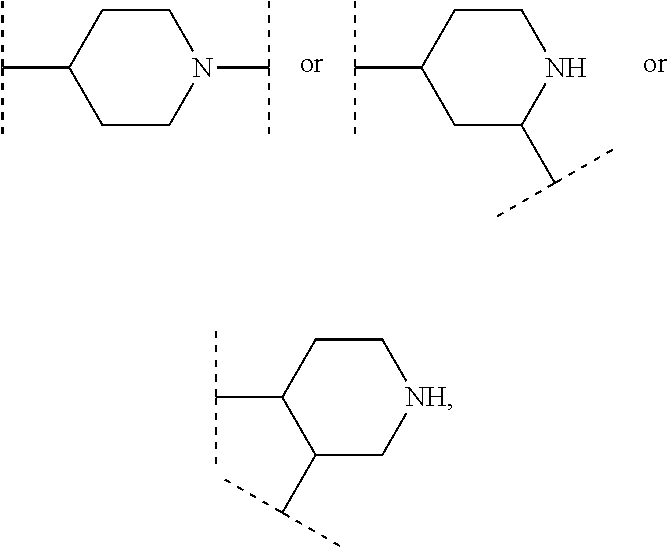
C00019

C00020

C00021

C00022

C00023

C00024

C00025

C00026

C00027

C00028
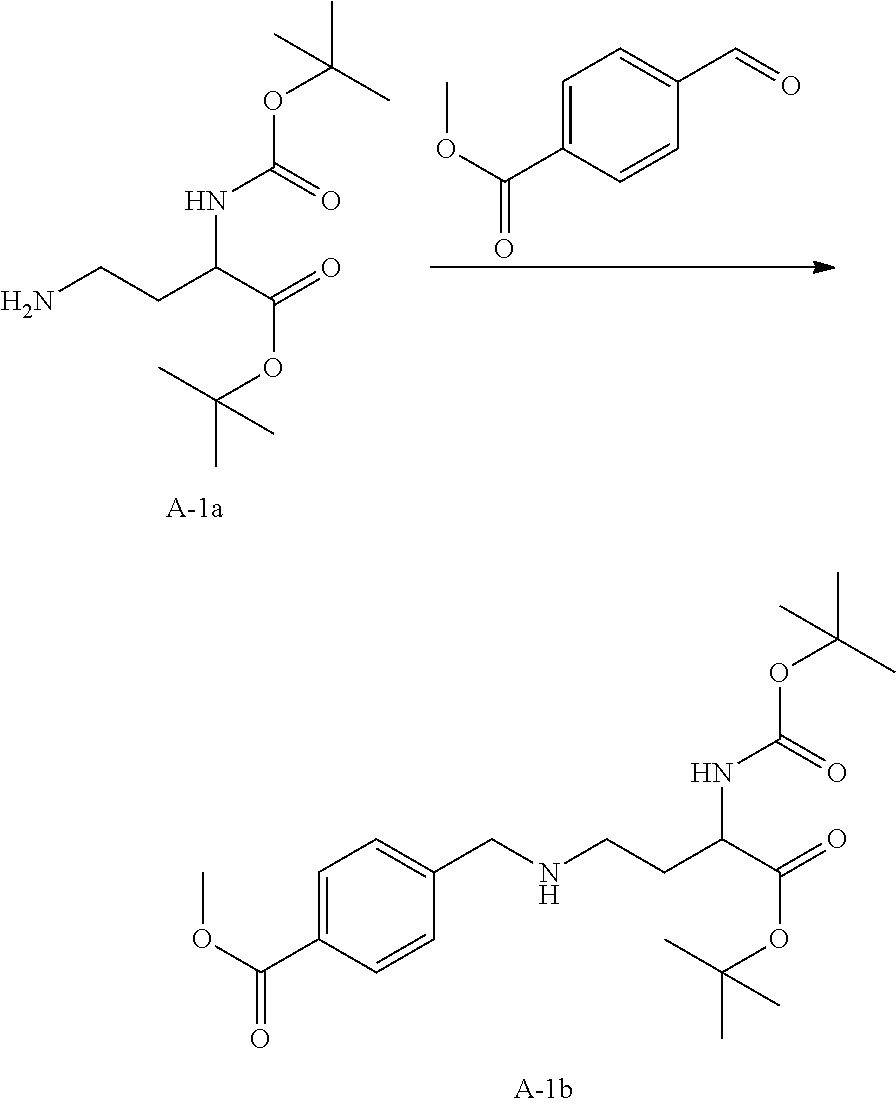
C00029

C00030

C00031

C00032
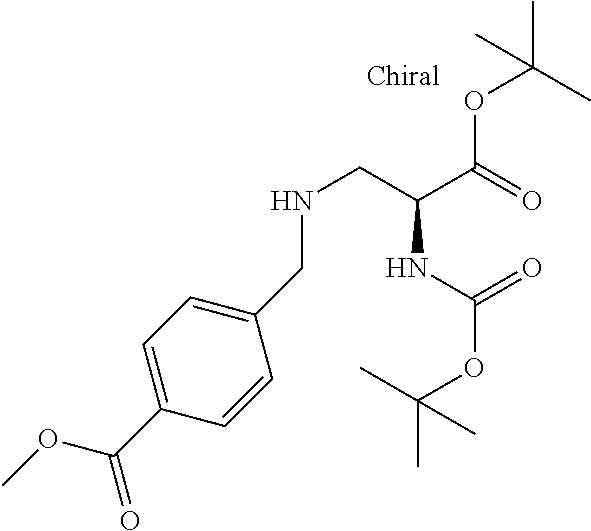
C00033

C00034

C00035

C00036

C00037
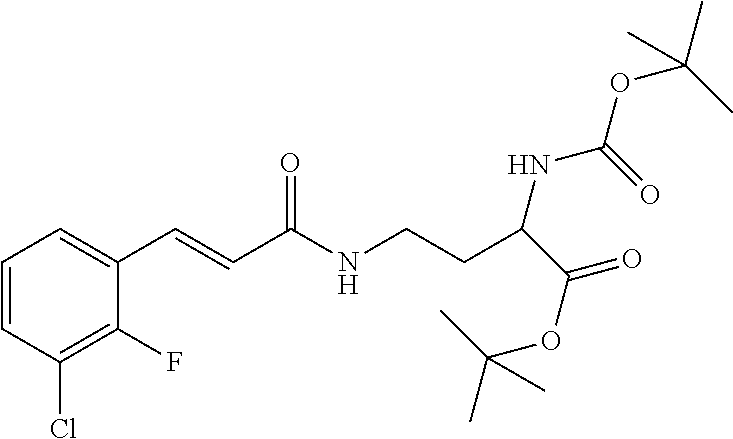
C00038

C00039

C00040

C00041

C00042
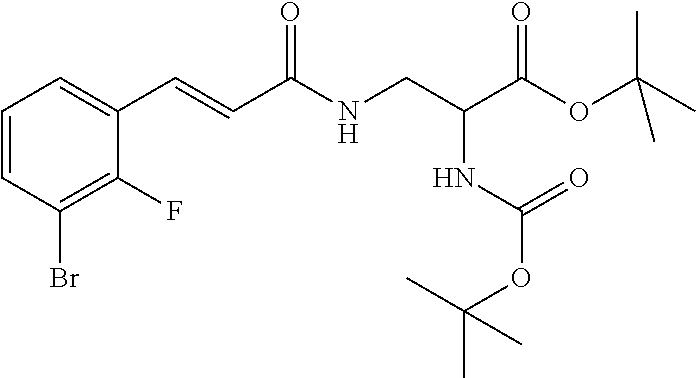
C00043

C00044

C00045

C00046
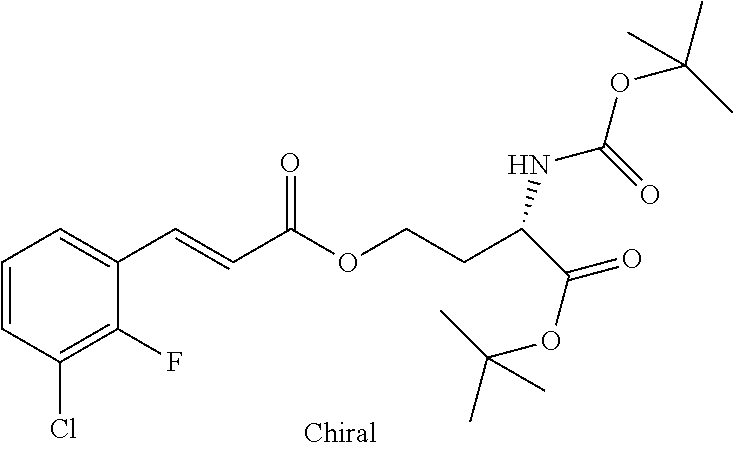
C00047

C00048

C00049

C00050
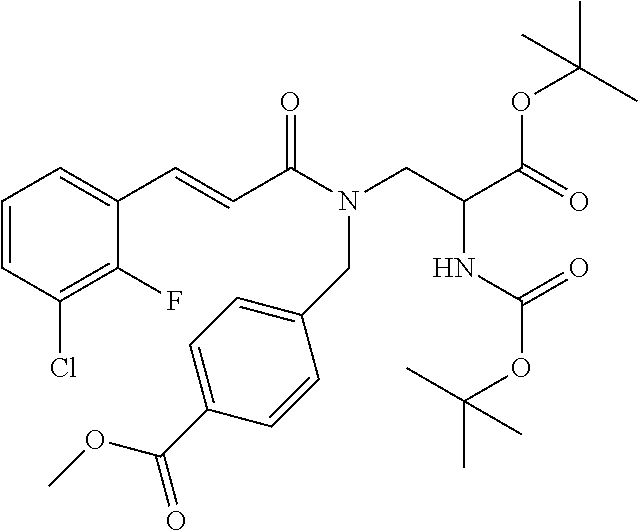
C00051

C00052
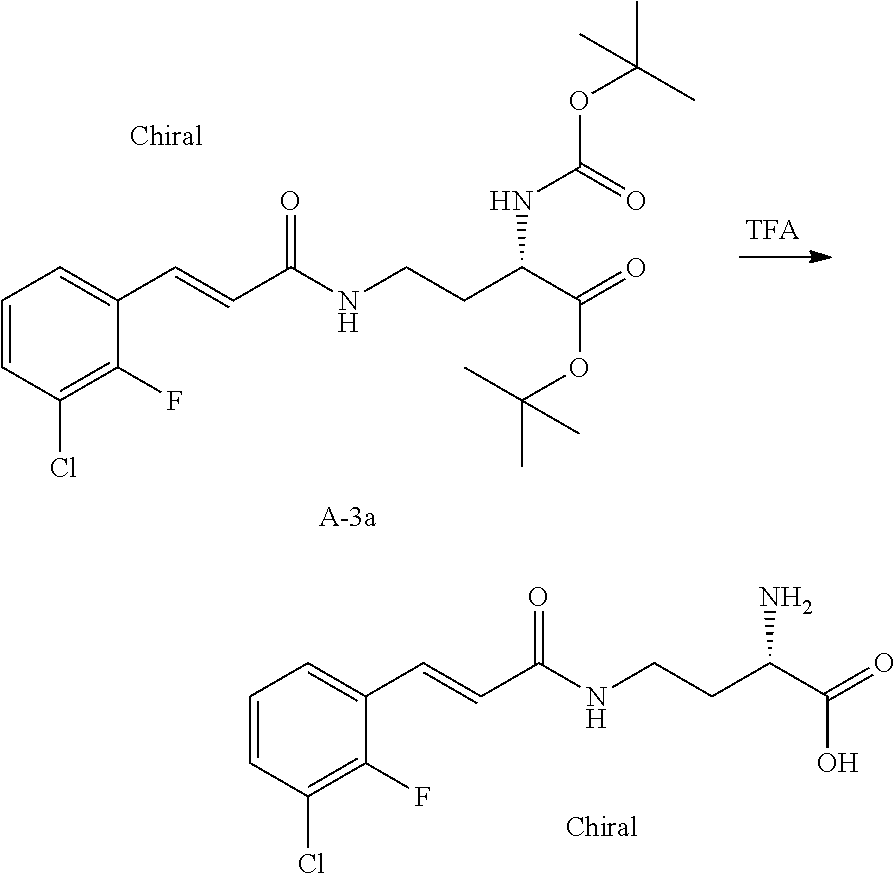
C00053

C00054
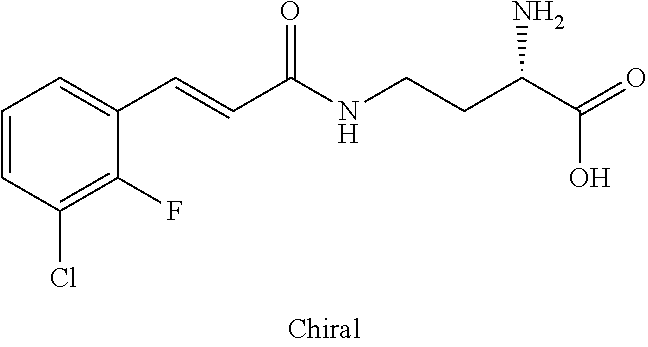
C00055

C00056
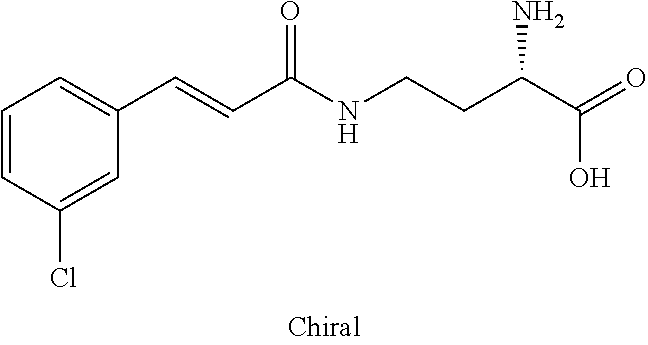
C00057

C00058

C00059

C00060

C00061

C00062
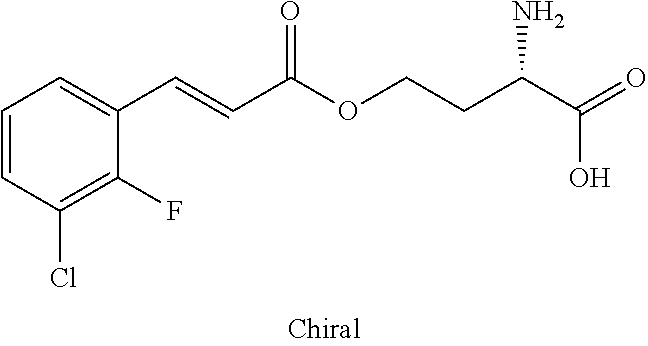
C00063

C00064

C00065

C00066

C00067

C00068

C00069

C00070

C00071

C00072
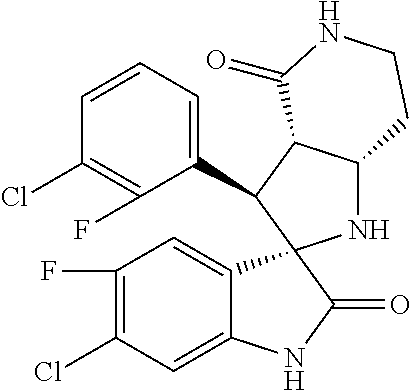
C00073

C00074

C00075
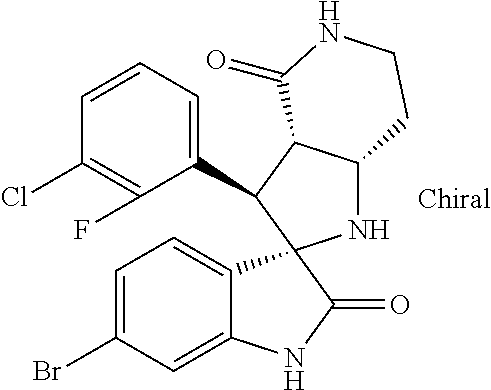
C00076

C00077

C00078
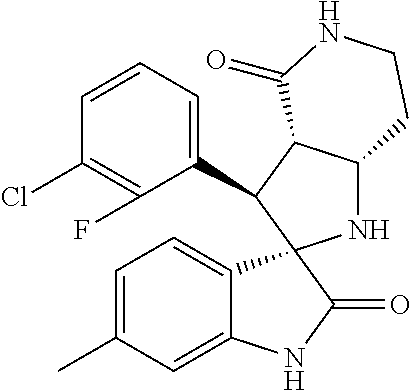
C00079

C00080

C00081

C00082

C00083

C00084

C00085

C00086

C00087

C00088
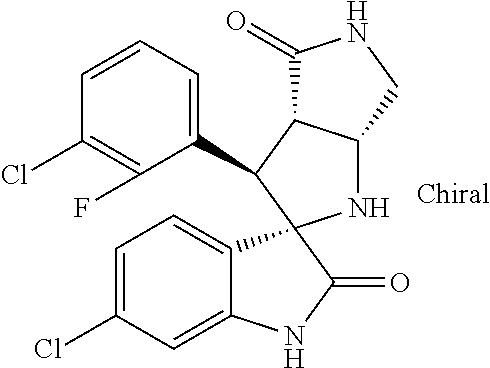
C00089

C00090
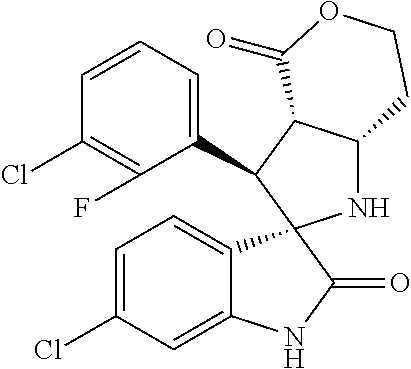
C00091

C00092
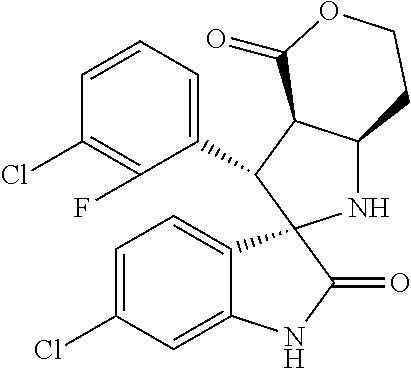
C00093

C00094

C00095

C00096

C00097

C00098

C00099

C00100

C00101

C00102

C00103

C00104

C00105

C00106

C00107

C00108

C00109

C00110
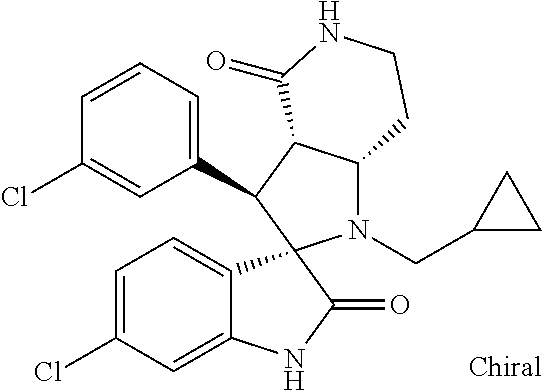
C00111

C00112

C00113

C00114

C00115

C00116
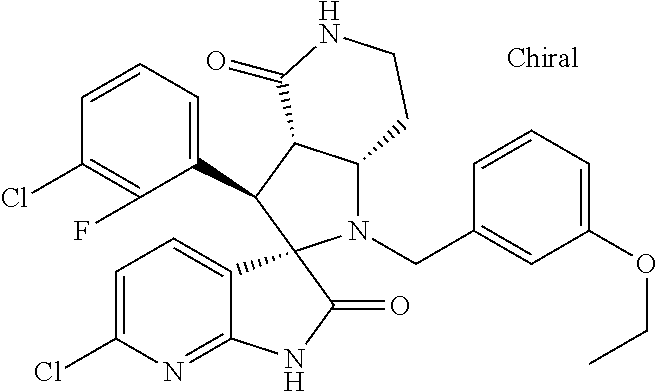
C00117
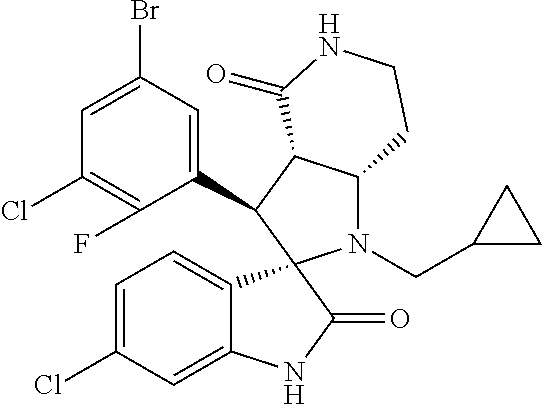
C00118

C00119

C00120

C00121

C00122

C00123

C00124

C00125

C00126

C00127

C00128
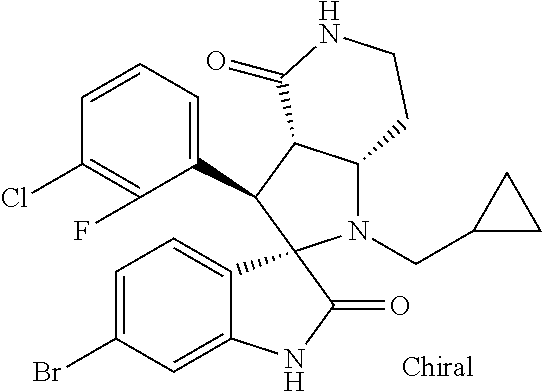
C00129

C00130

C00131

C00132

C00133

C00134

C00135
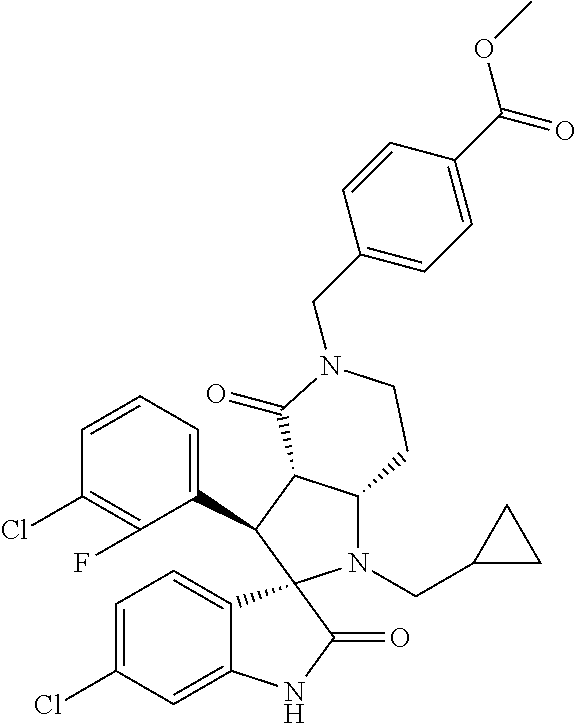
C00136

C00137

C00138

C00139

C00140

C00141

C00142

C00143

C00144
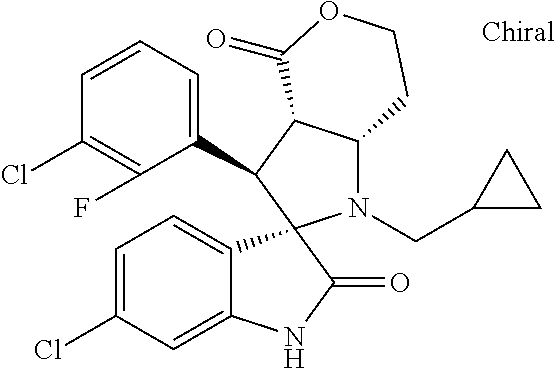
C00145

C00146

C00147
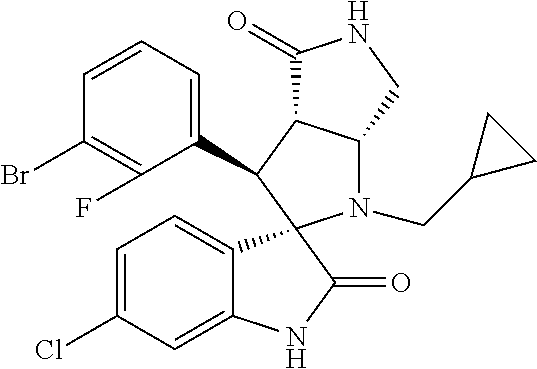
C00148

C00149

C00150

C00151
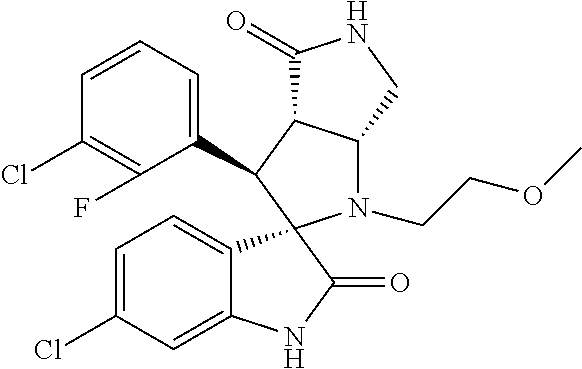
C00152

C00153

C00154

C00155

C00156
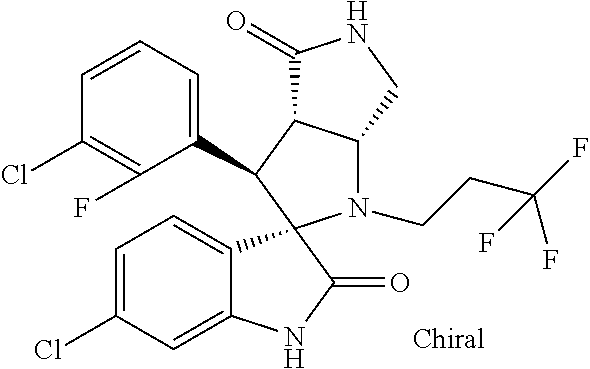
C00157

C00158

C00159
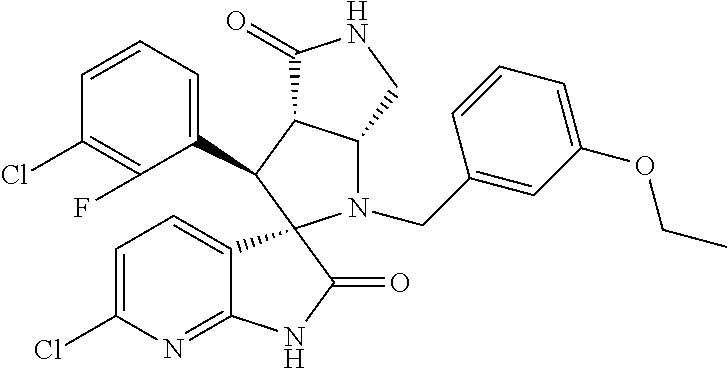
C00160

C00161

C00162

C00163

C00164
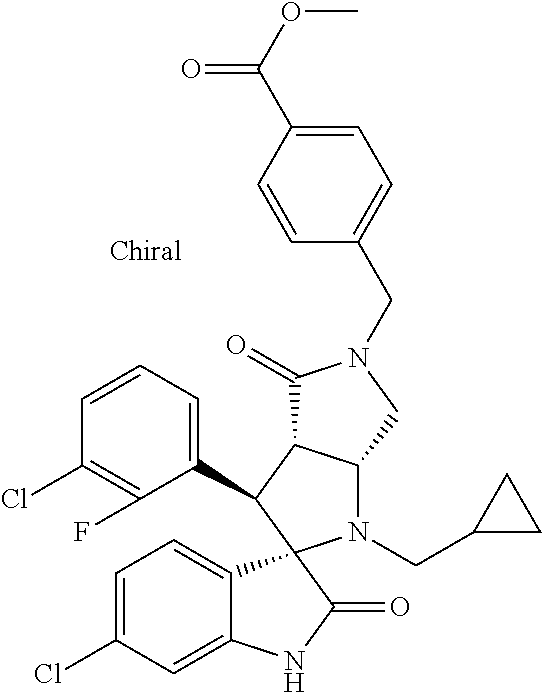
C00165

C00166

C00167

C00168

C00169

C00170

C00171
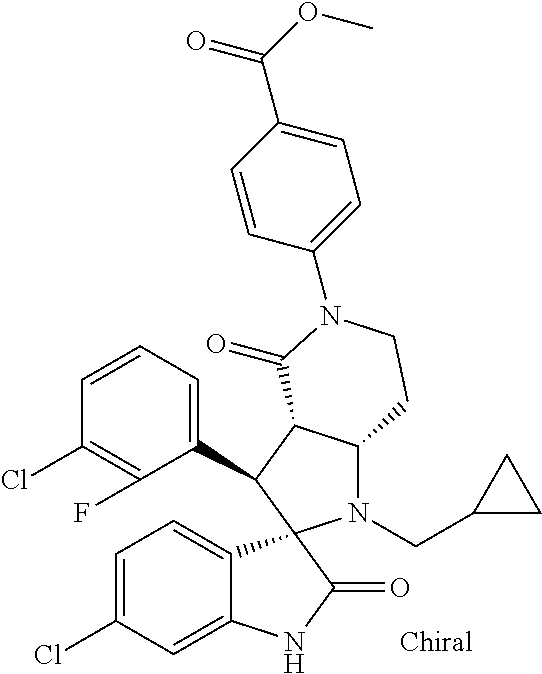
C00172

C00173

C00174

C00175
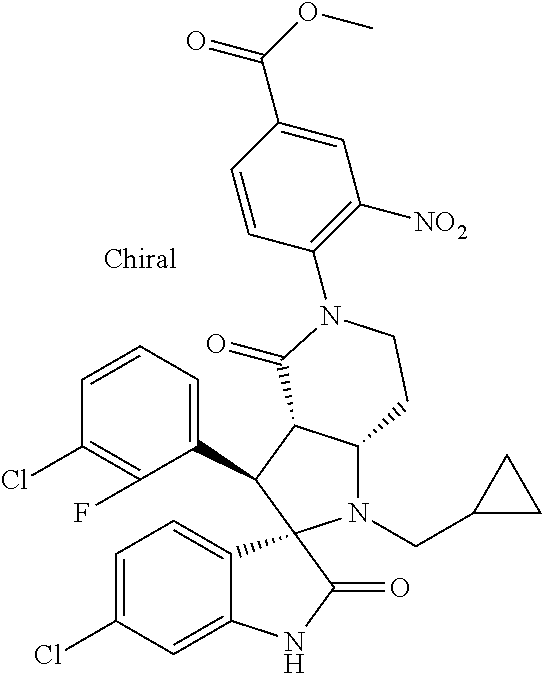
C00176

C00177

C00178

C00179

C00180

C00181
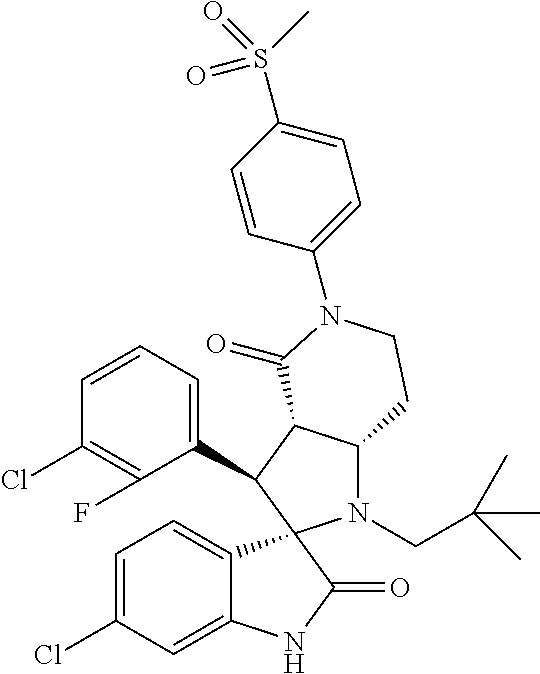
C00182

C00183

C00184

C00185

C00186
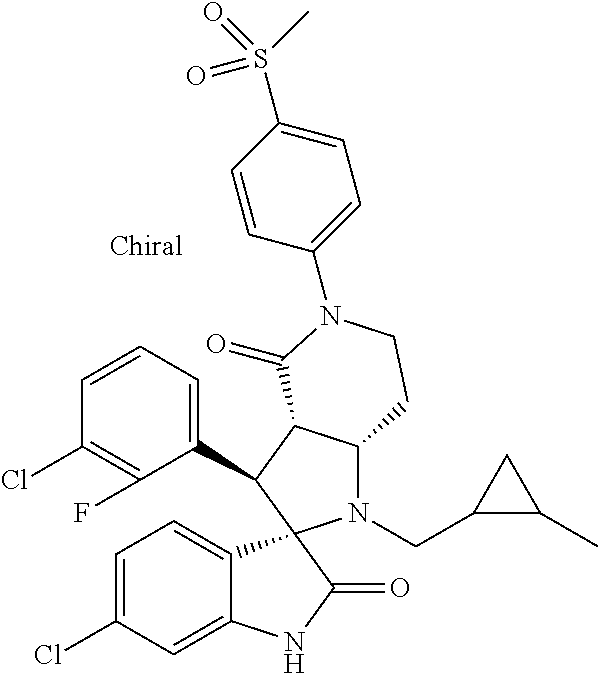
C00187
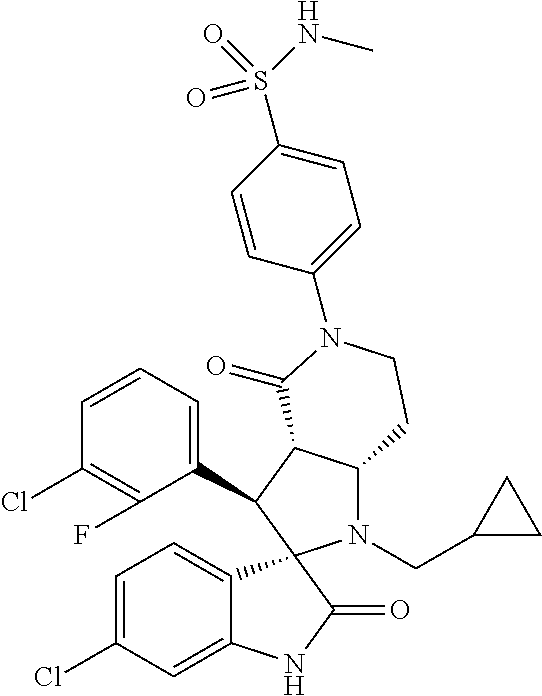
C00188

C00189

C00190
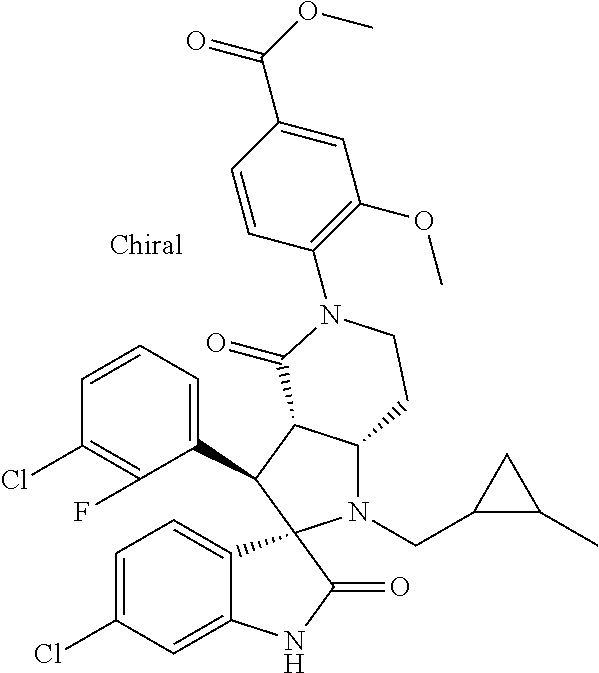
C00191

C00192

C00193
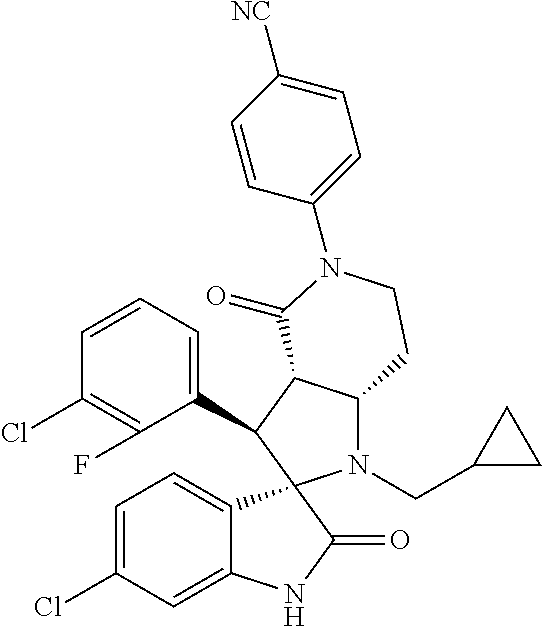
C00194

C00195

C00196

C00197

C00198

C00199

C00200

C00201

C00202

C00203
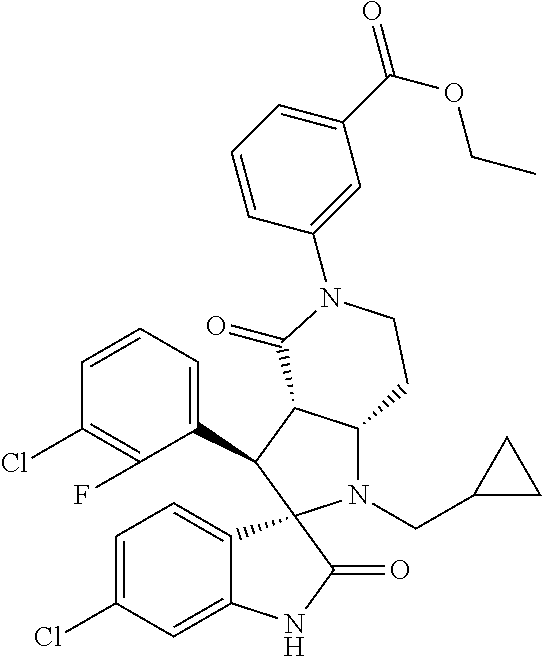
C00204

C00205

C00206
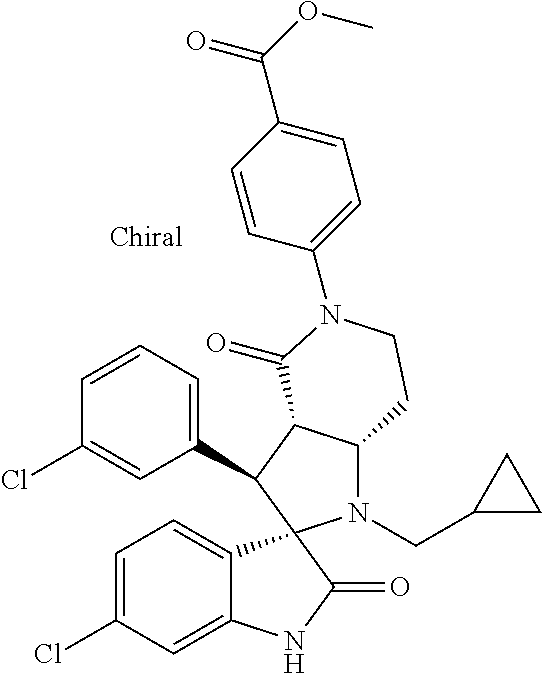
C00207

C00208

C00209

C00210

C00211

C00212

C00213

C00214

C00215

C00216

C00217

C00218

C00219

C00220

C00221

C00222

C00223
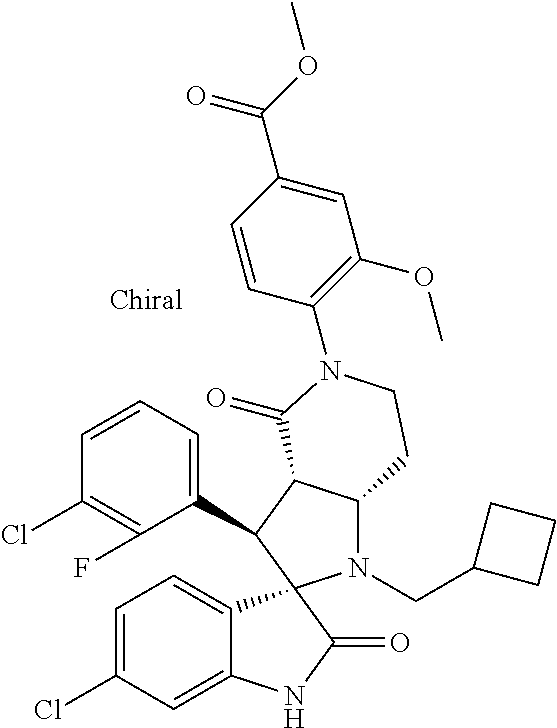
C00224

C00225

C00226

C00227
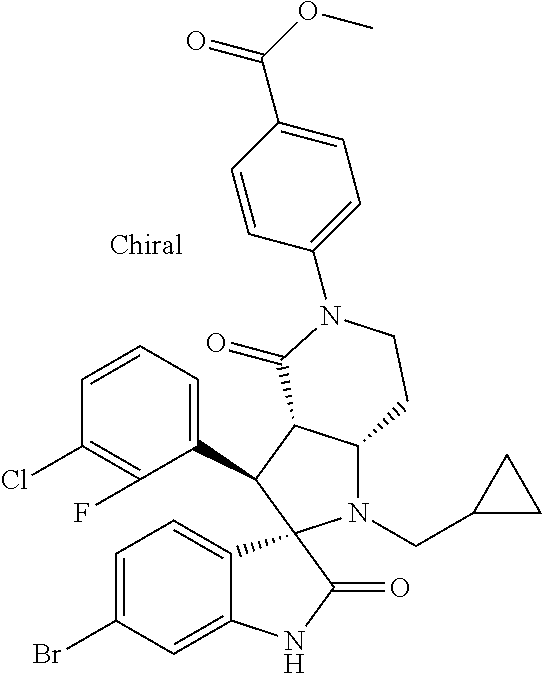
C00228

C00229

C00230

C00231

C00232
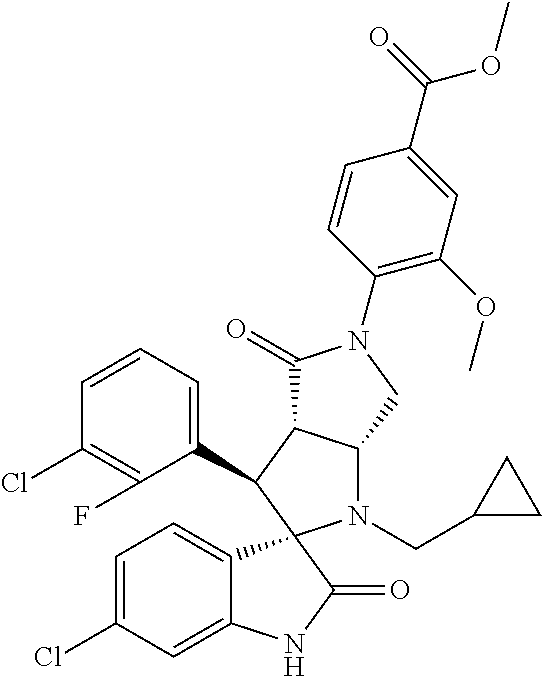
C00233

C00234

C00235

C00236

C00237

C00238

C00239

C00240

C00241
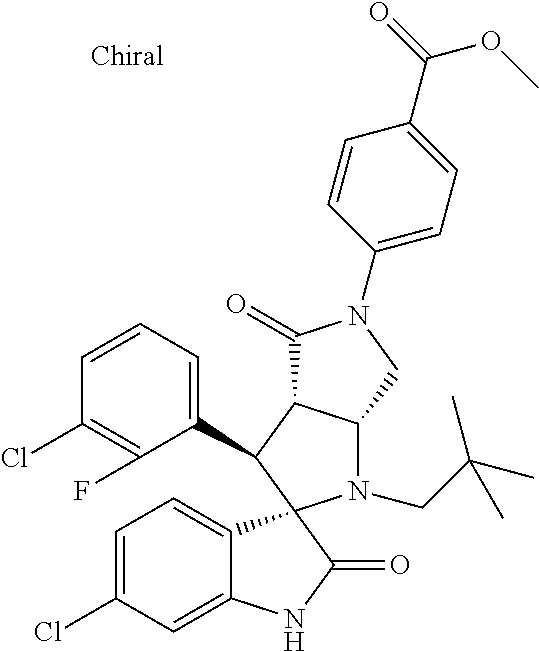
C00242

C00243

C00244

C00245

C00246

C00247

C00248
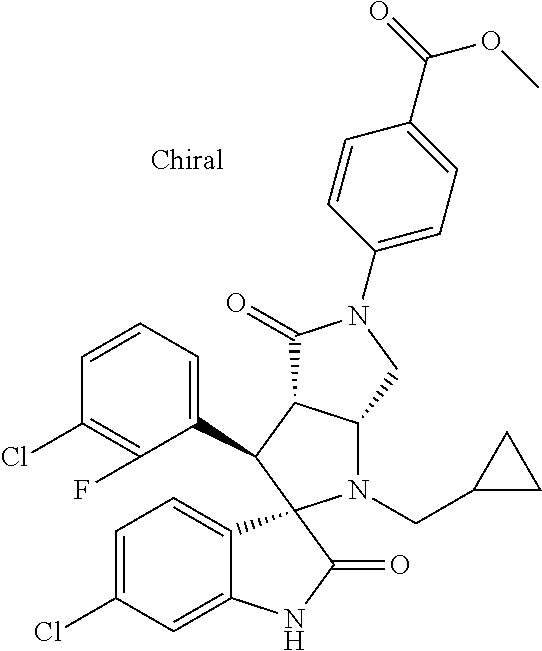
C00249
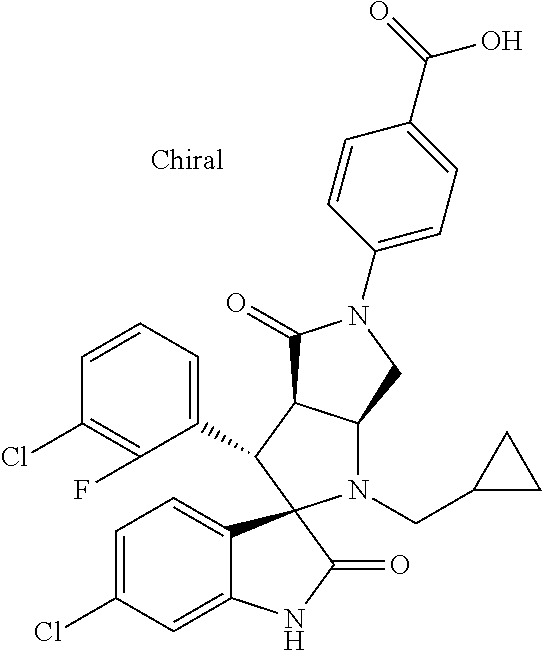
C00250

C00251

C00252

C00253

C00254

C00255

C00256

C00257

C00258
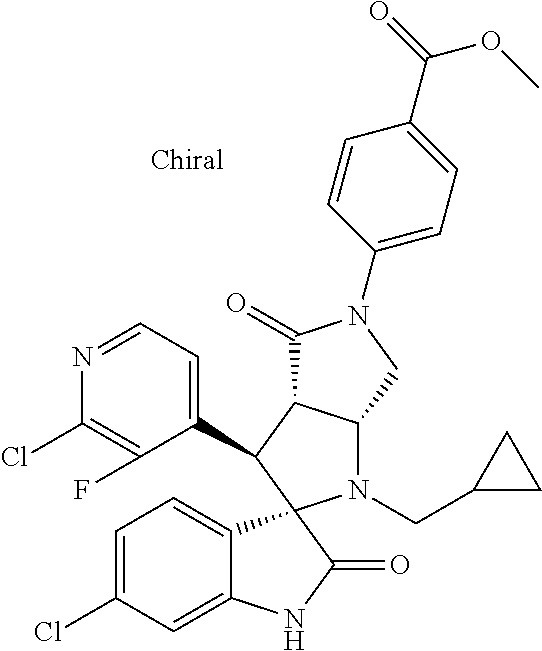
C00259

C00260

C00261

C00262
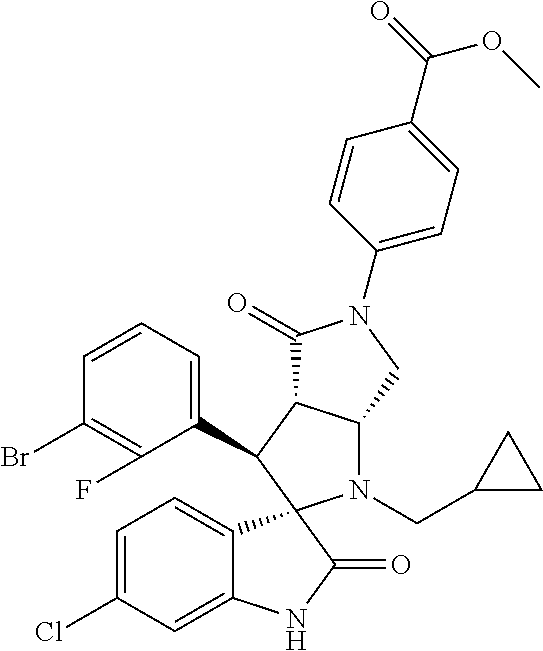
C00263

C00264

C00265

C00266
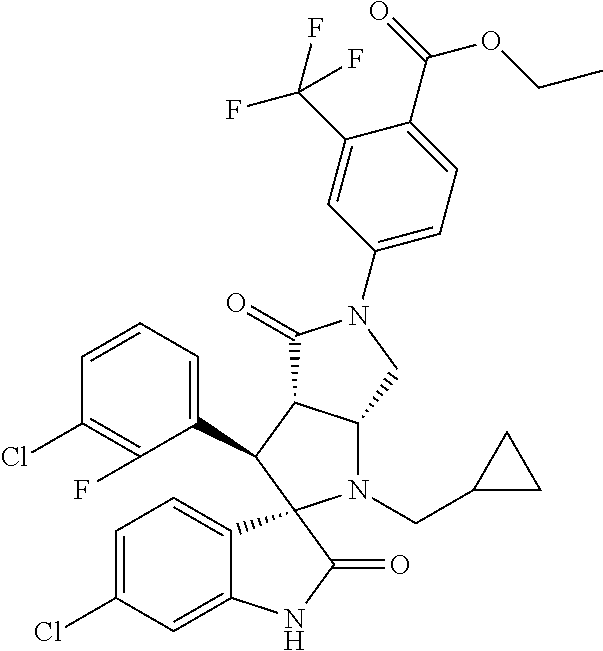
C00267

C00268

C00269

C00270

C00271

C00272

C00273
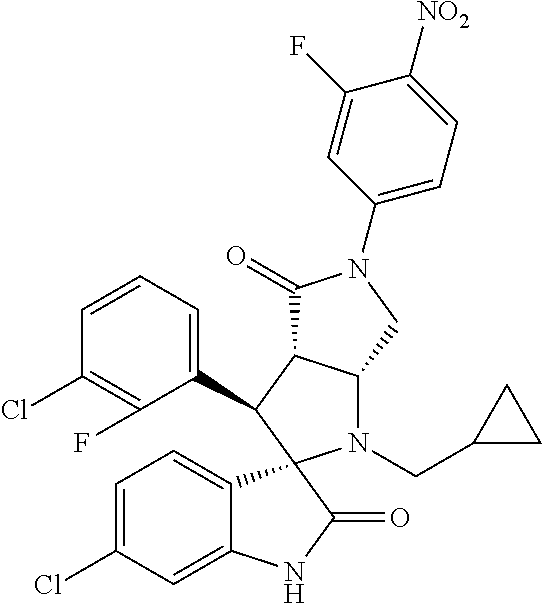
C00274

C00275
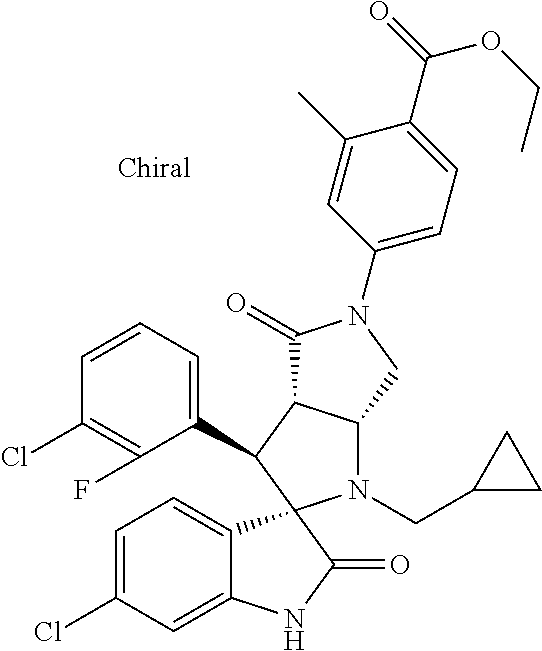
C00276

C00277
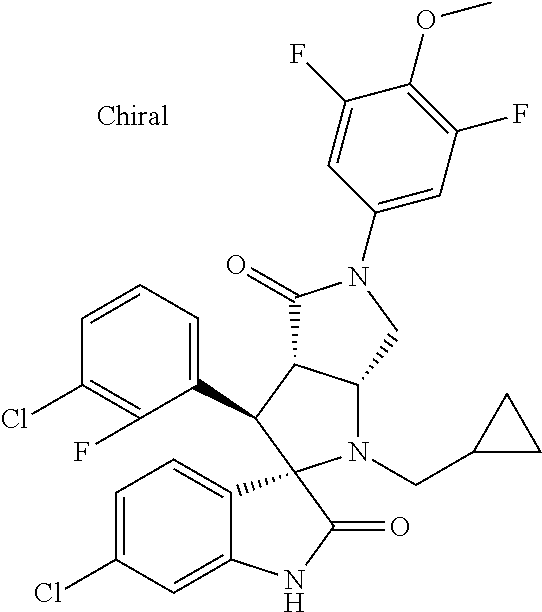
C00278
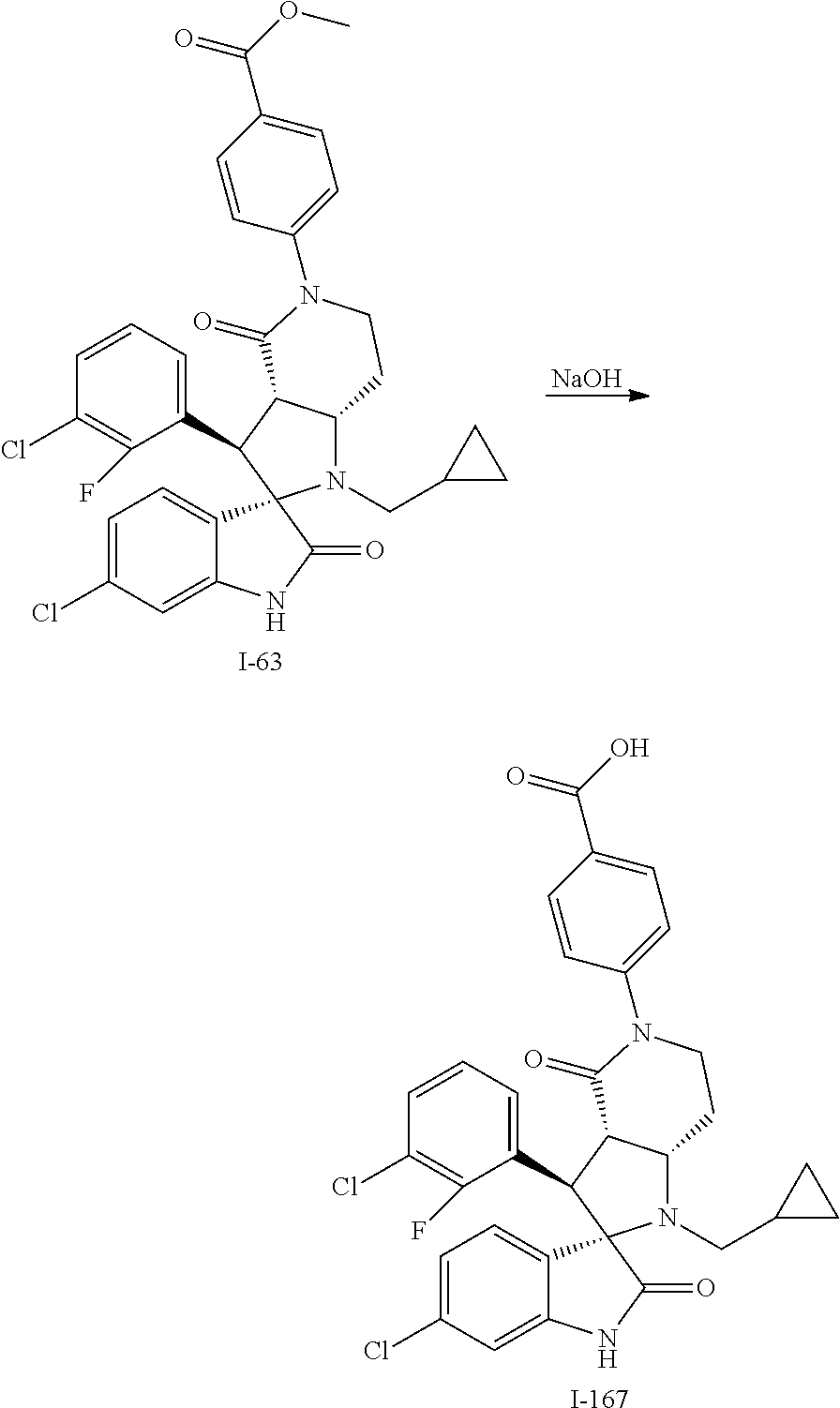
C00279

C00280

C00281

C00282

C00283

C00284

C00285

C00286

C00287

C00288

C00289

C00290

C00291

C00292
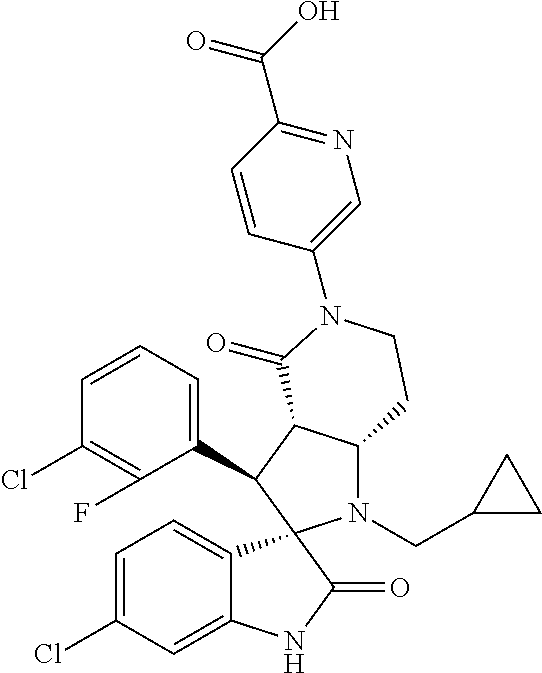
C00293
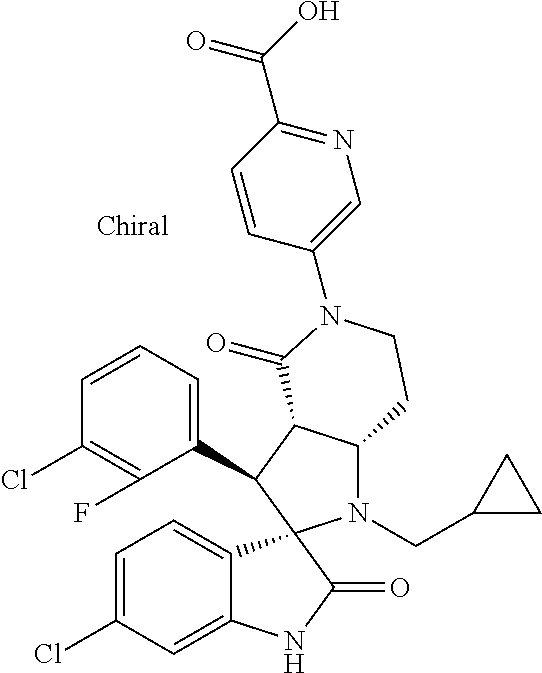
C00294

C00295

C00296

C00297

C00298

C00299

C00300

C00301

C00302

C00303
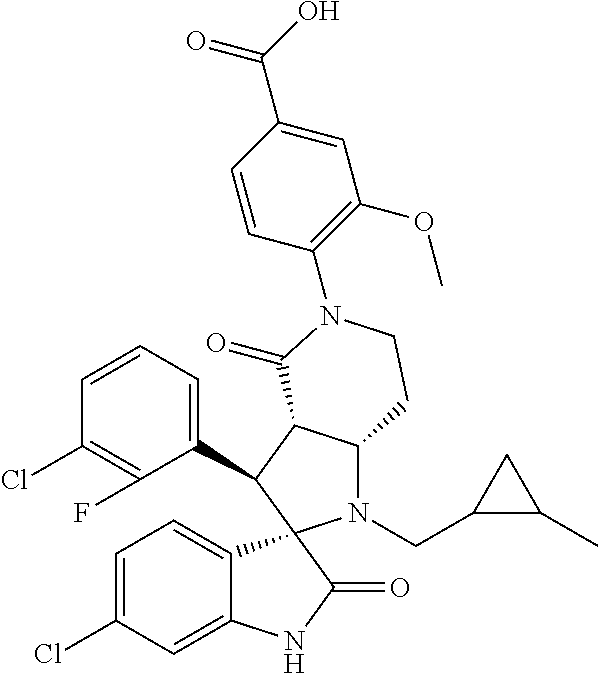
C00304

C00305

C00306

C00307

C00308

C00309

C00310

C00311
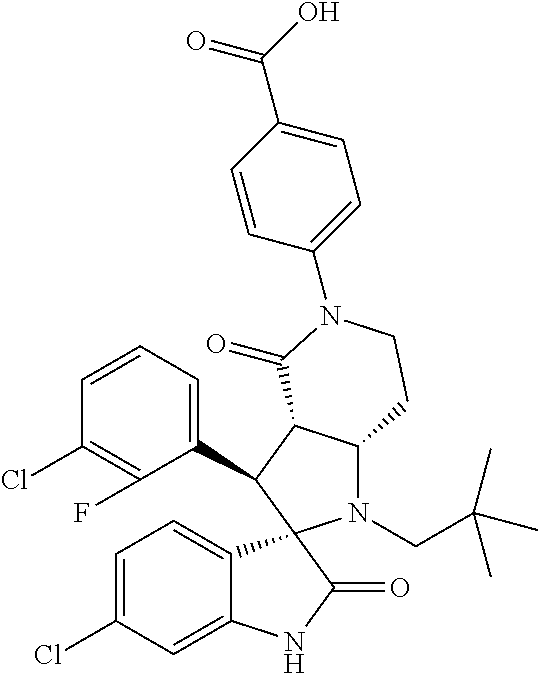
C00312

C00313

C00314
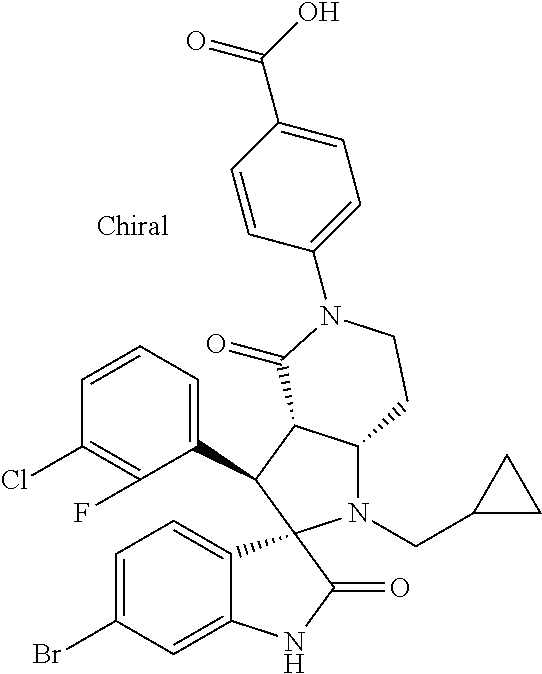
C00315

C00316

C00317
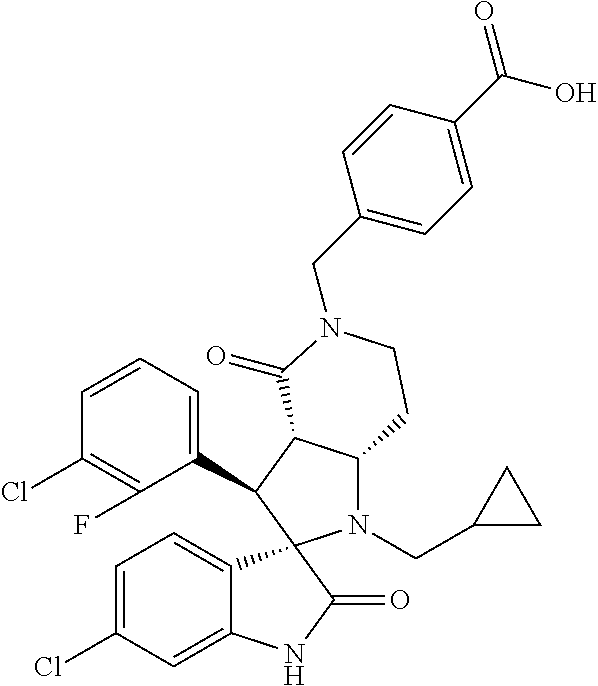
C00318

C00319

C00320

C00321

C00322

C00323
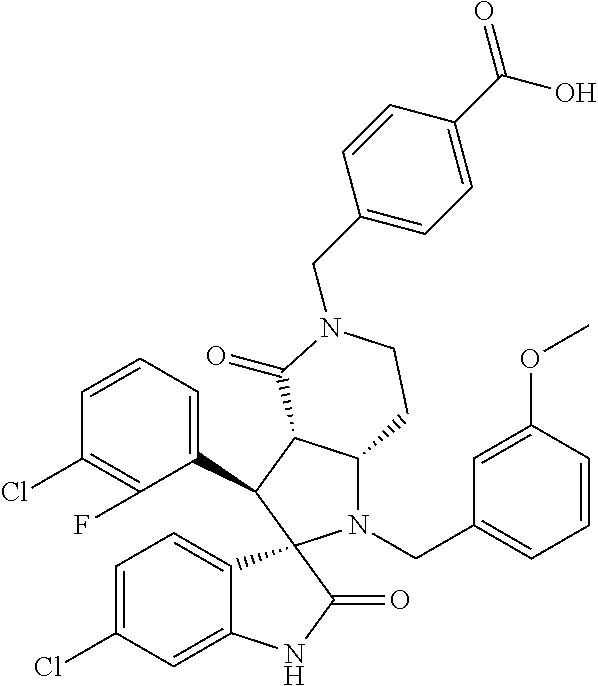
C00324
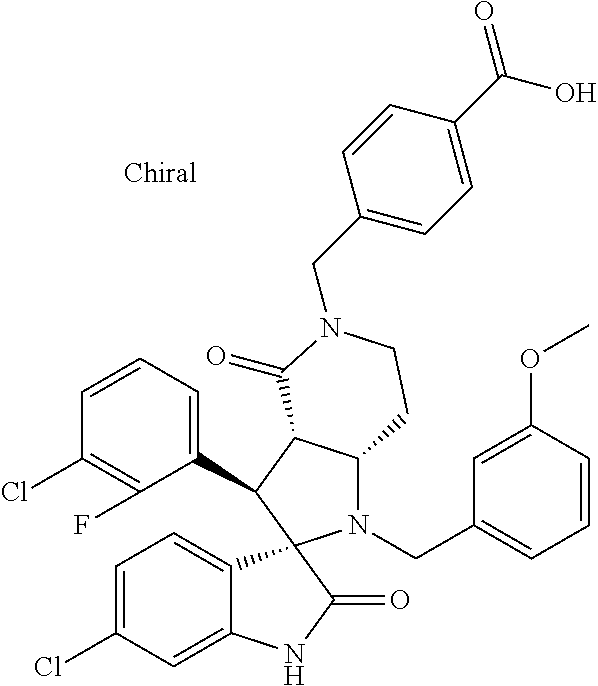
C00325

C00326

C00327

C00328

C00329

C00330

C00331

C00332

C00333

C00334
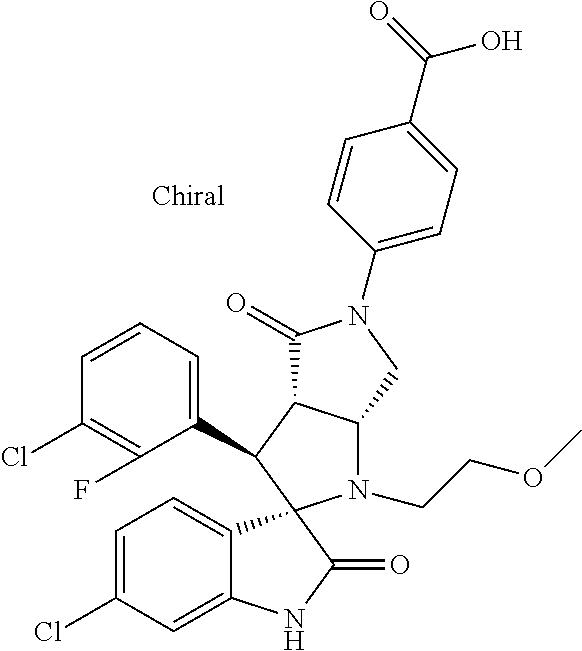
C00335

C00336

C00337

C00338

C00339

C00340

C00341

C00342

C00343

C00344

C00345

C00346
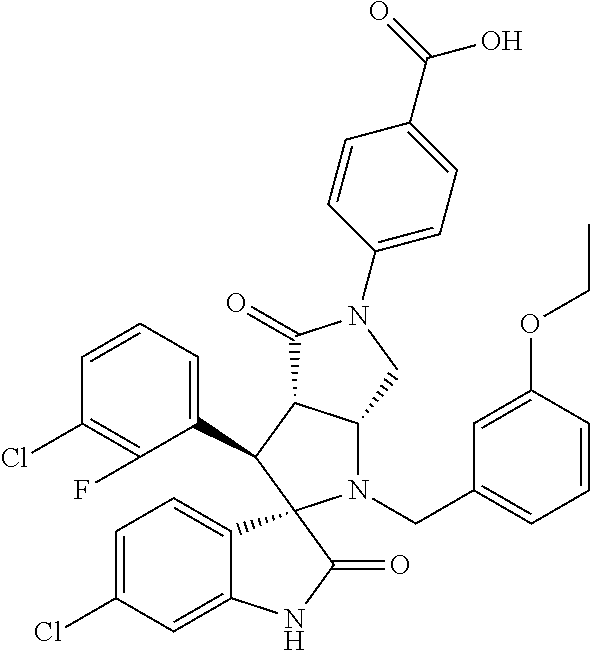
C00347
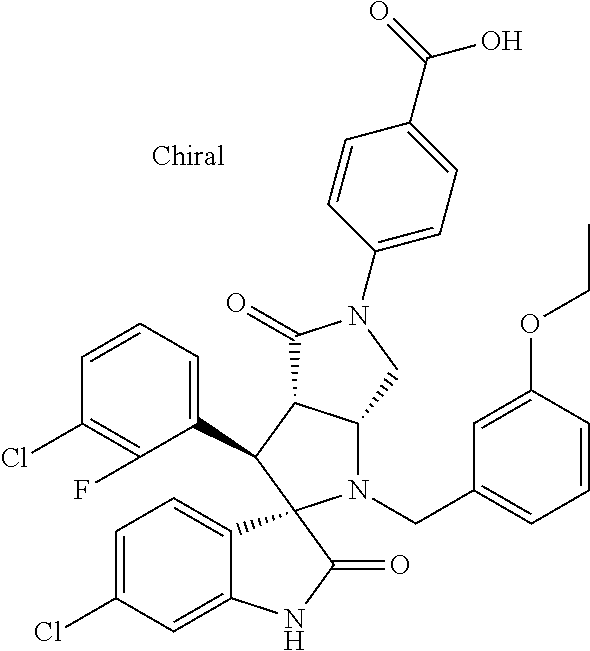
C00348
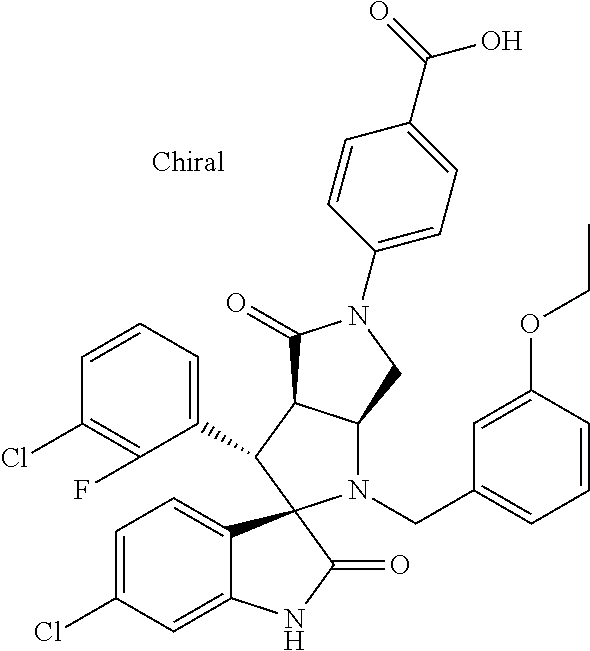
C00349

C00350

C00351

C00352

C00353
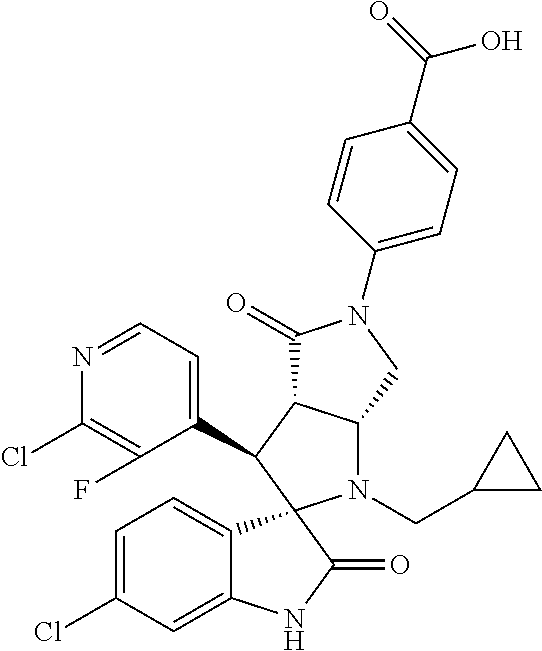
C00354

C00355
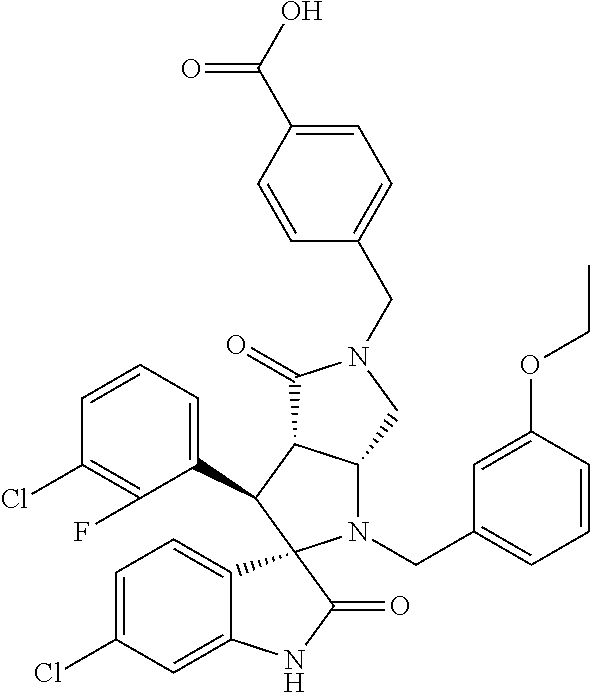
C00356
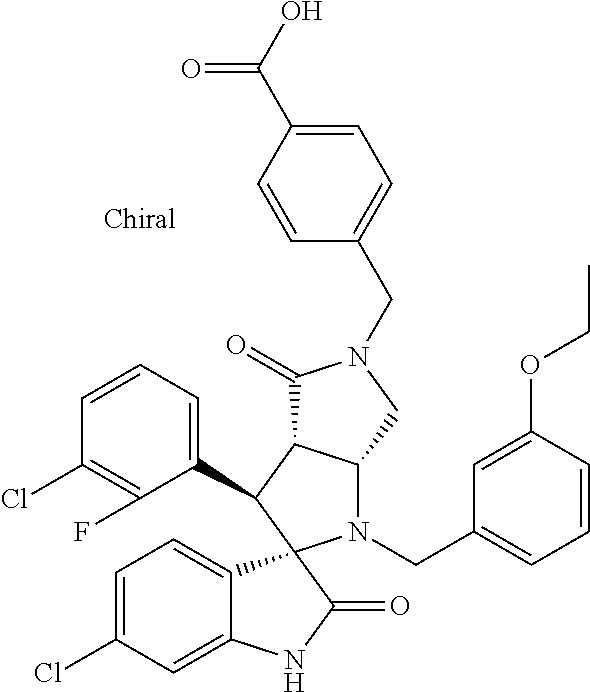
C00357

C00358

C00359

C00360

C00361
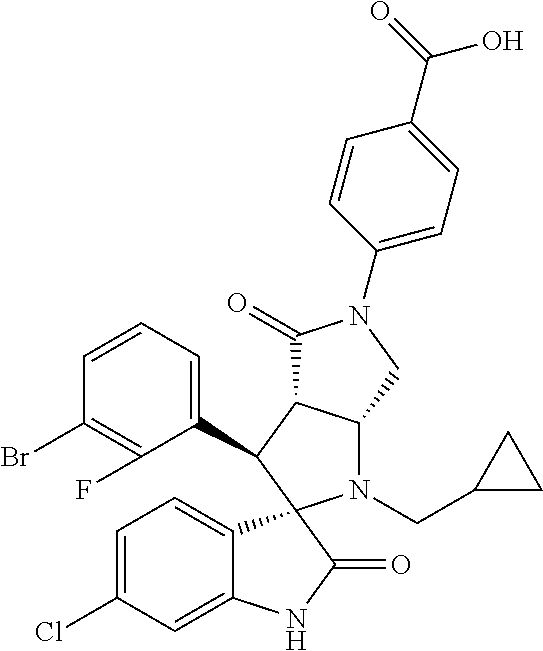
C00362

C00363

C00364

C00365
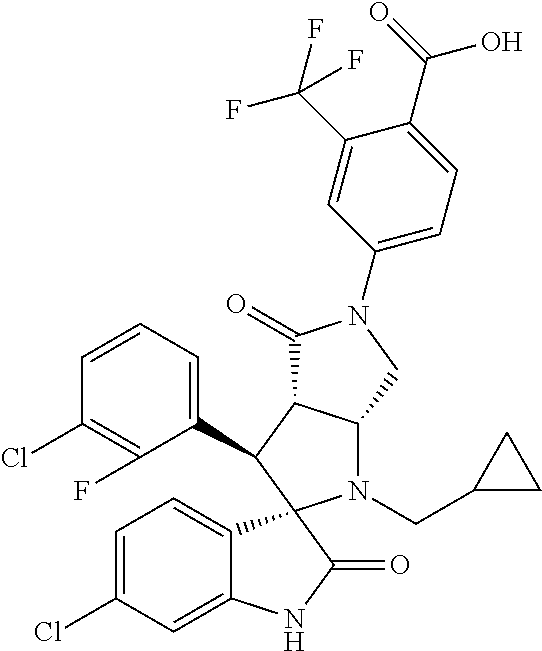
C00366

C00367
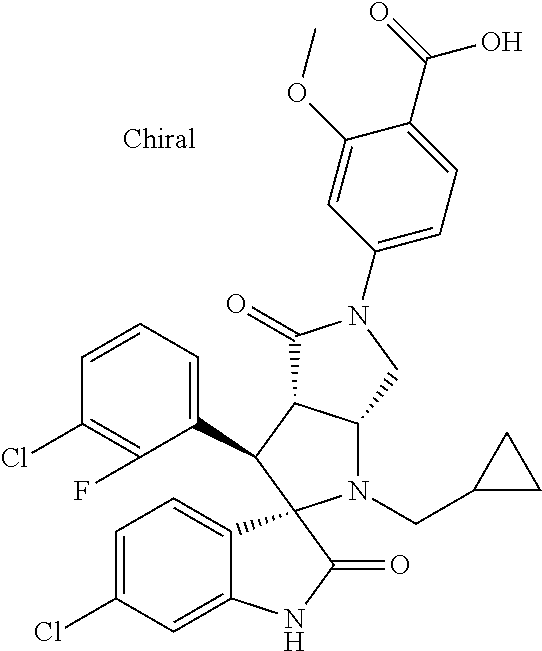
C00368

C00369

C00370
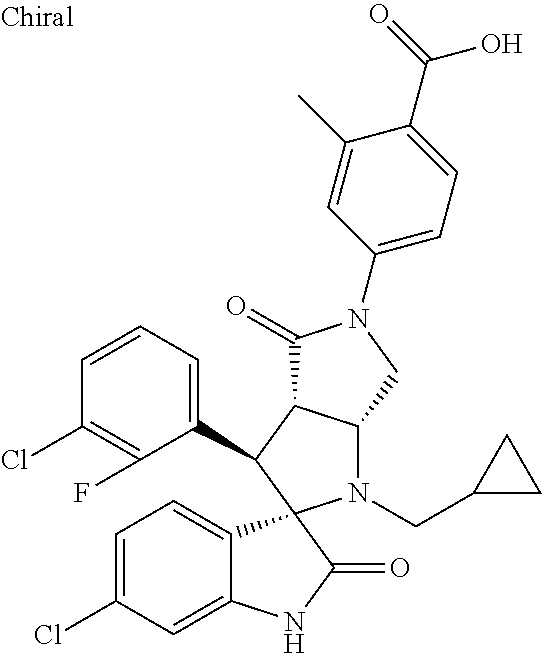
C00371

C00372

C00373

C00374

C00375

C00376

C00377

C00378
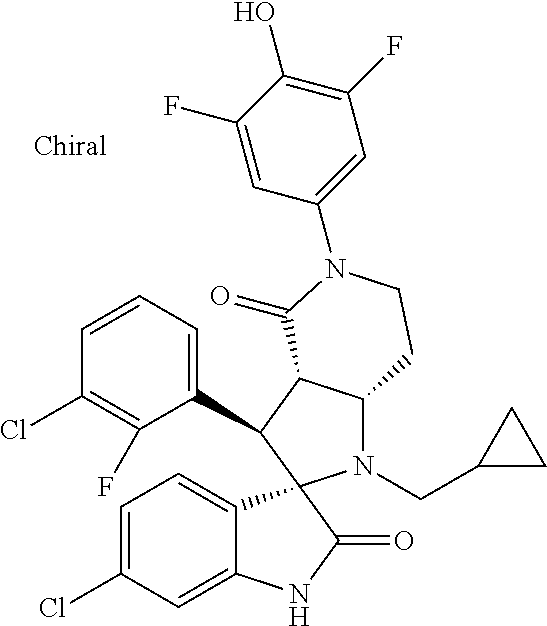
C00379

C00380

C00381

C00382
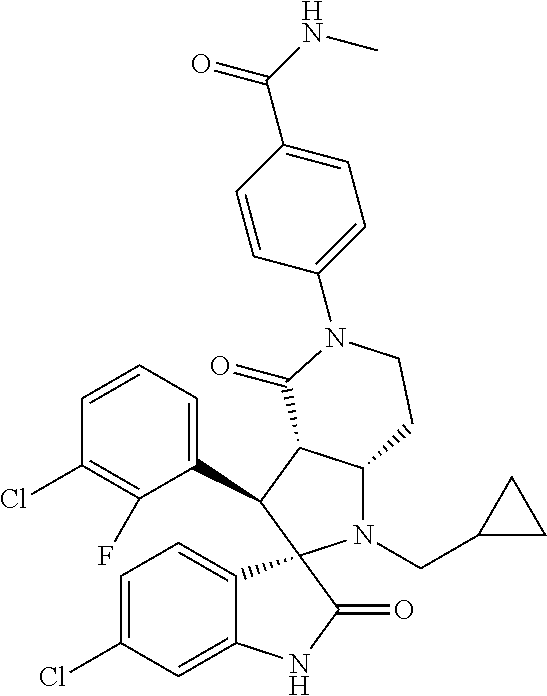
C00383

C00384
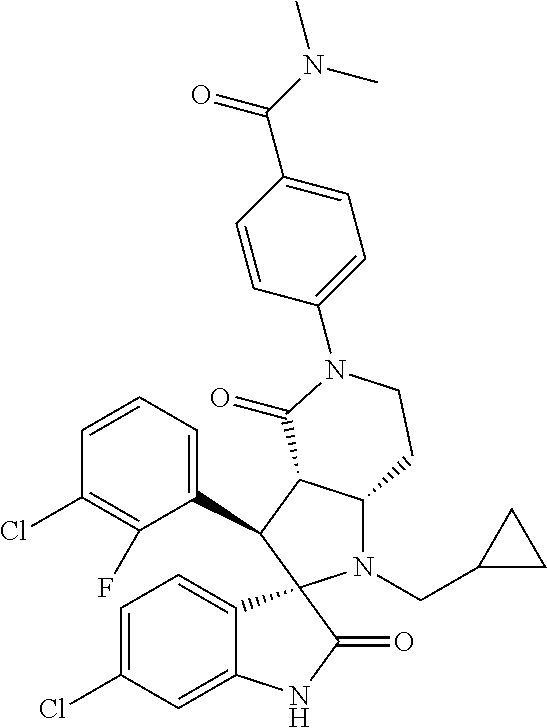
C00385

C00386
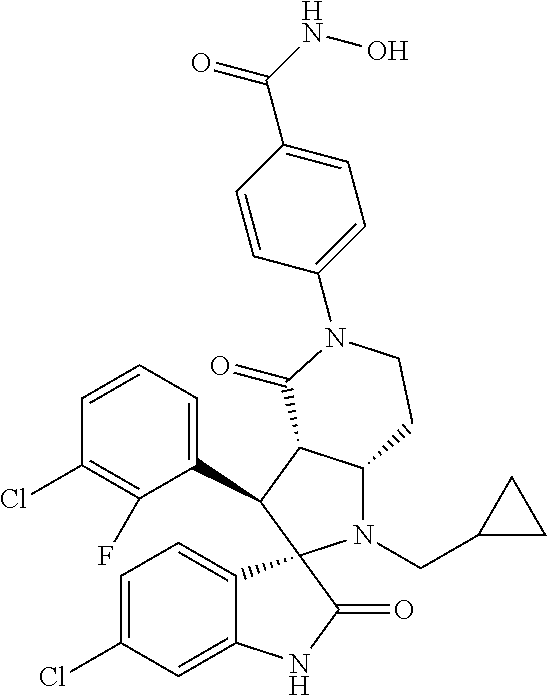
C00387

C00388

C00389

C00390
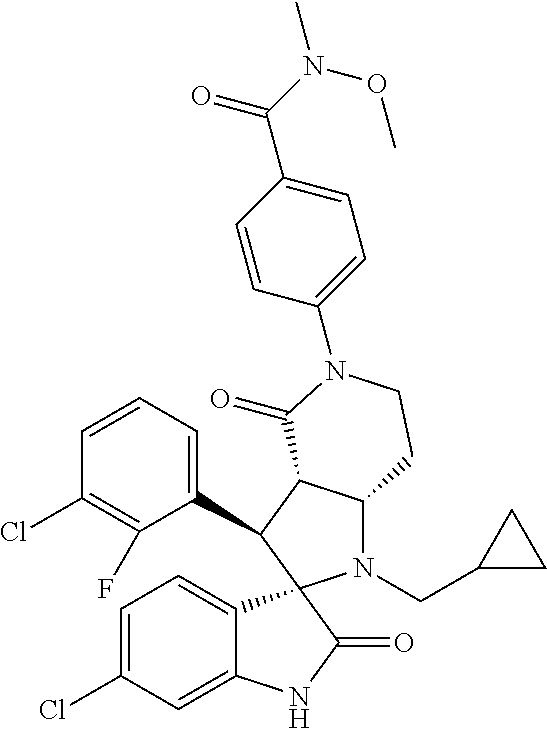
C00391

C00392

C00393
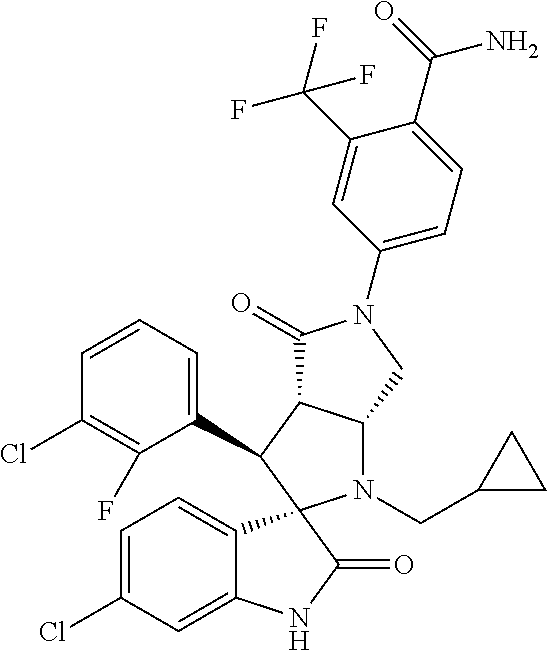
C00394
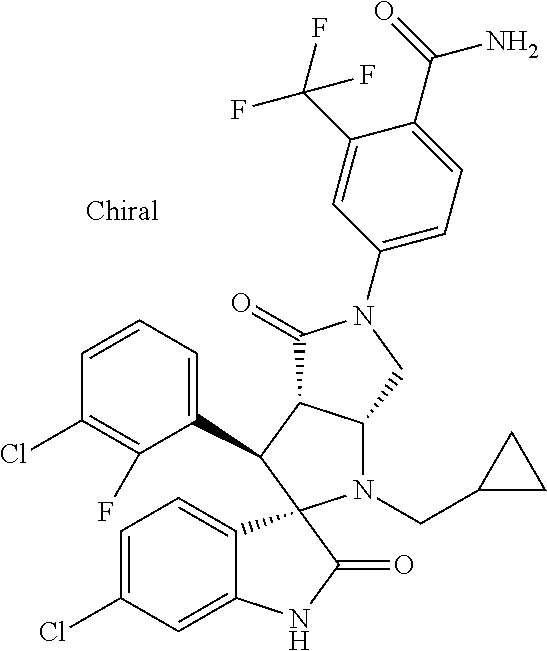
C00395

C00396

C00397
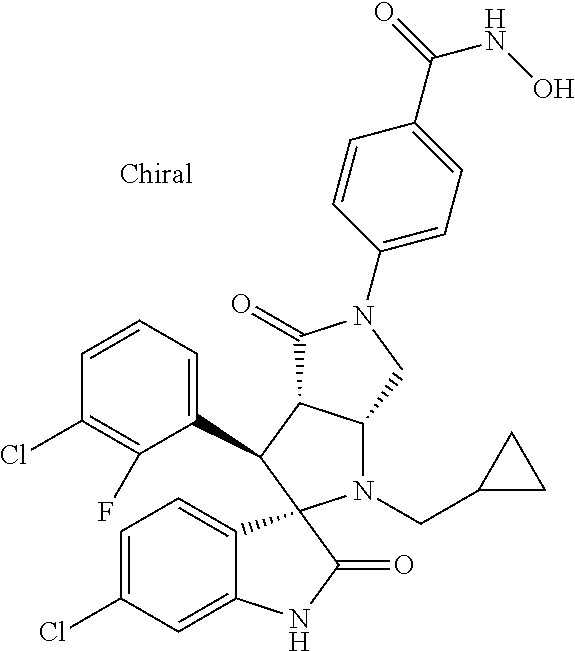
C00398

C00399

C00400
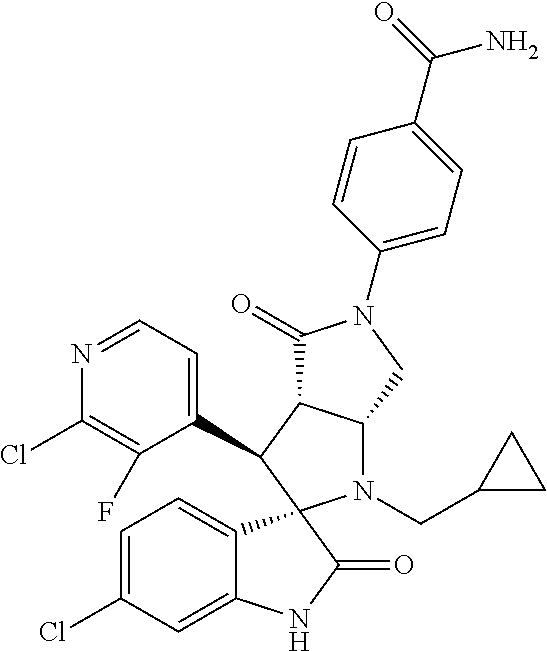
C00401

C00402

C00403

C00404

C00405
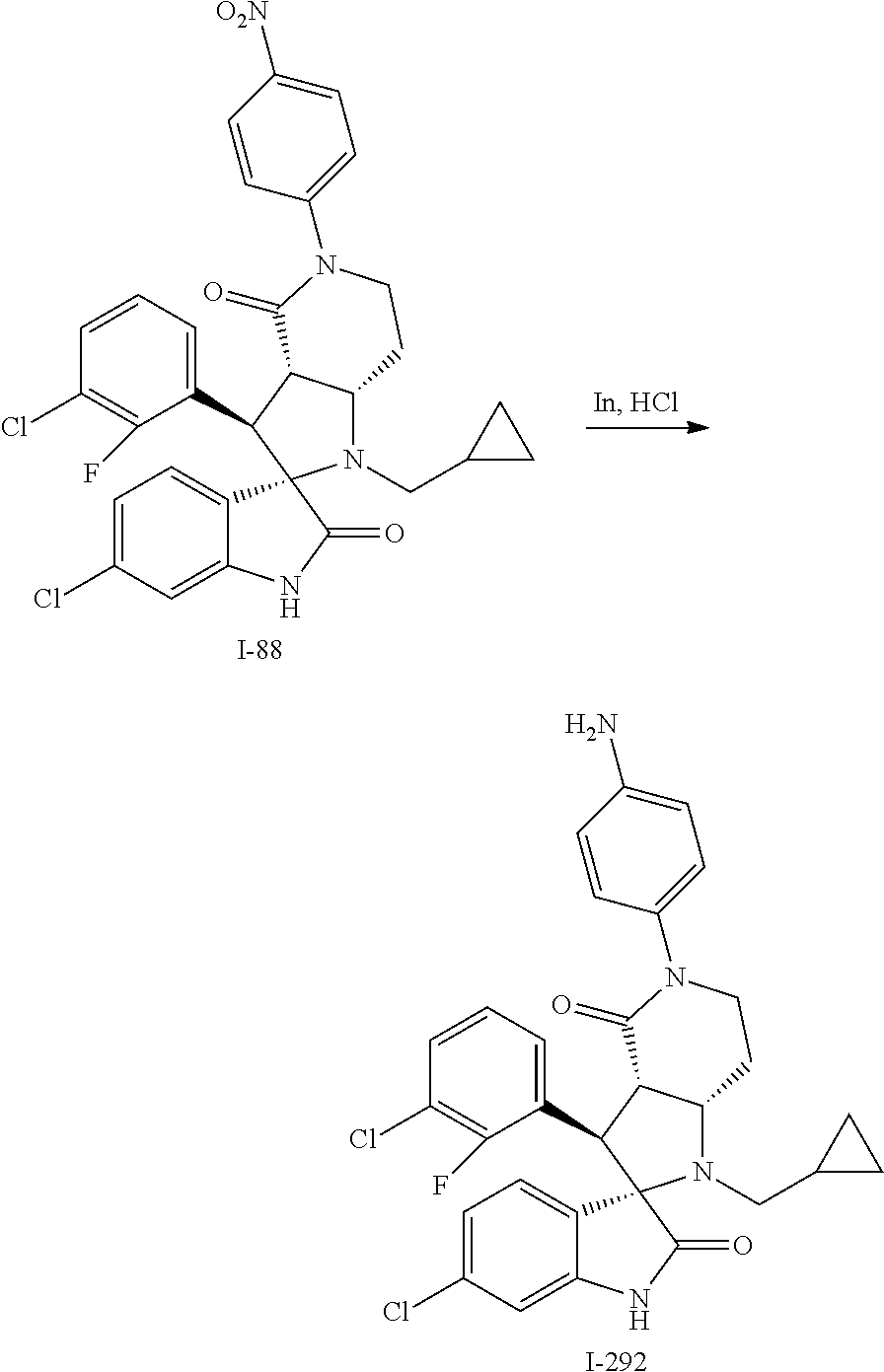
C00406

C00407

C00408

C00409

C00410

C00411
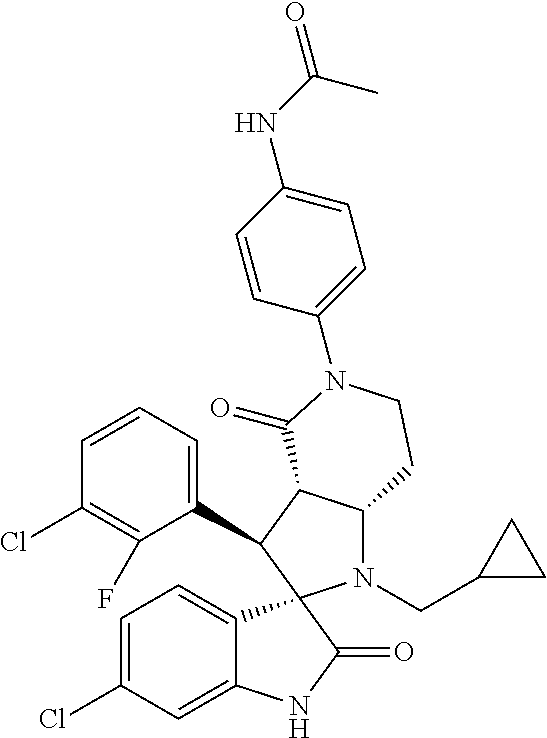
C00412

C00413

C00414

C00415

C00416
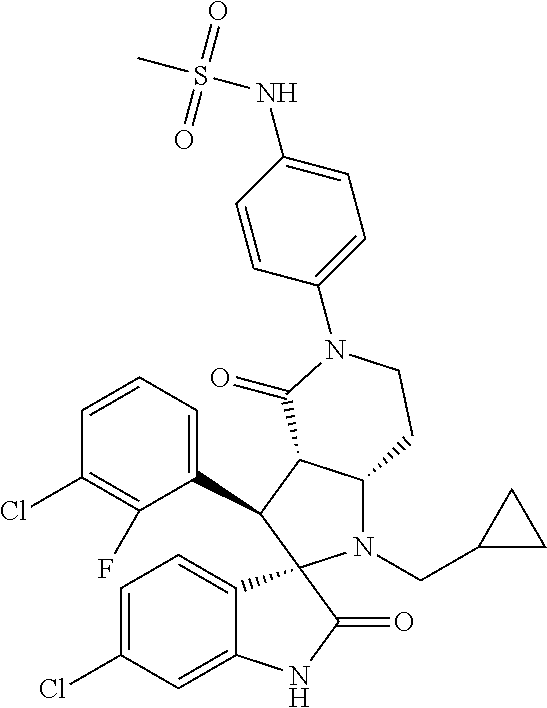
C00417
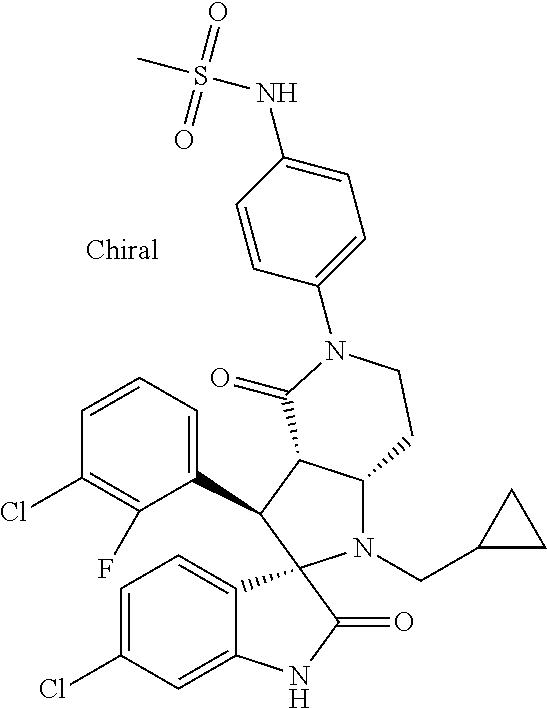
C00418

C00419

C00420
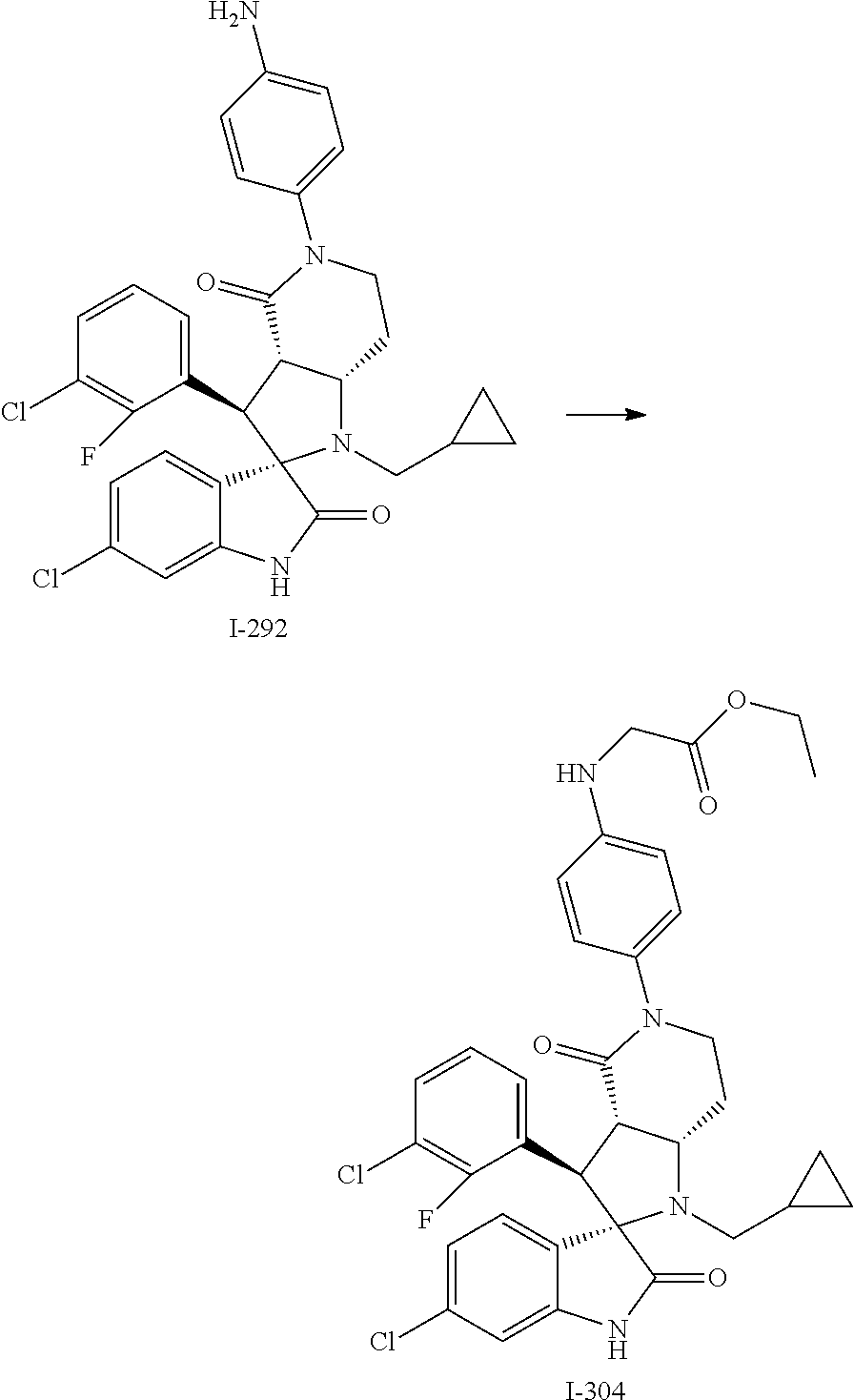
C00421

C00422

C00423

C00424
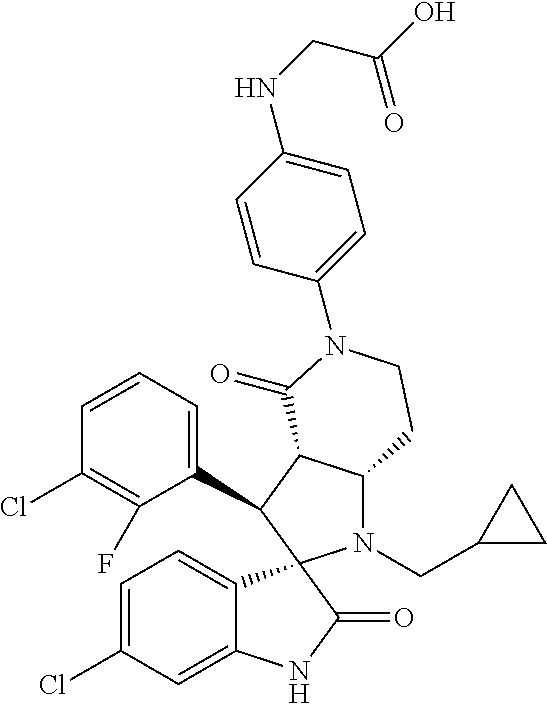
C00425

C00426

C00427

XML
uspto.report is an independent third-party trademark research tool that is not affiliated, endorsed, or sponsored by the United States Patent and Trademark Office (USPTO) or any other governmental organization. The information provided by uspto.report is based on publicly available data at the time of writing and is intended for informational purposes only.
While we strive to provide accurate and up-to-date information, we do not guarantee the accuracy, completeness, reliability, or suitability of the information displayed on this site. The use of this site is at your own risk. Any reliance you place on such information is therefore strictly at your own risk.
All official trademark data, including owner information, should be verified by visiting the official USPTO website at www.uspto.gov. This site is not intended to replace professional legal advice and should not be used as a substitute for consulting with a legal professional who is knowledgeable about trademark law.